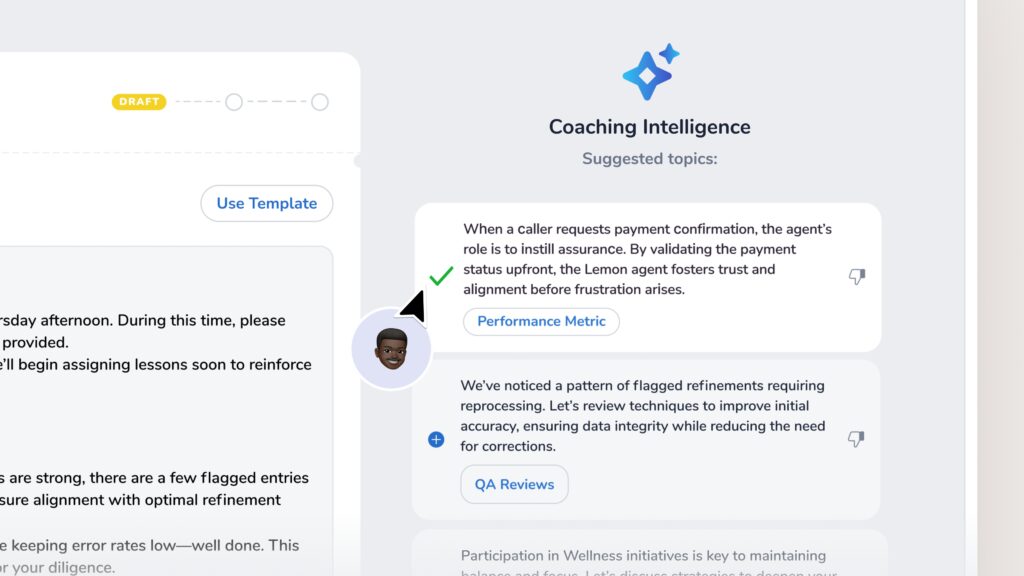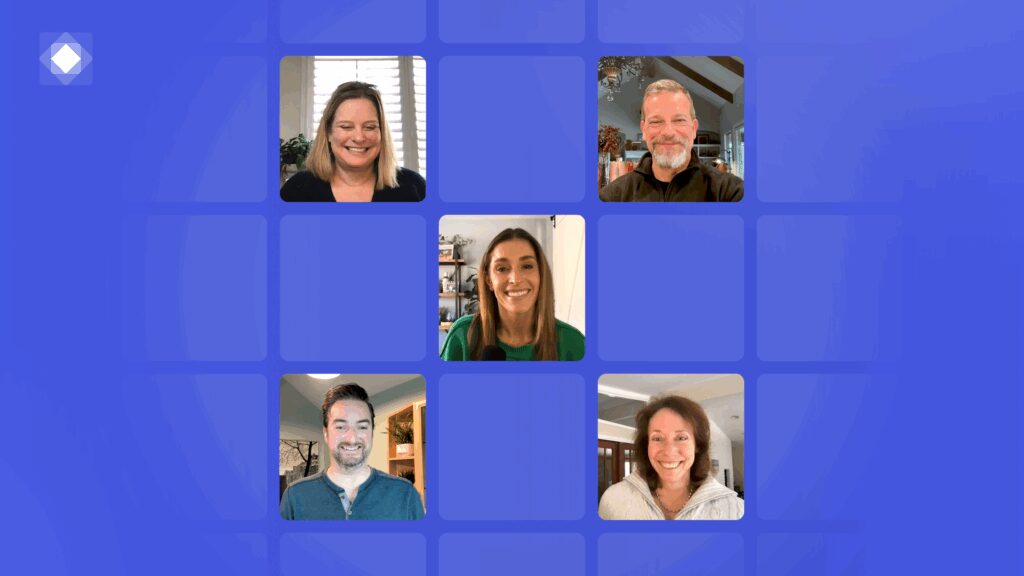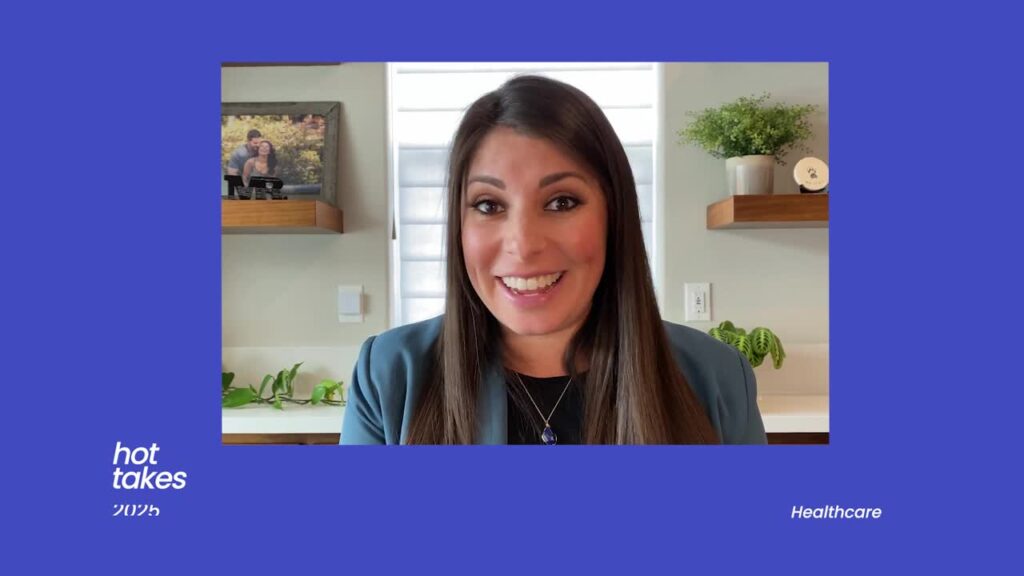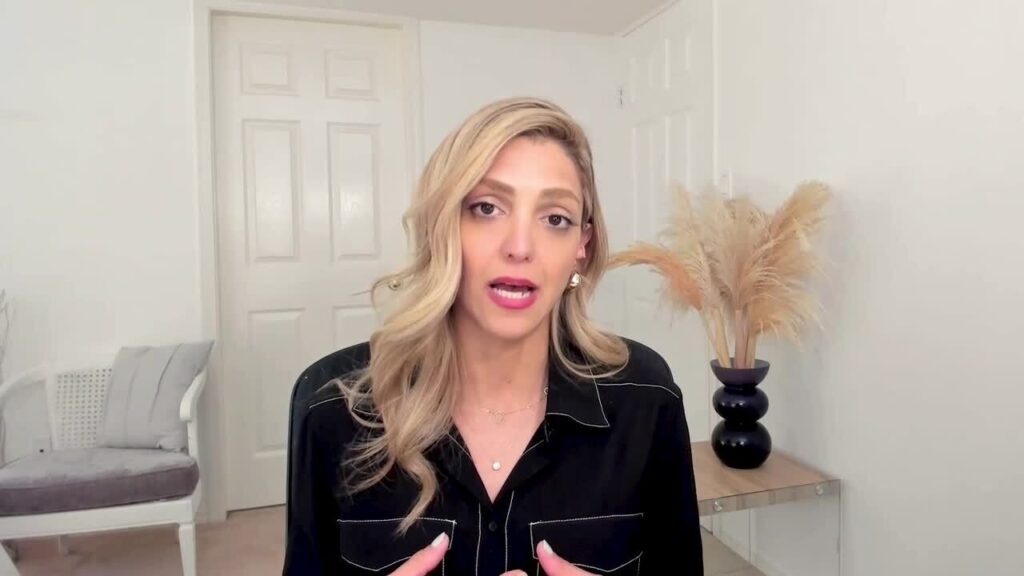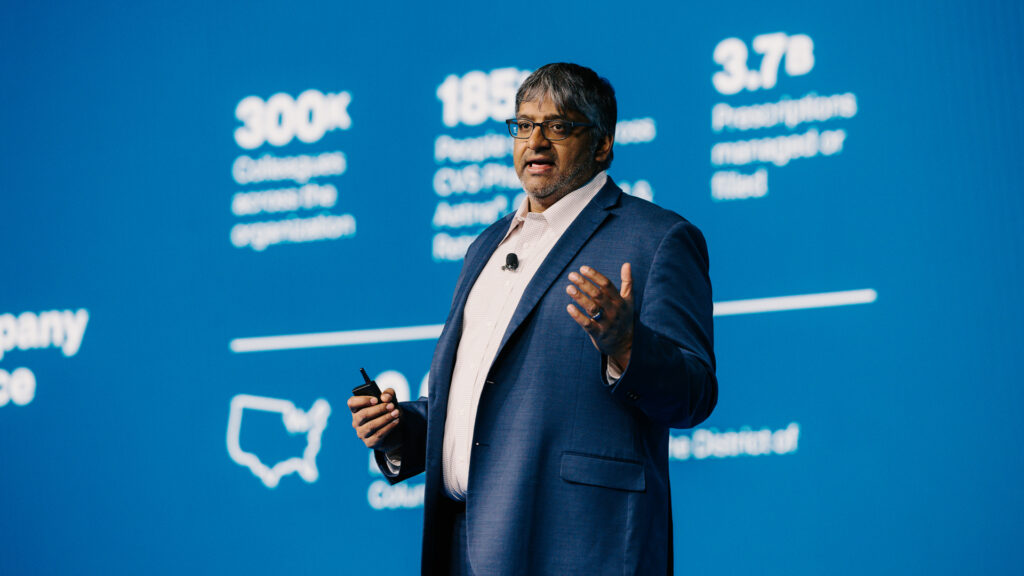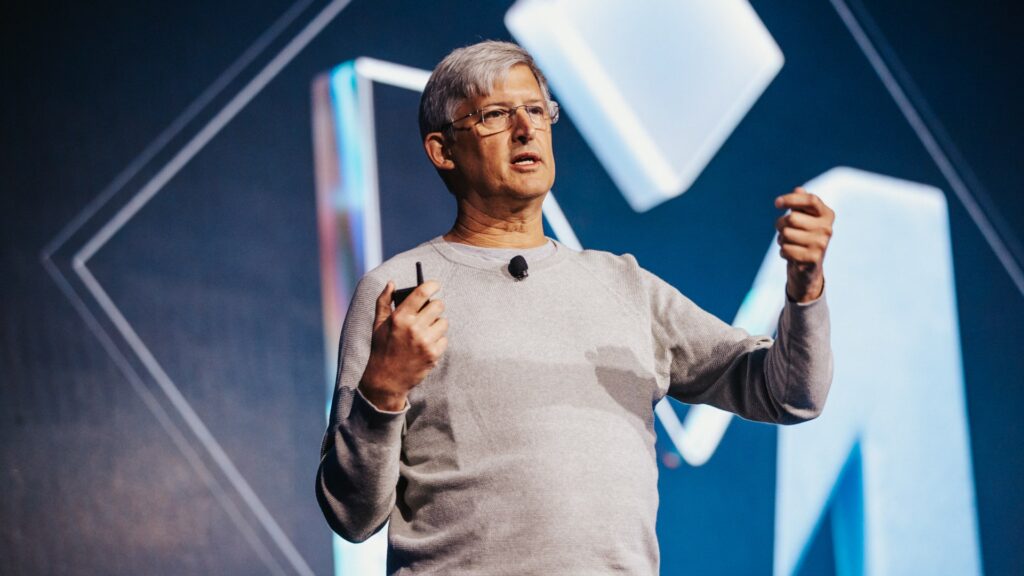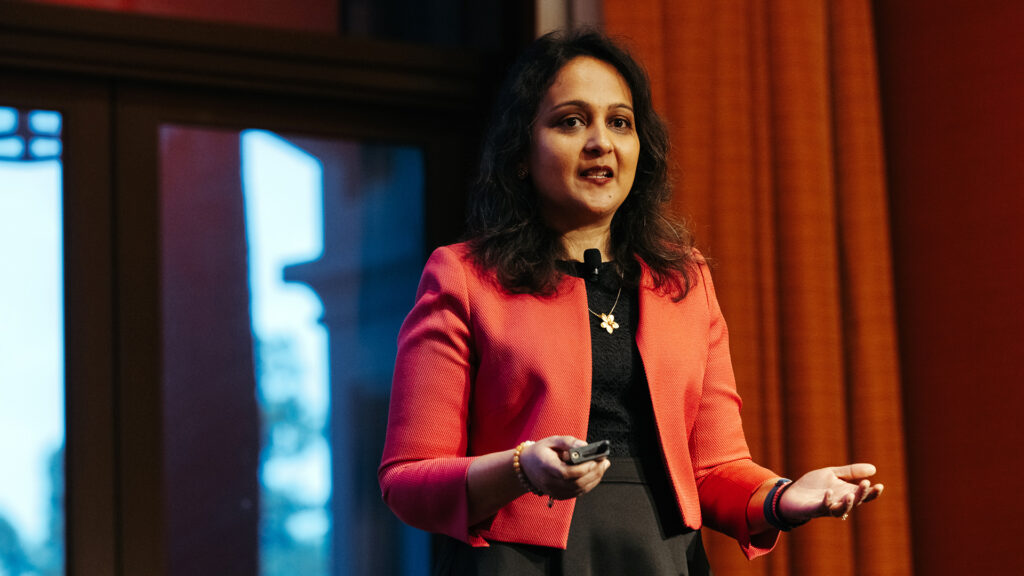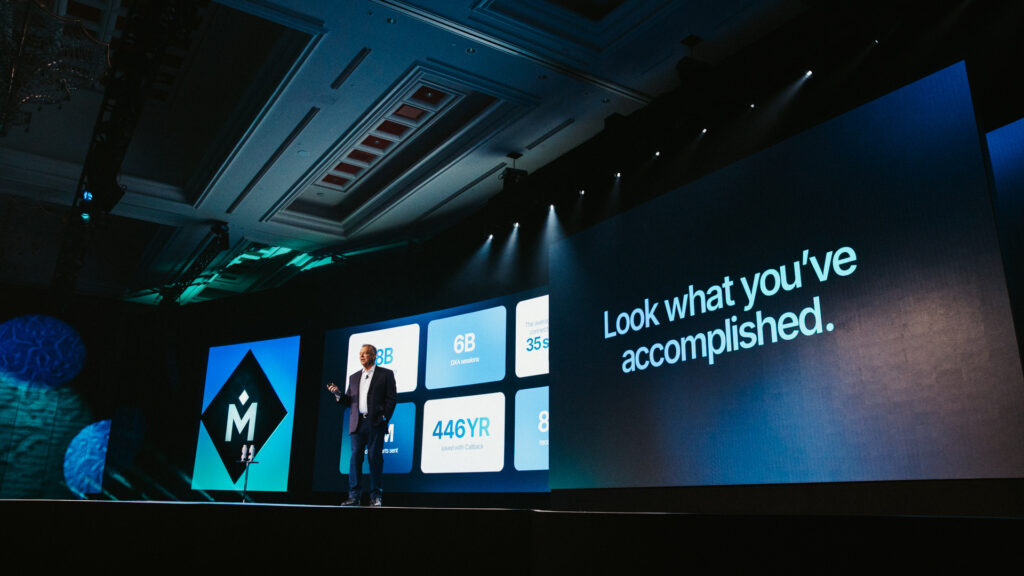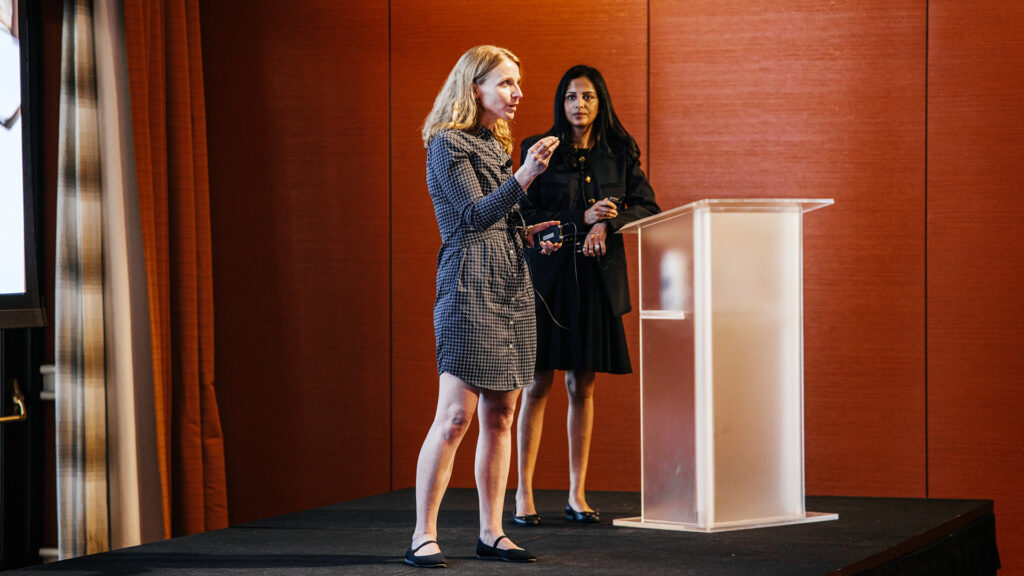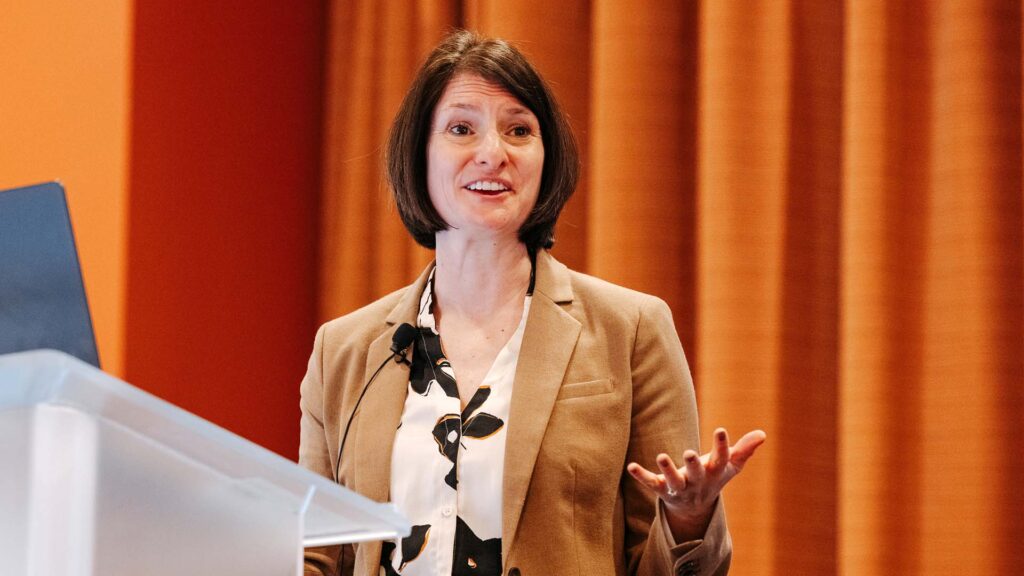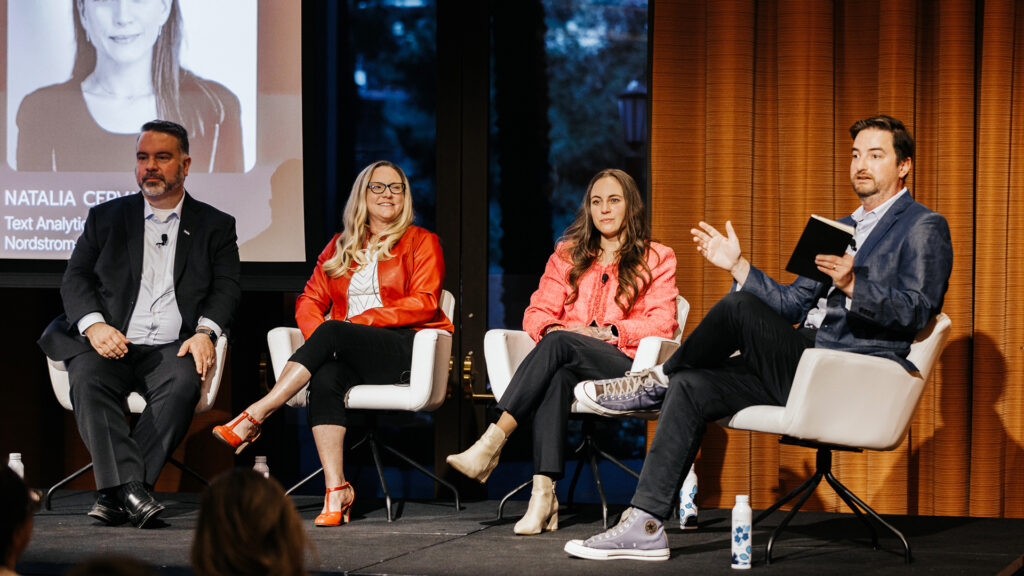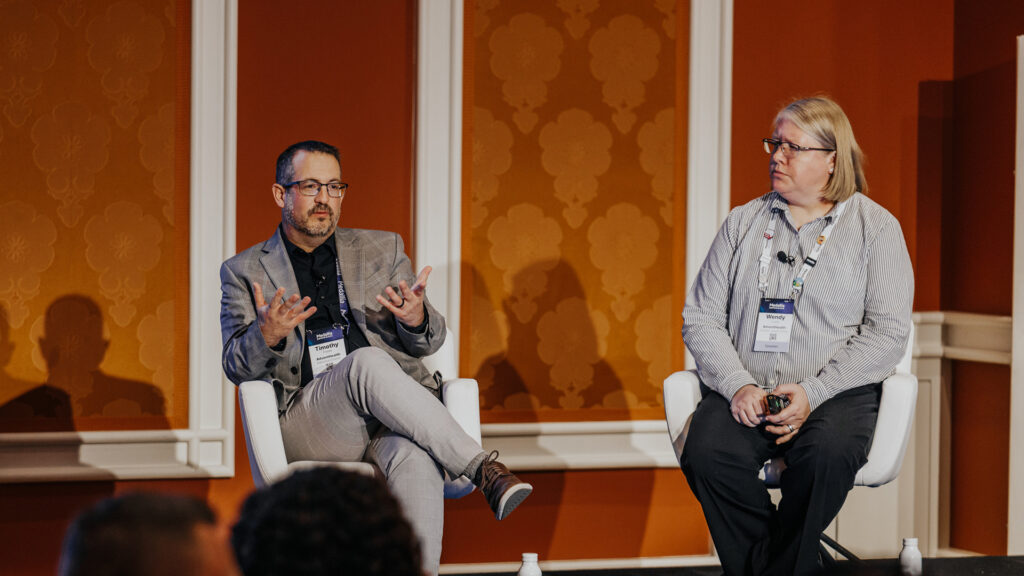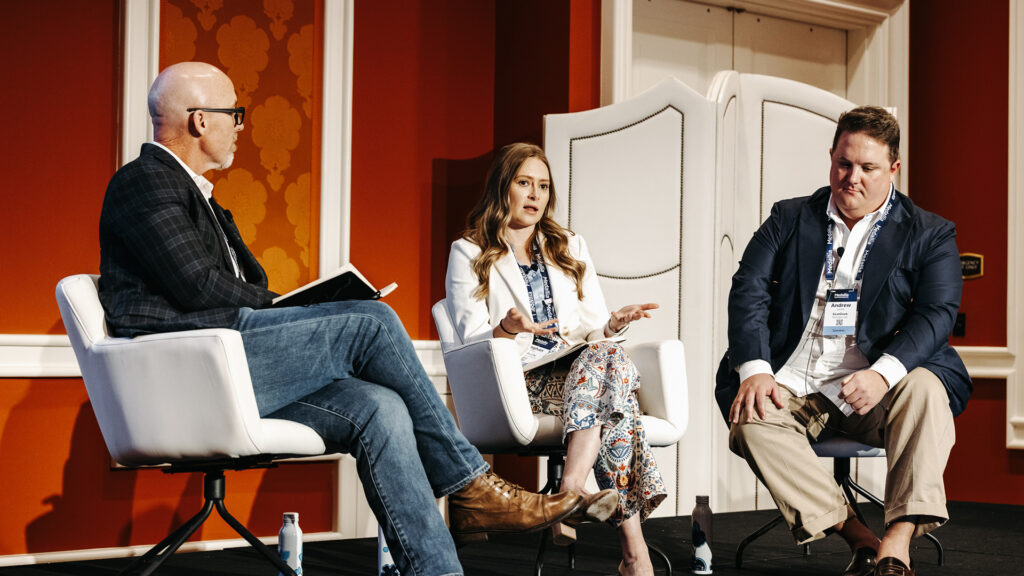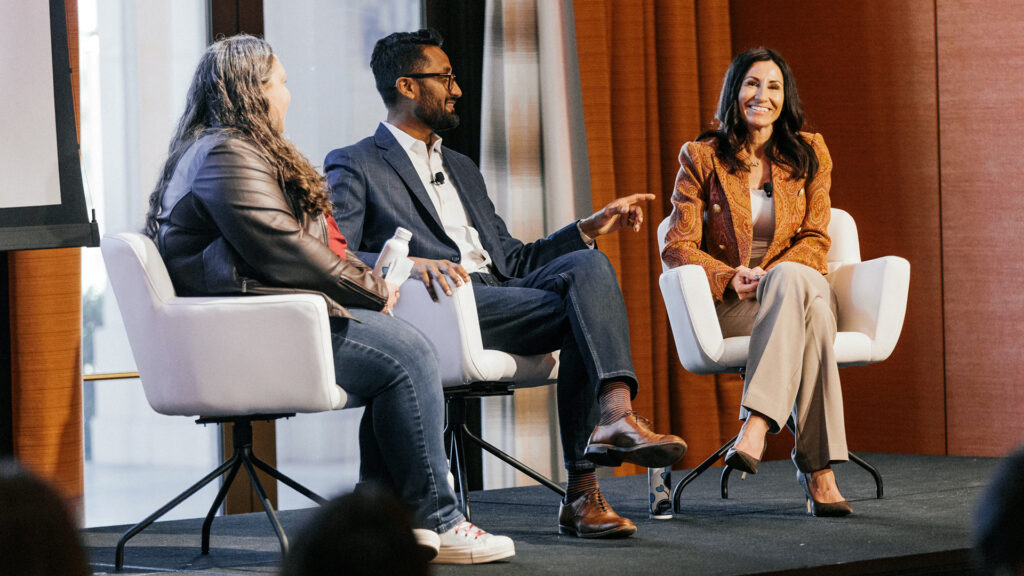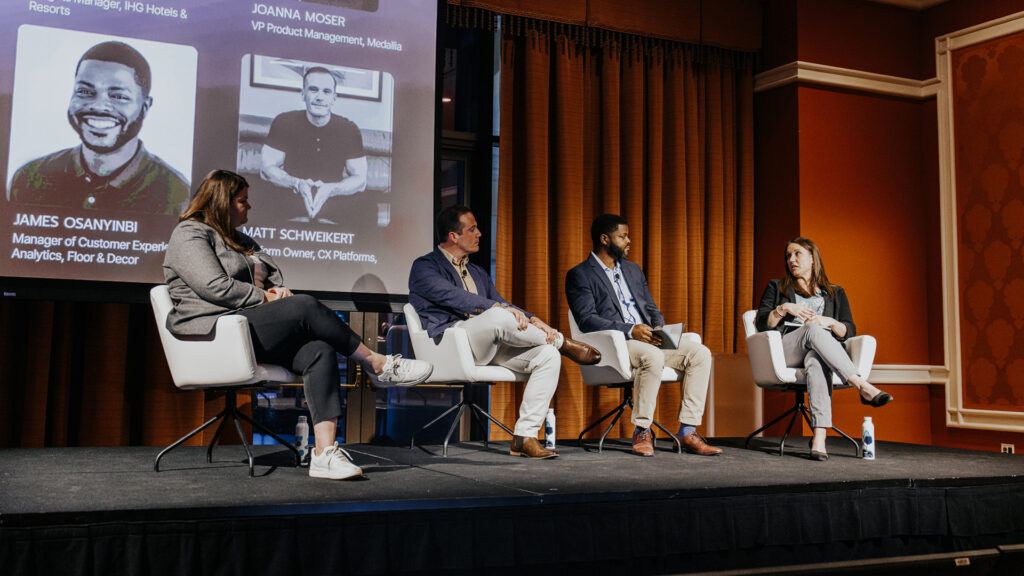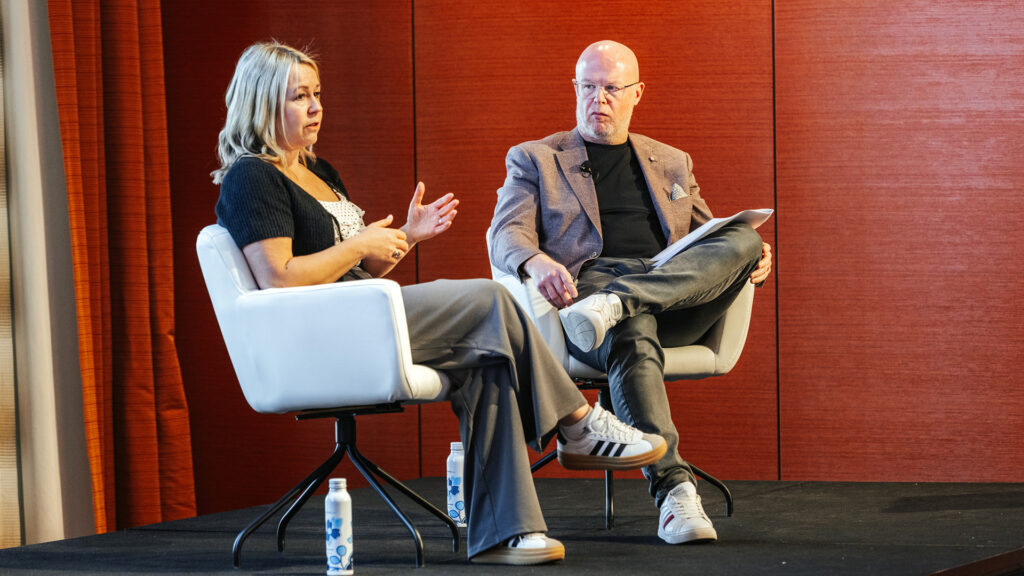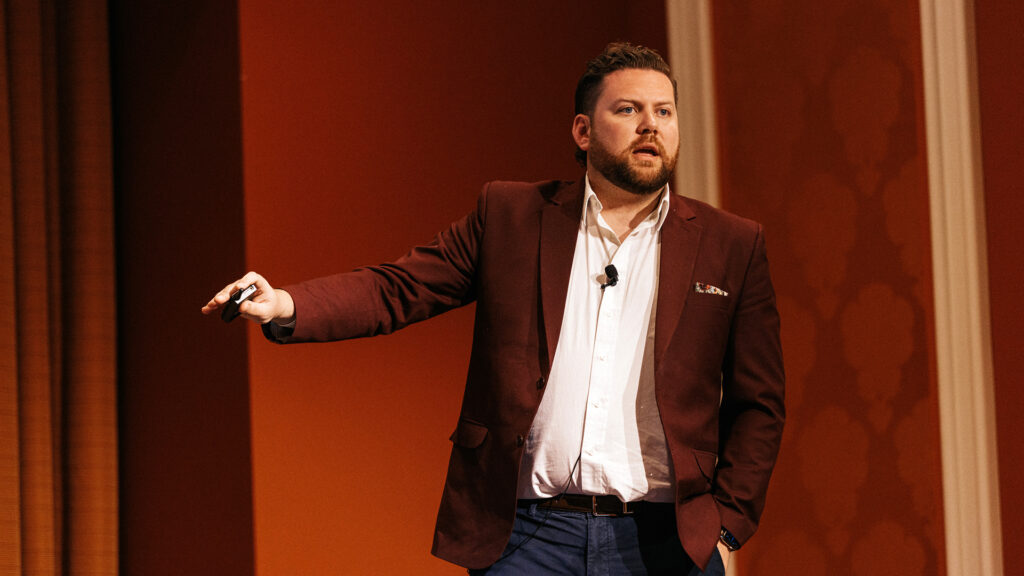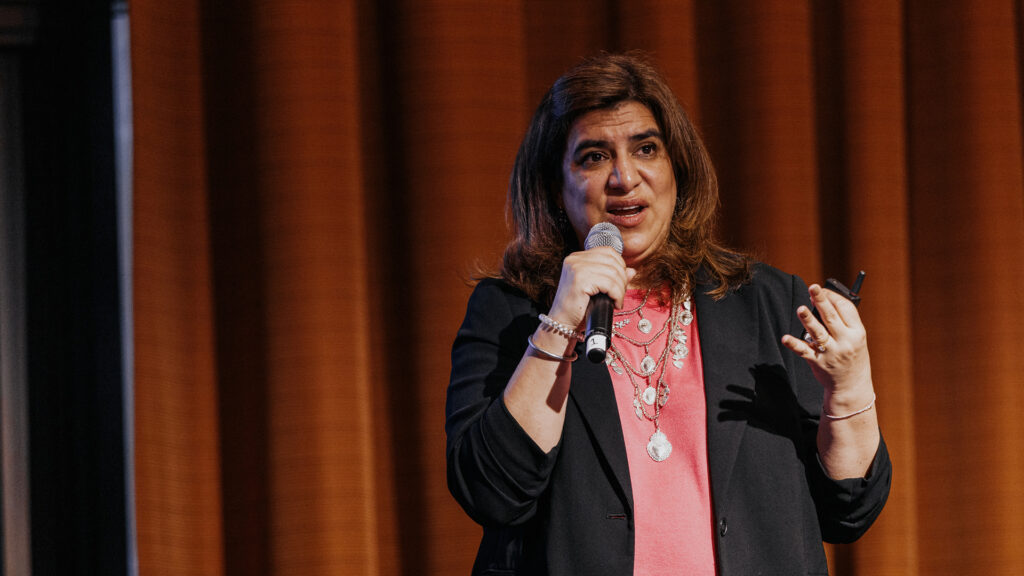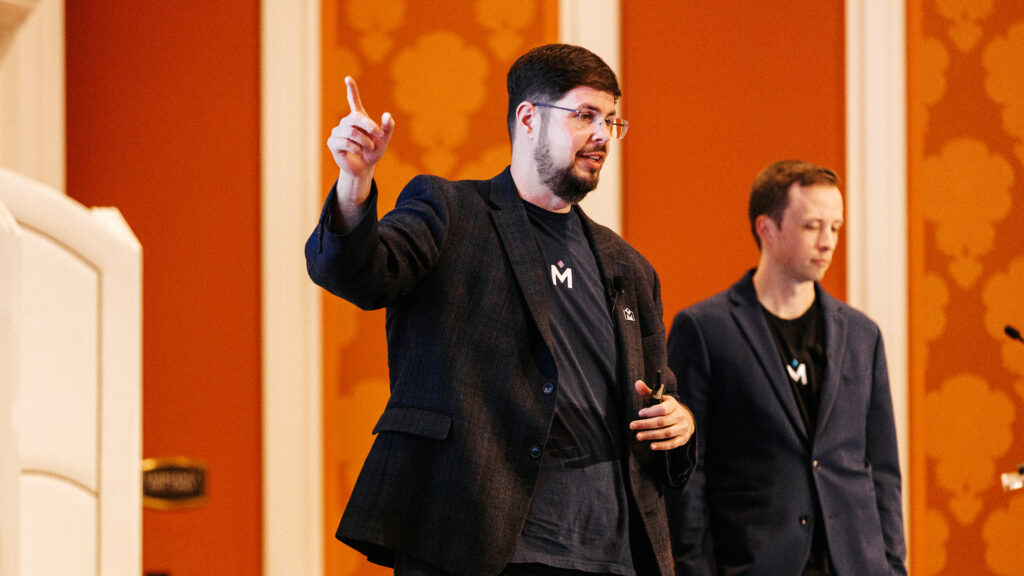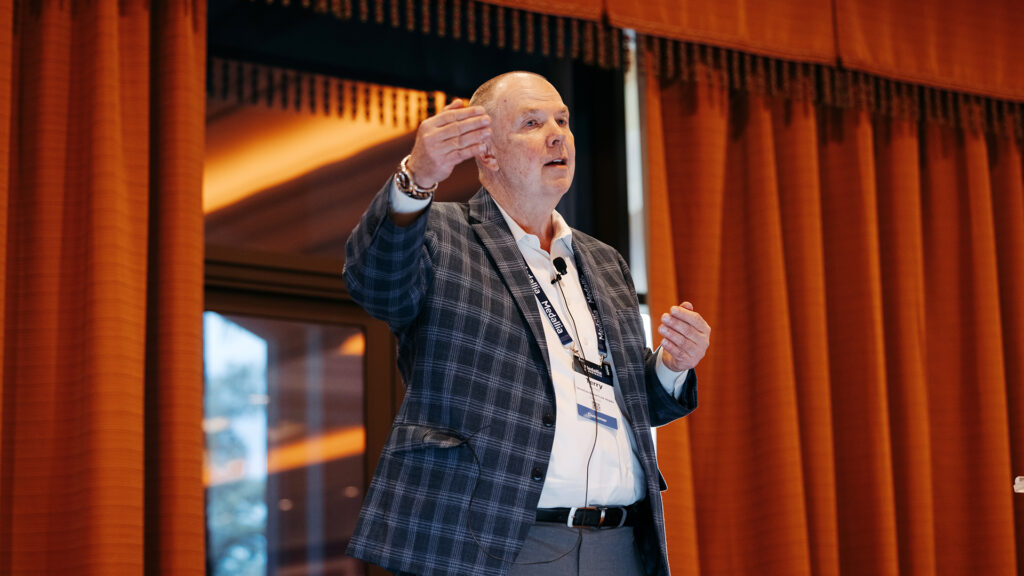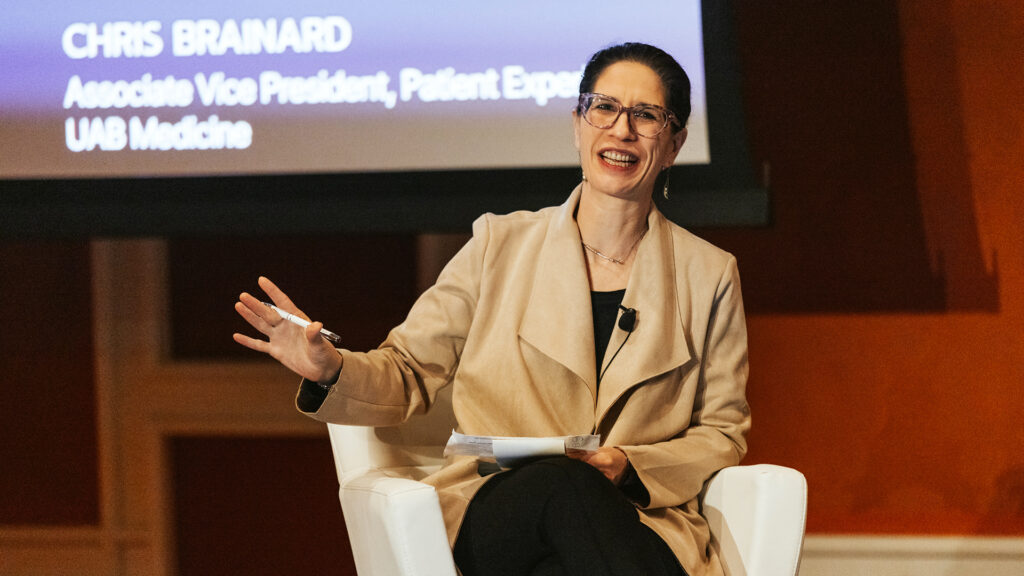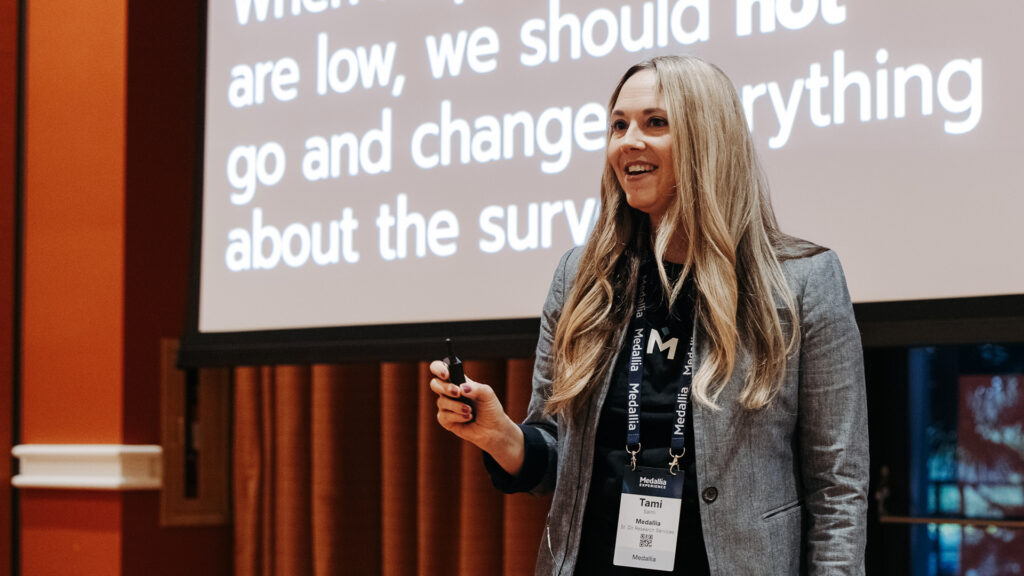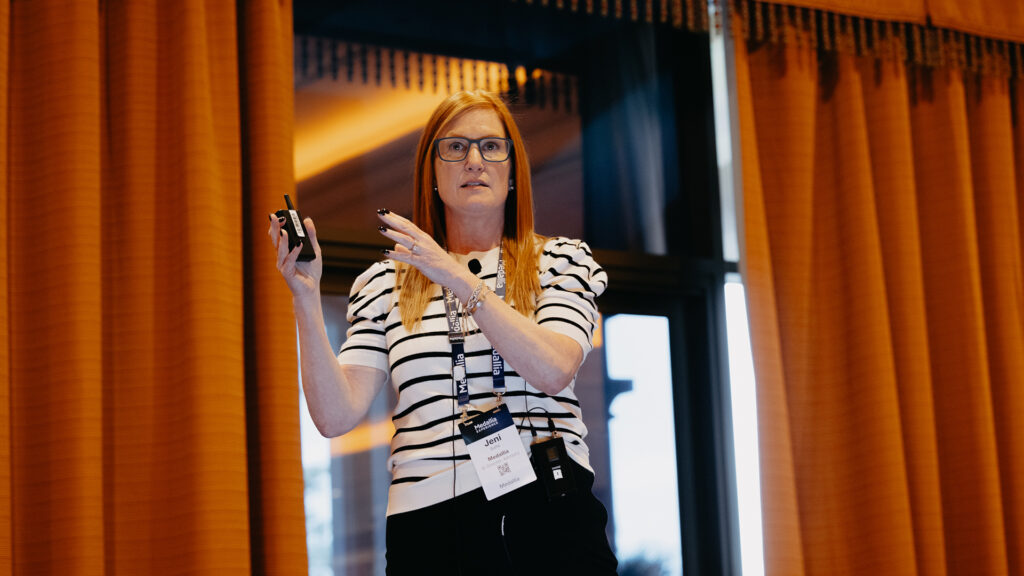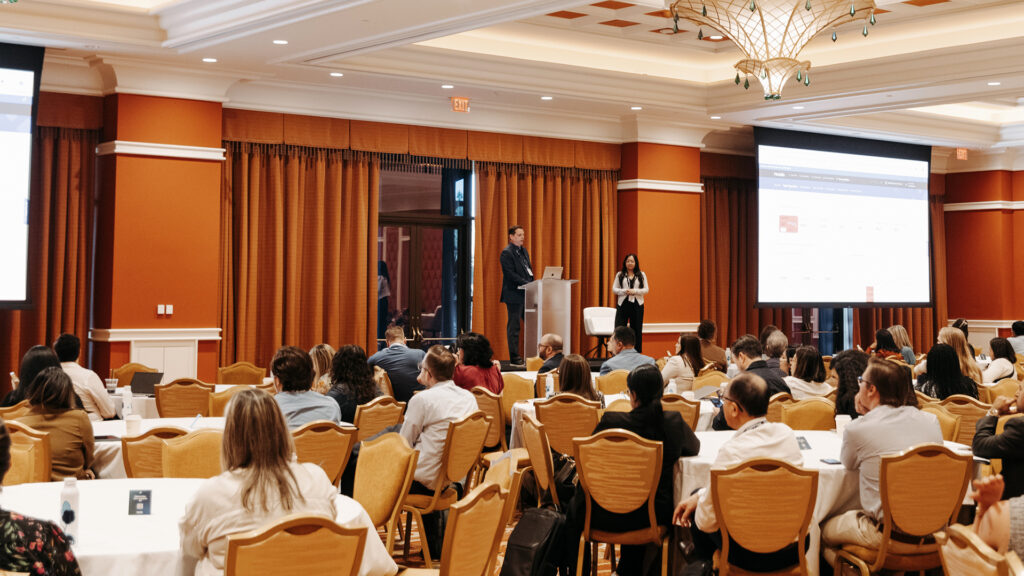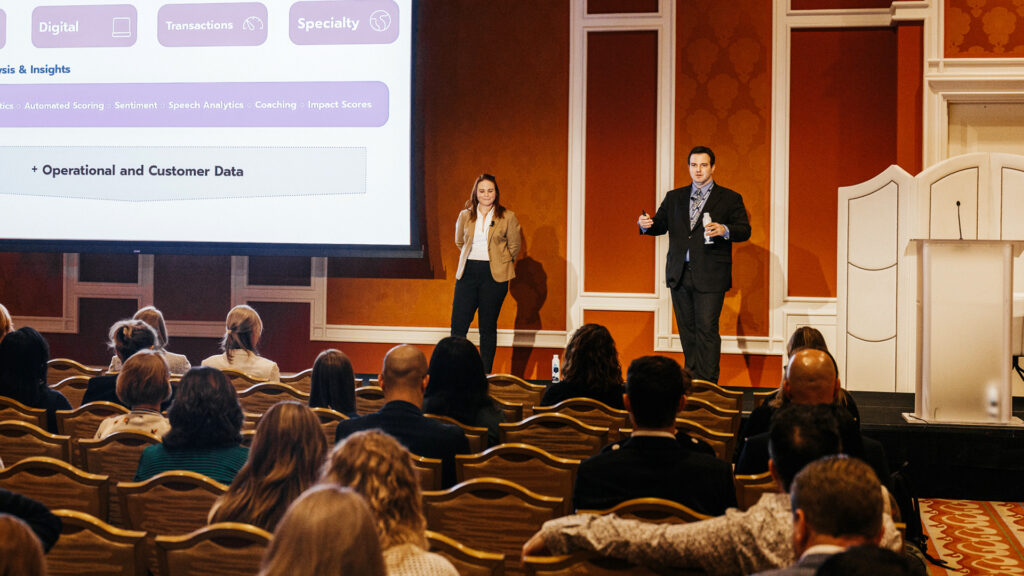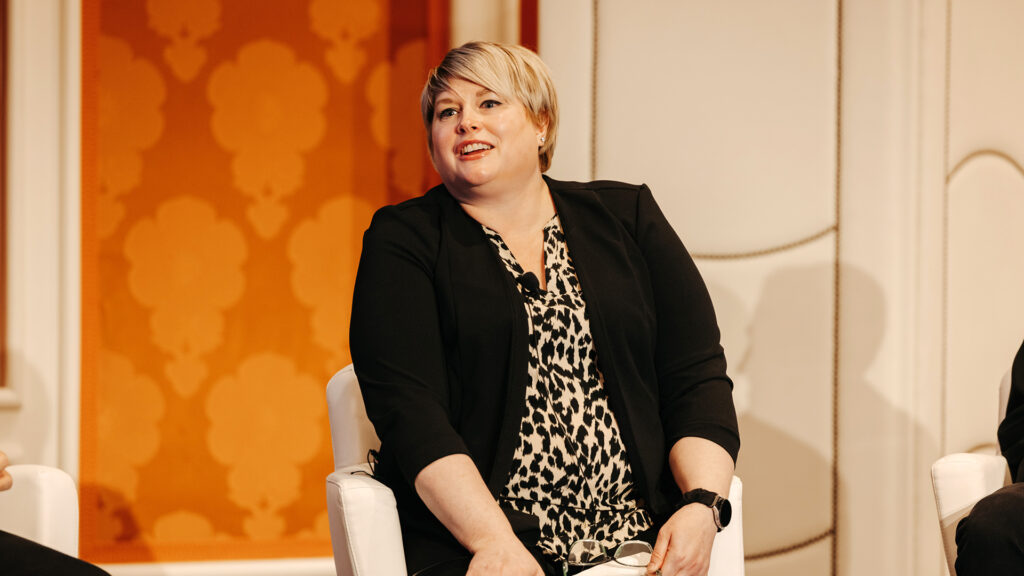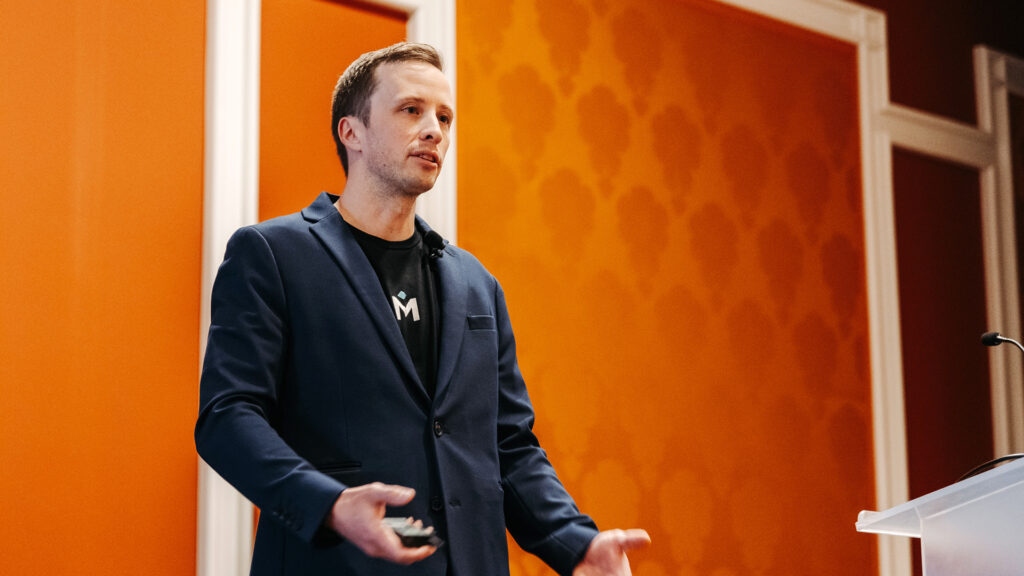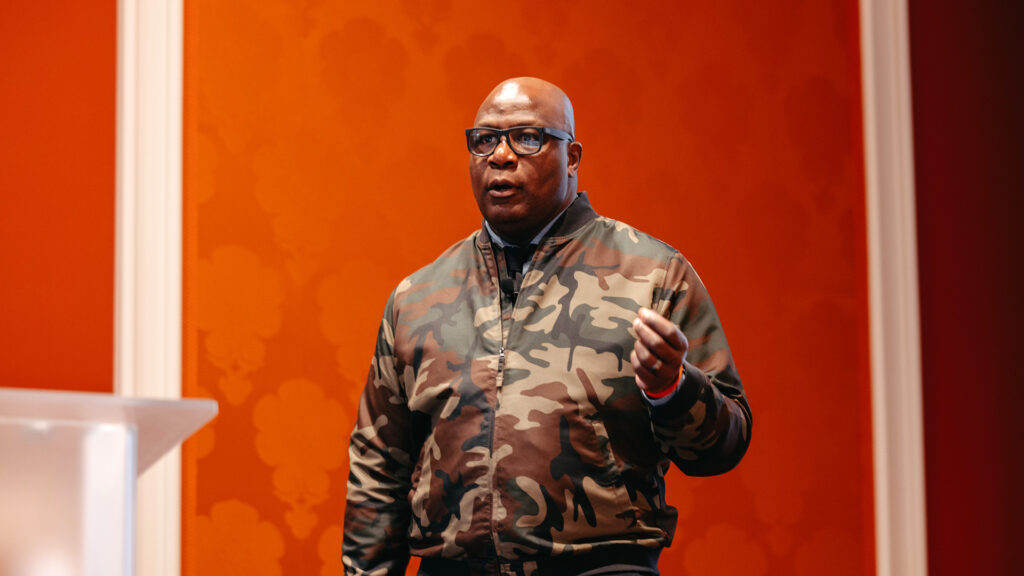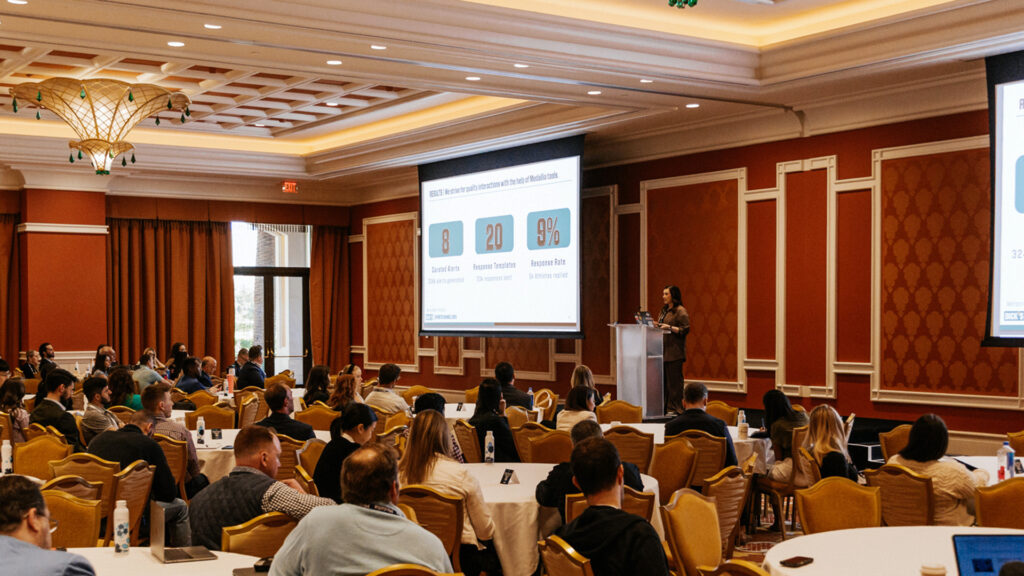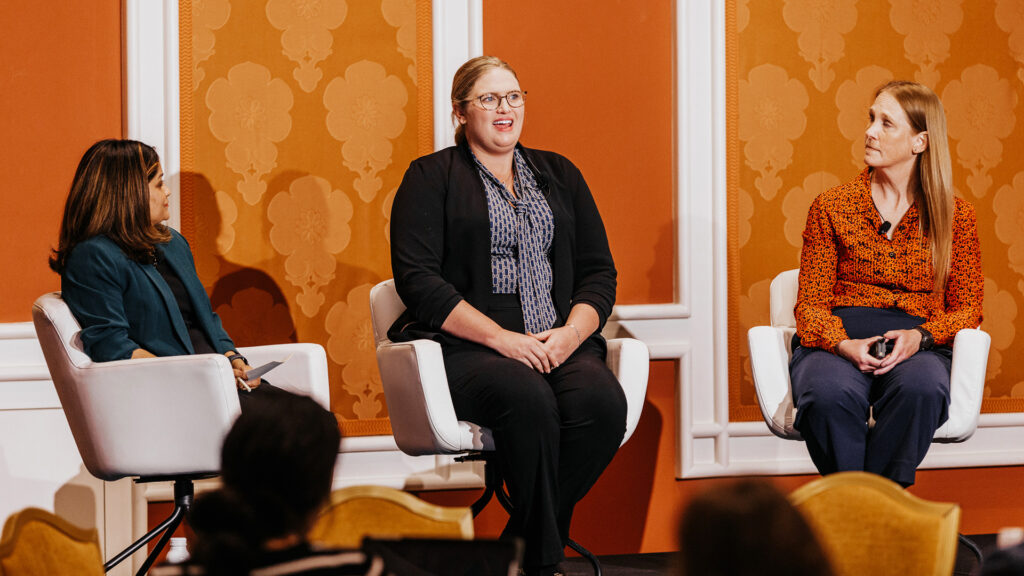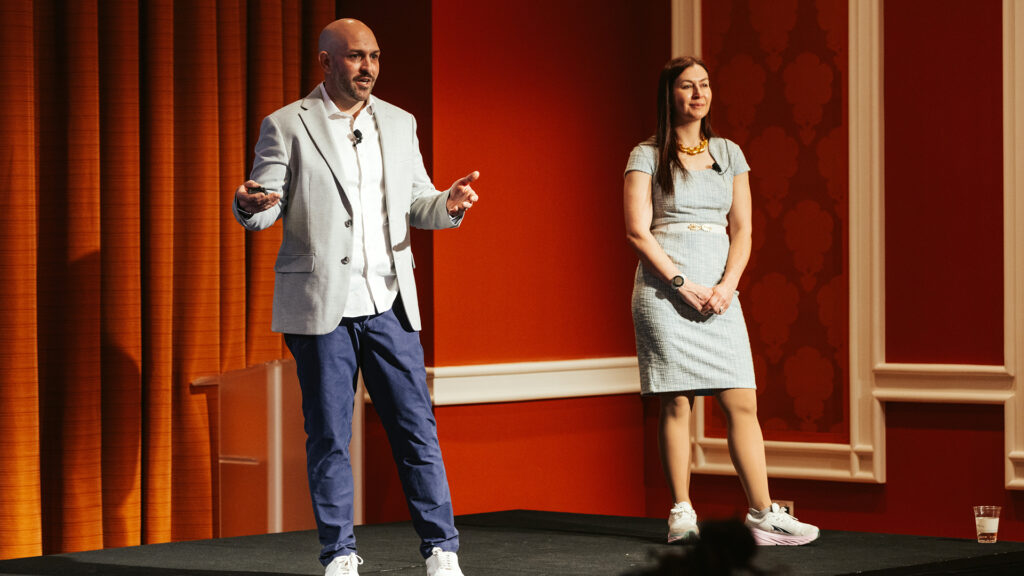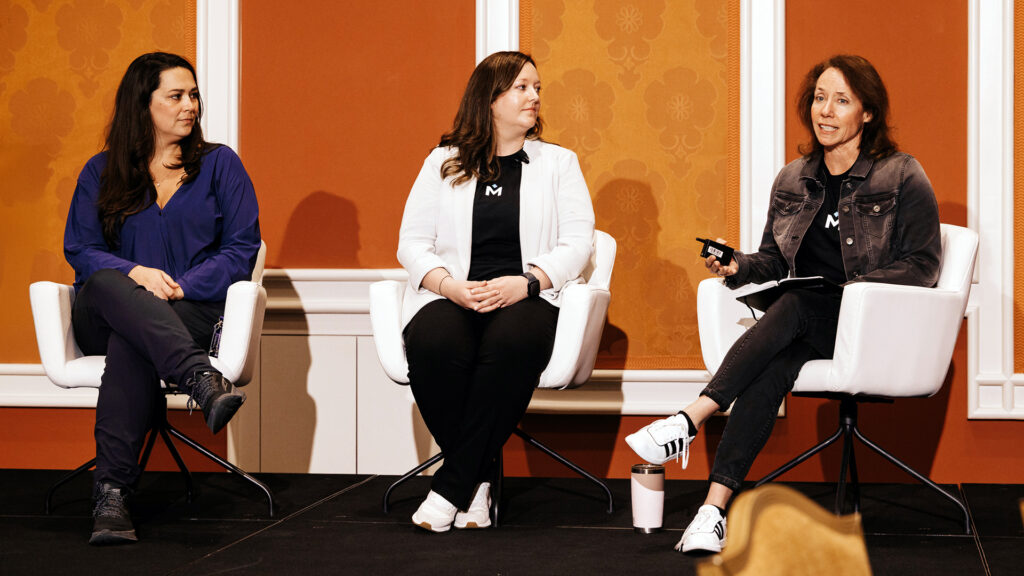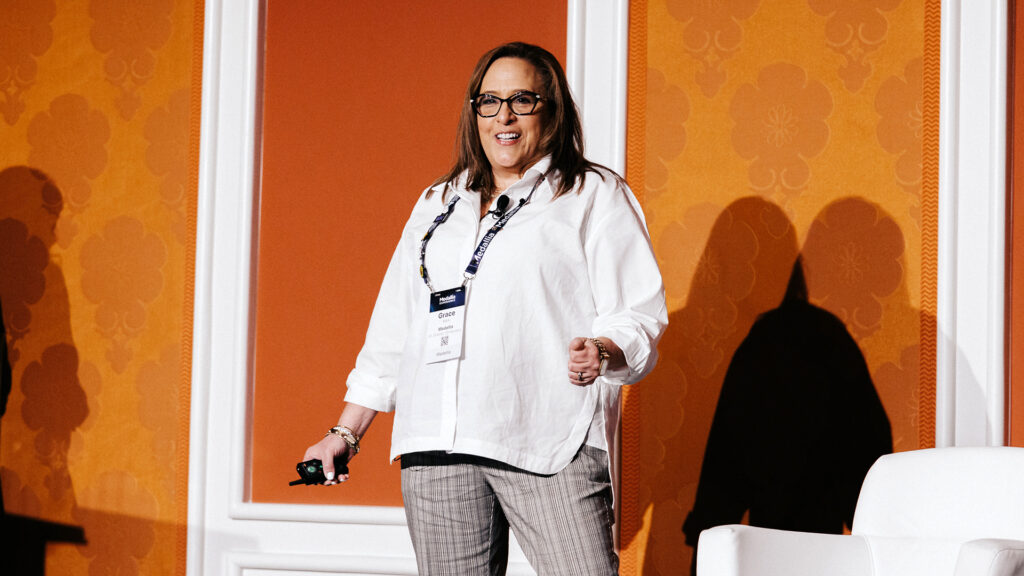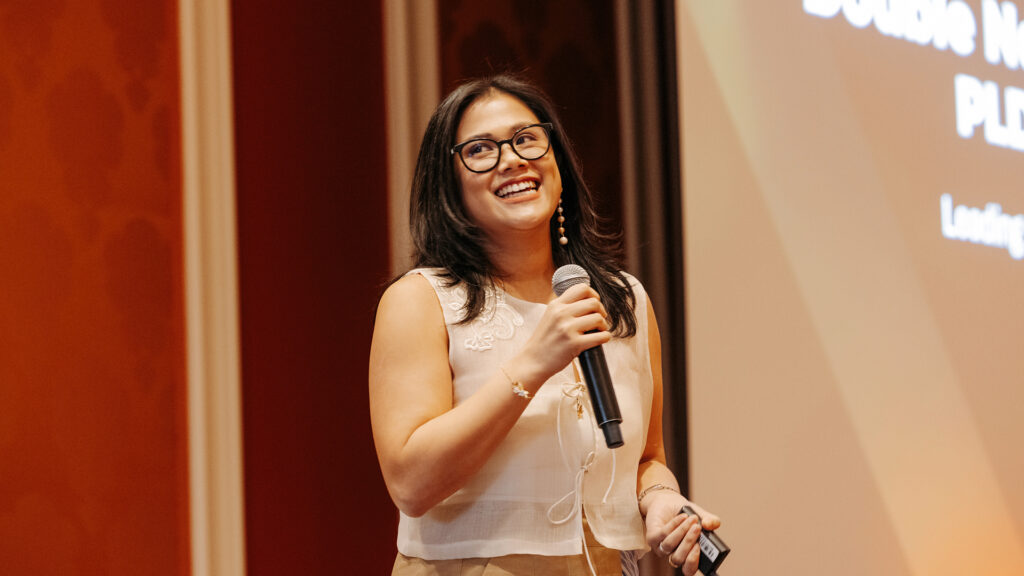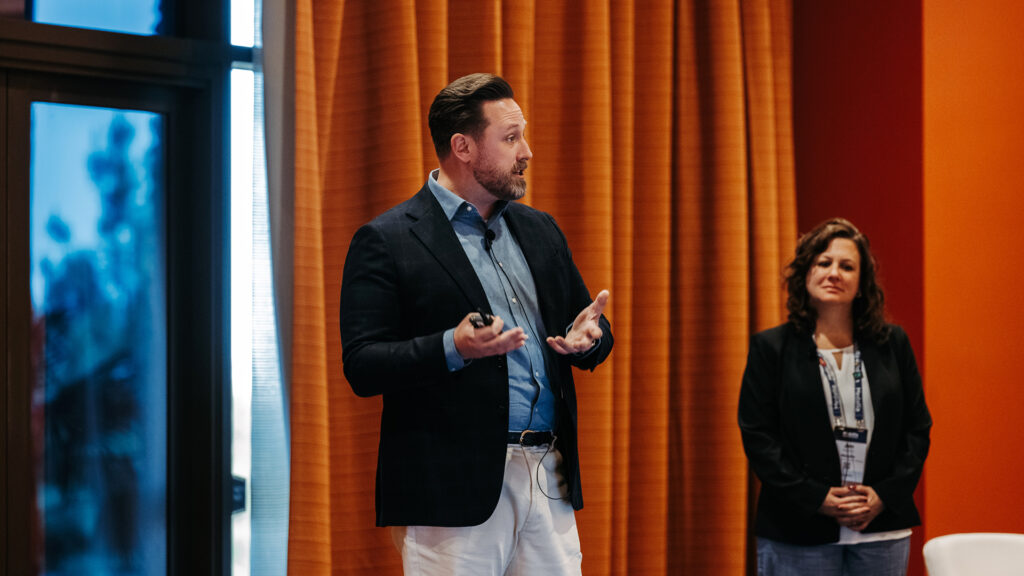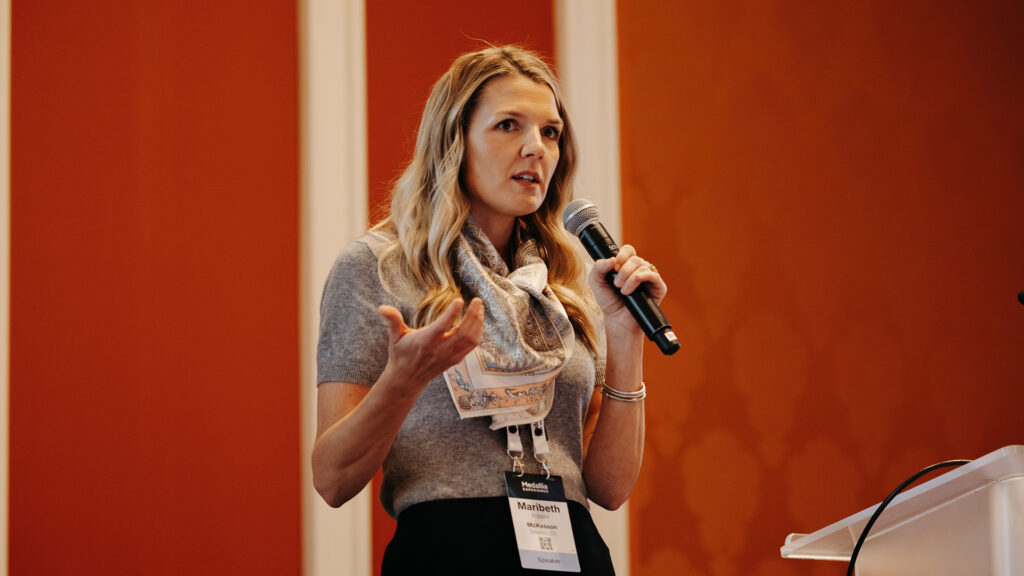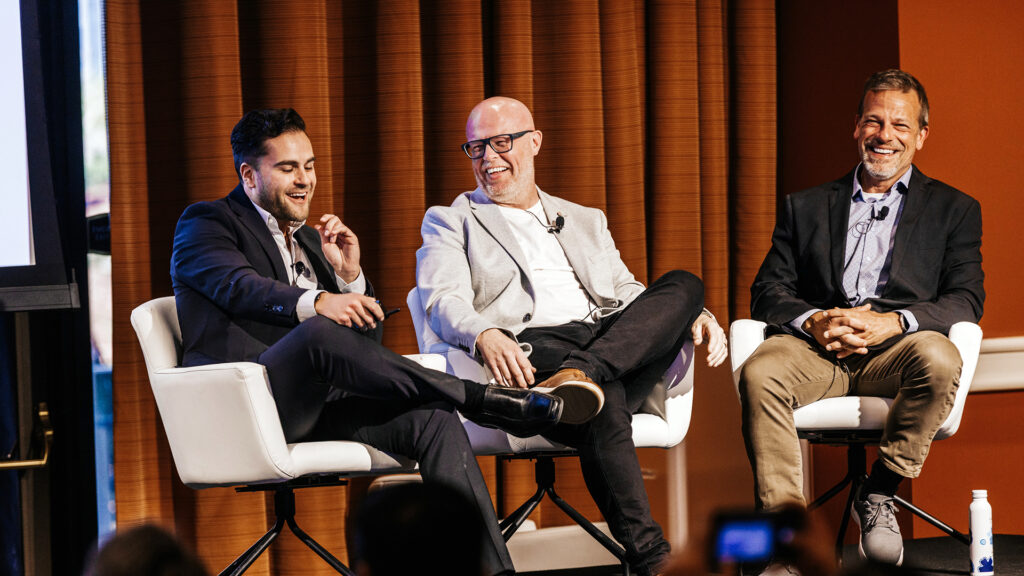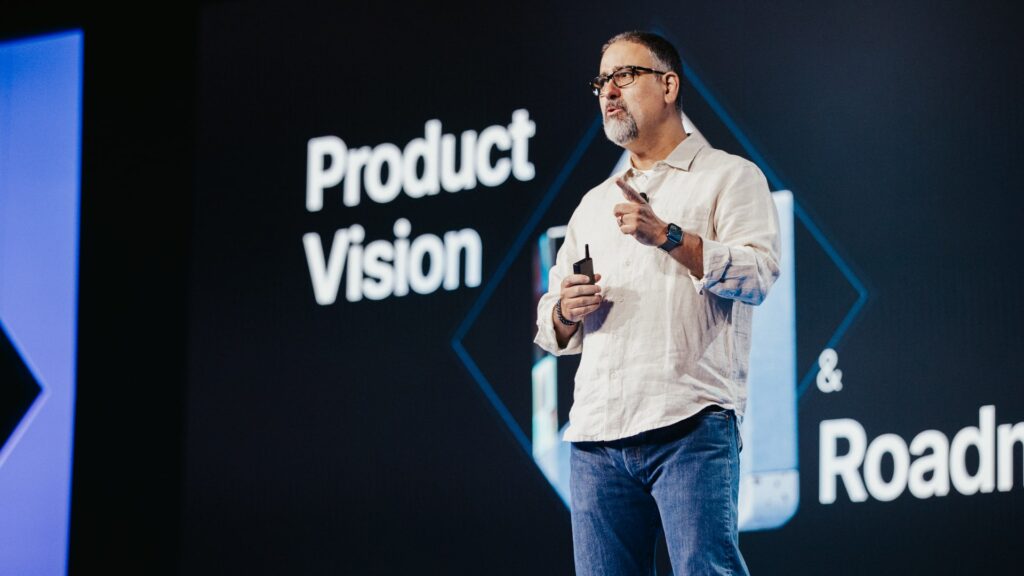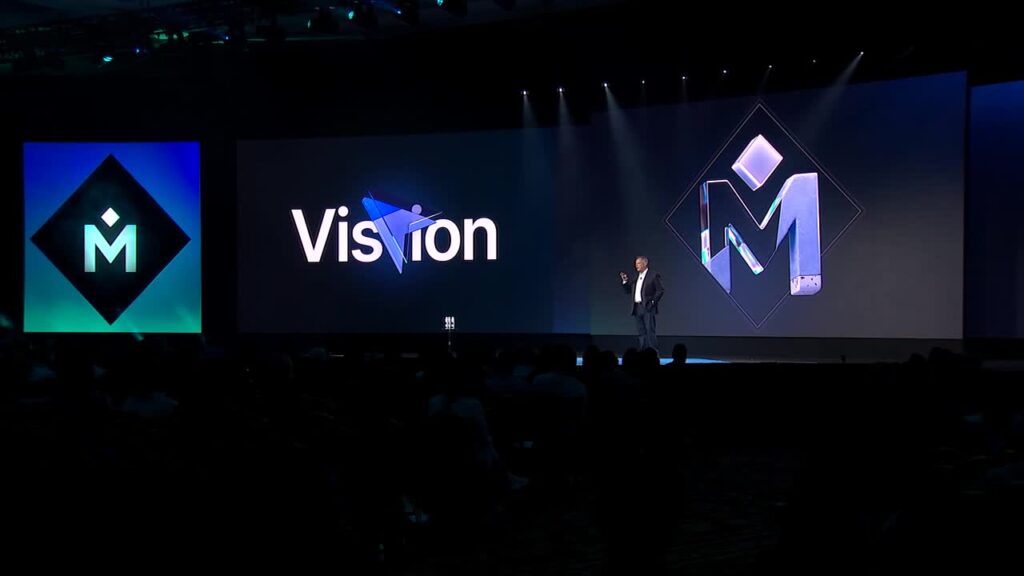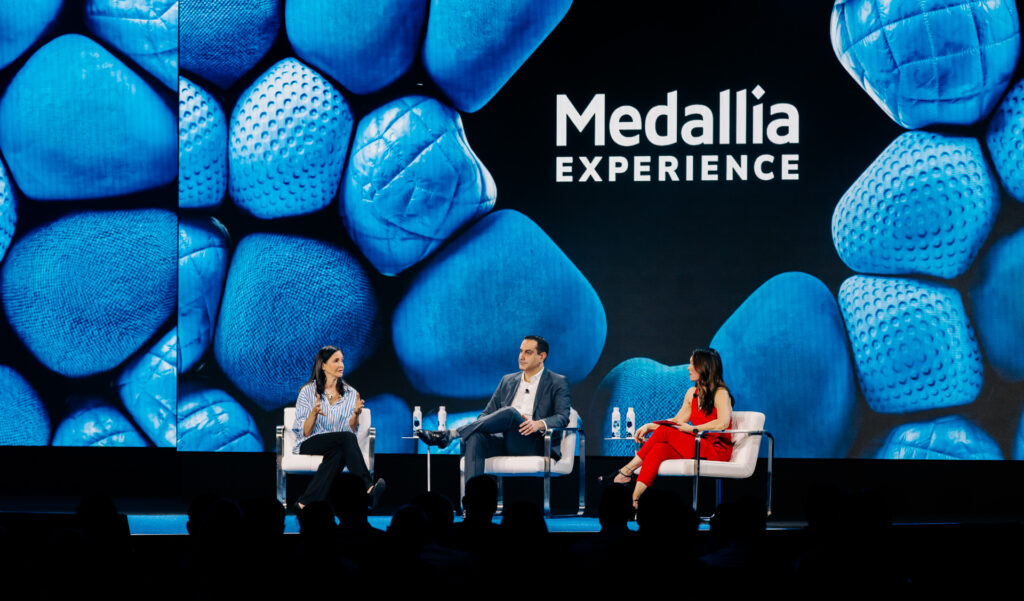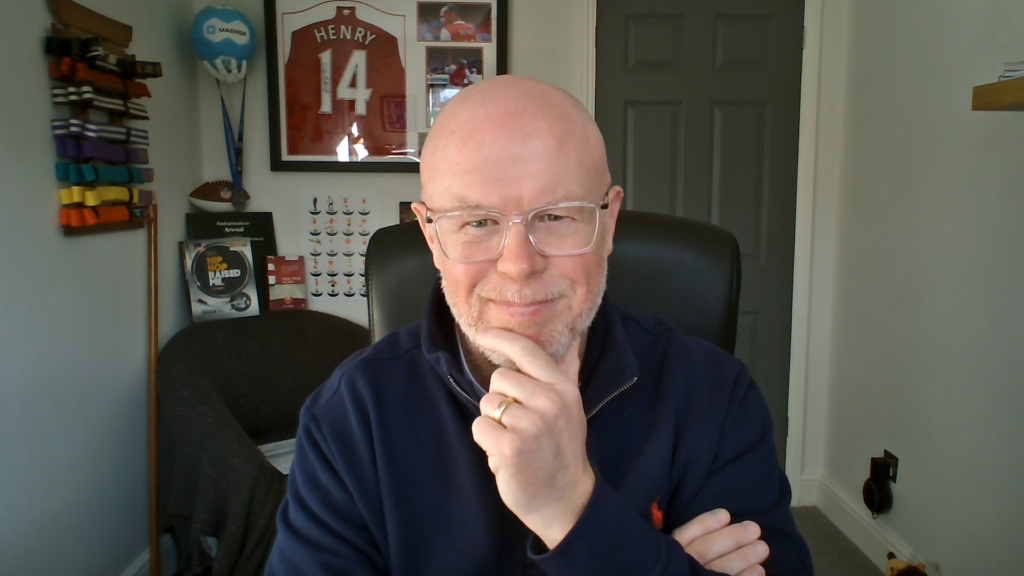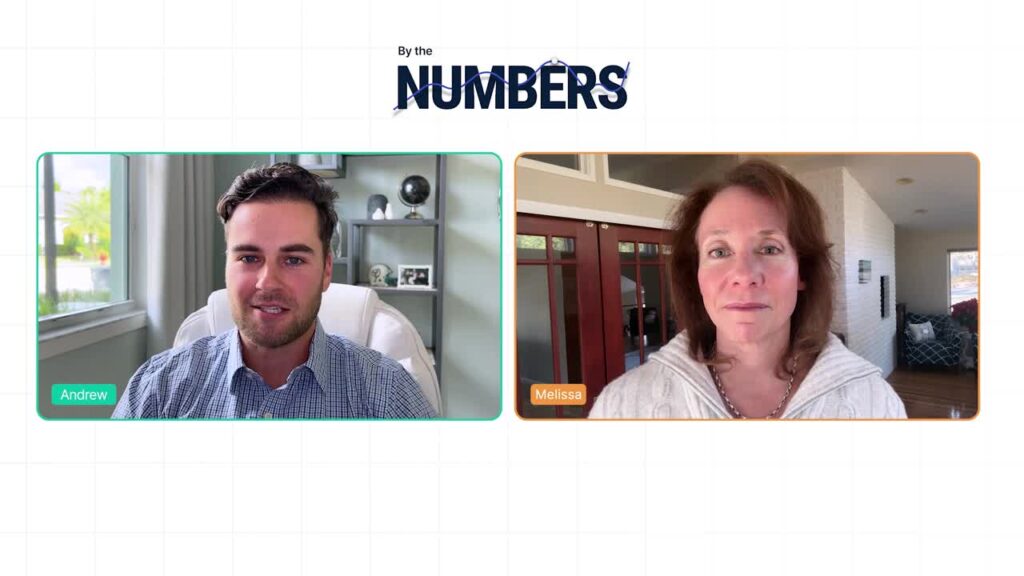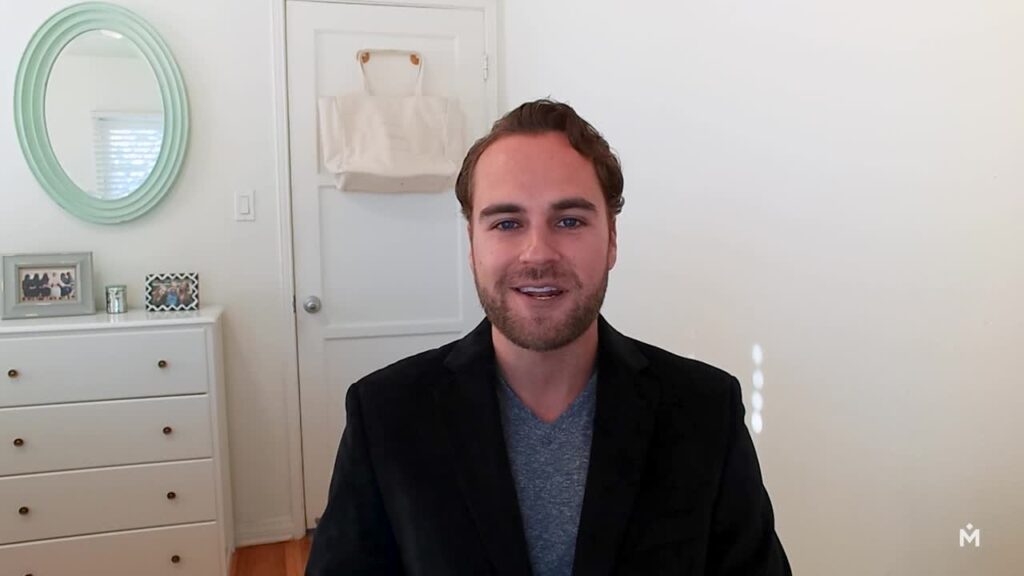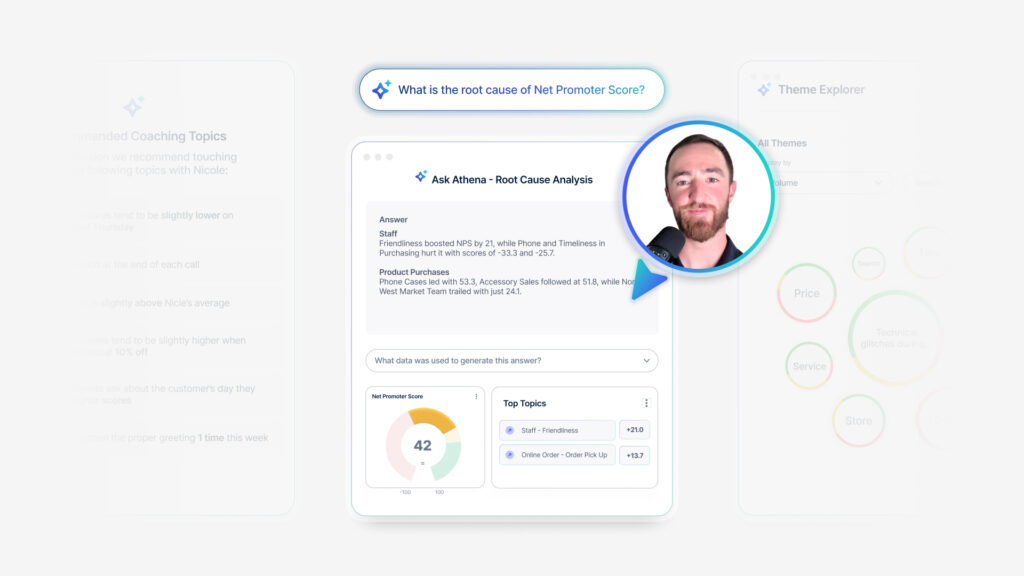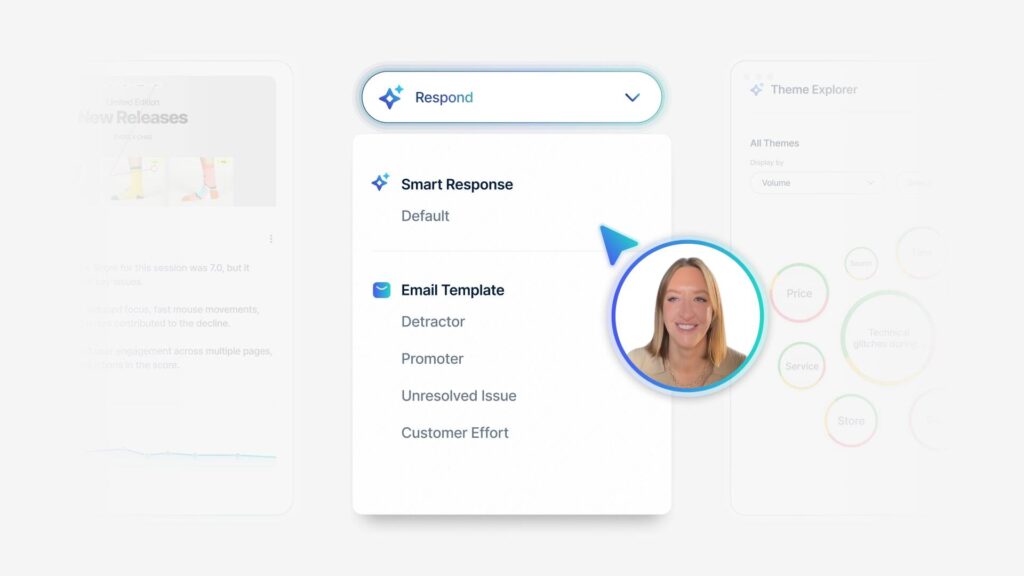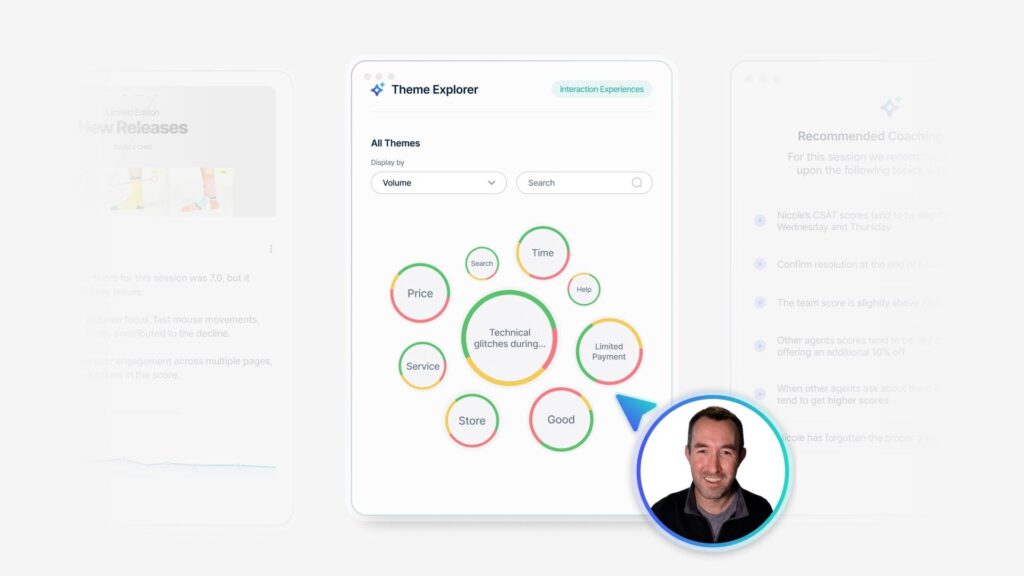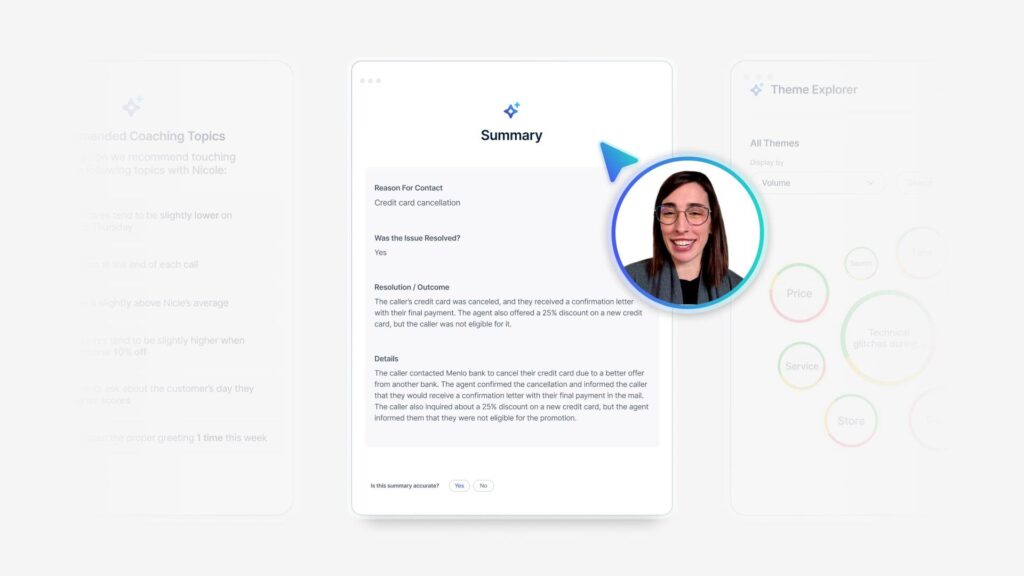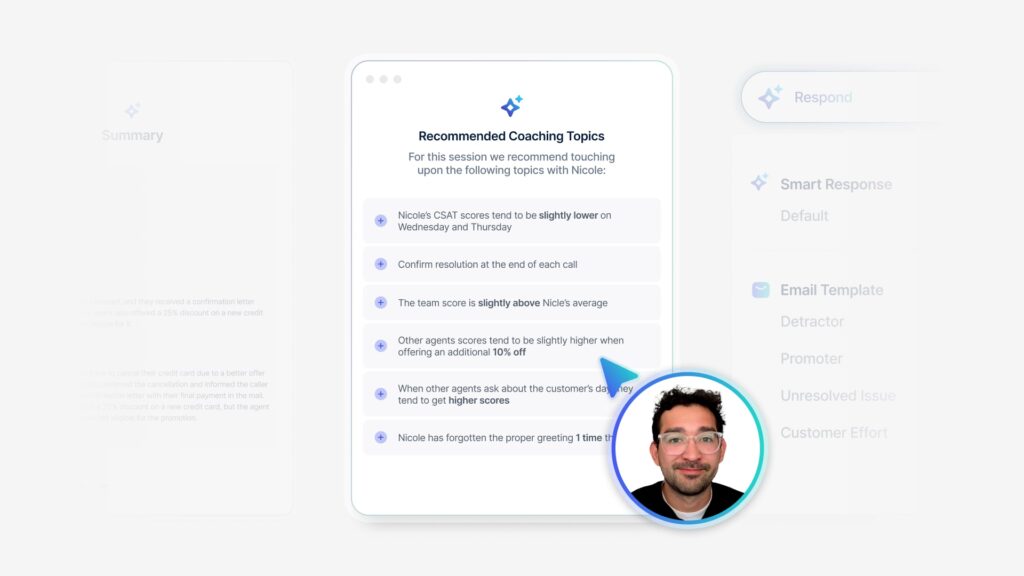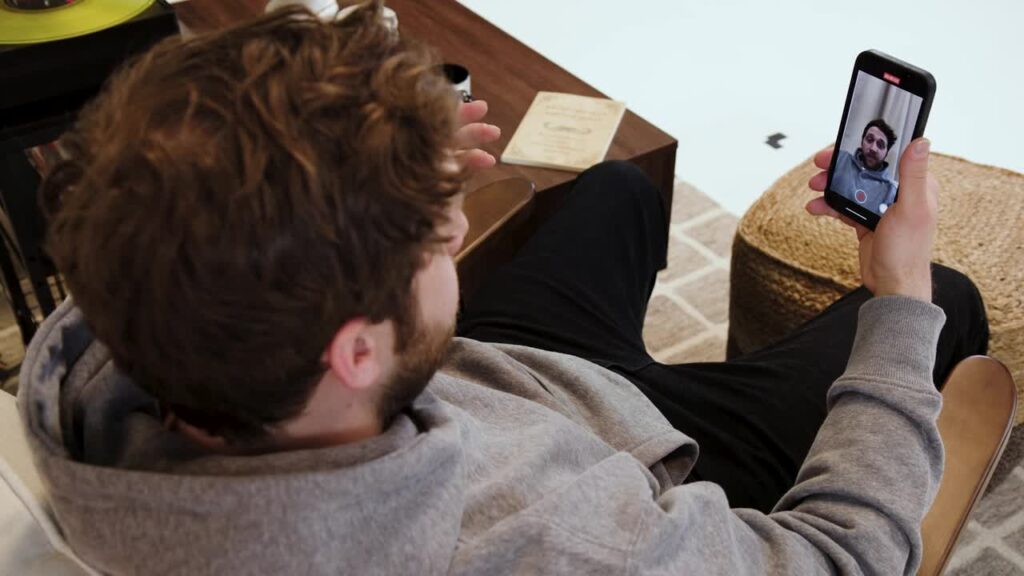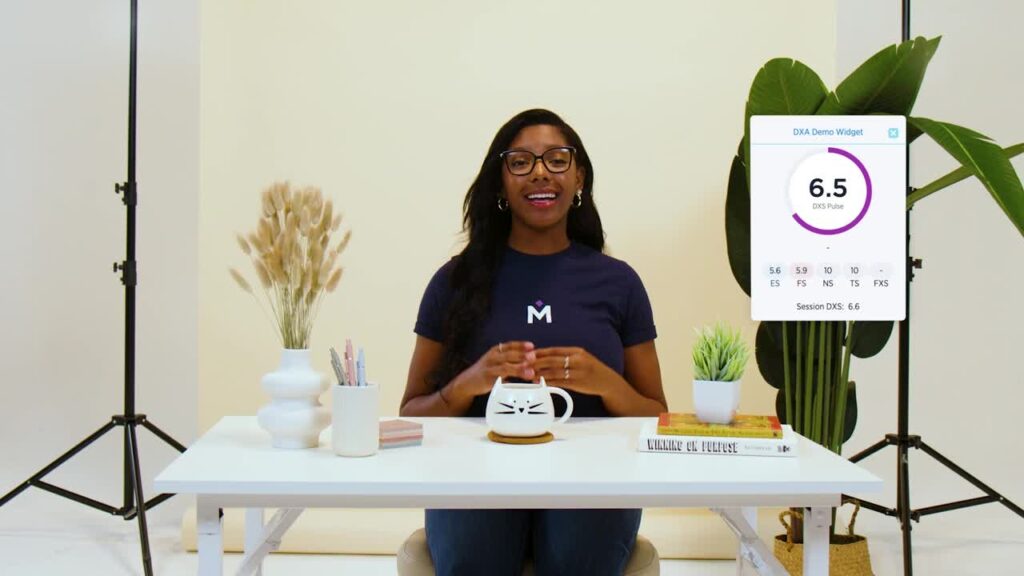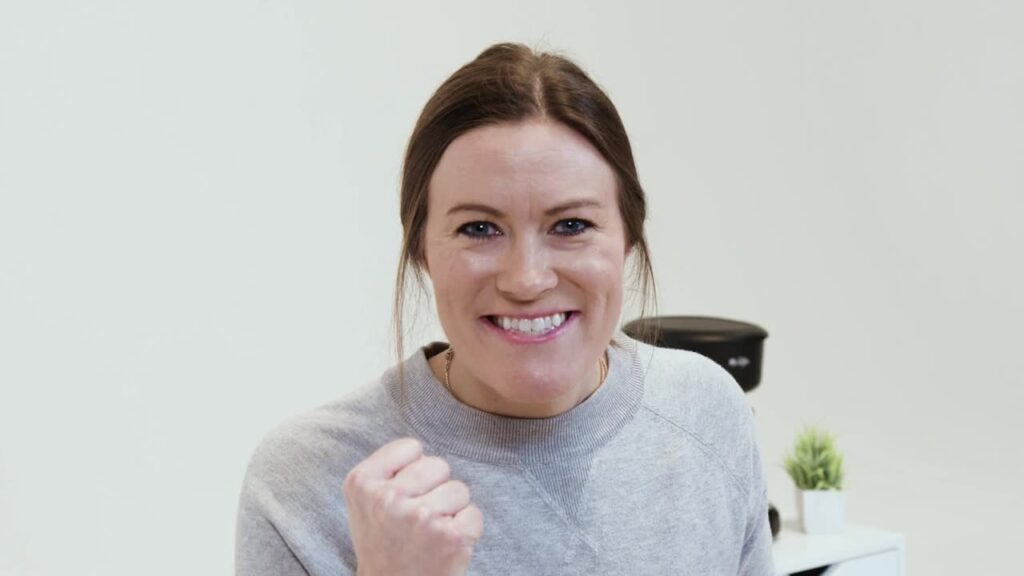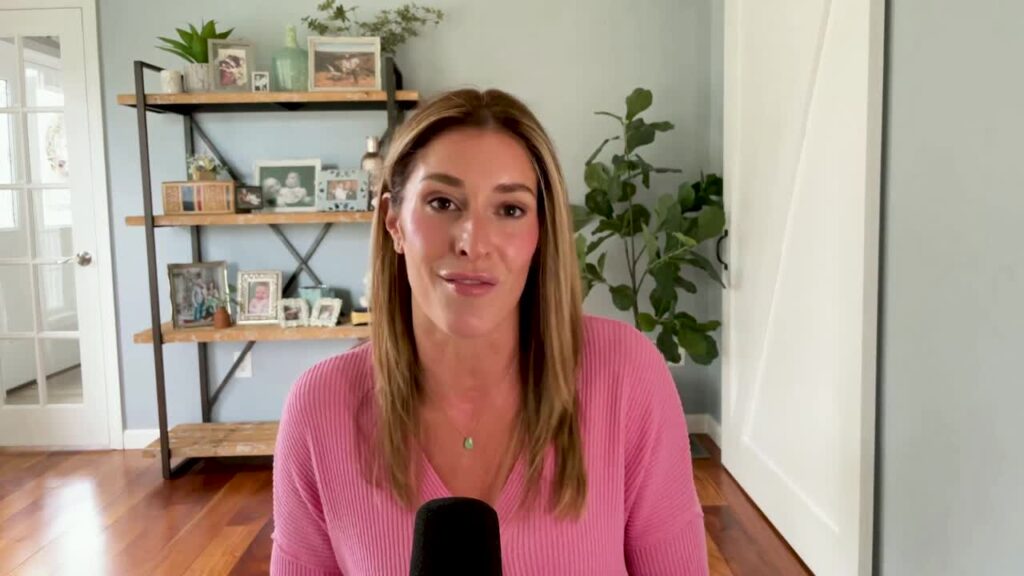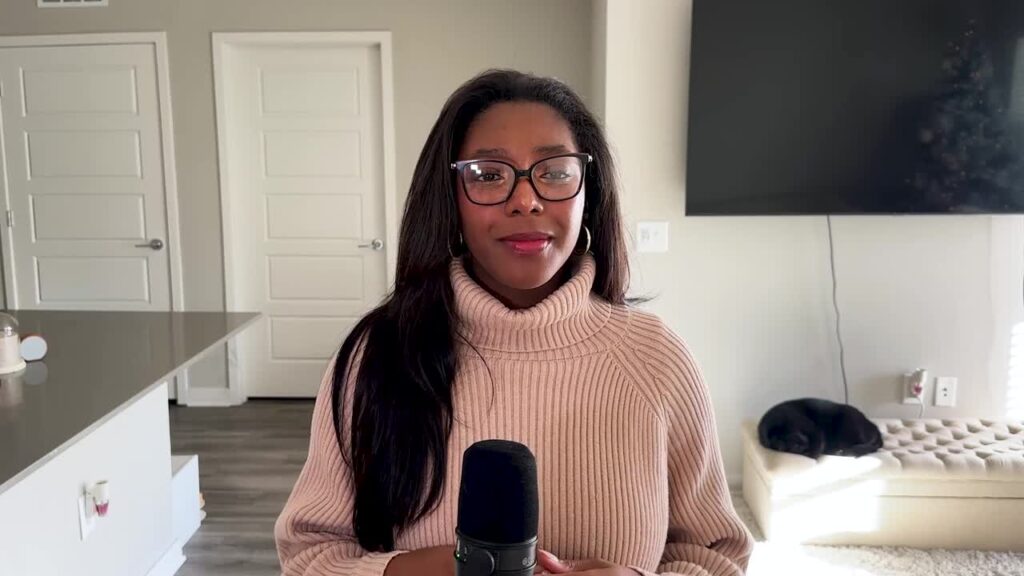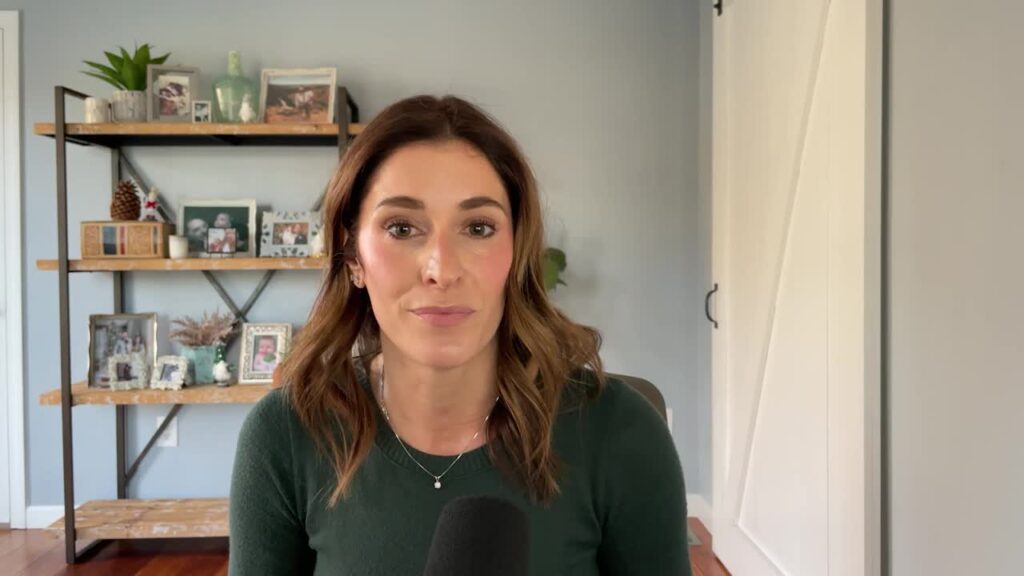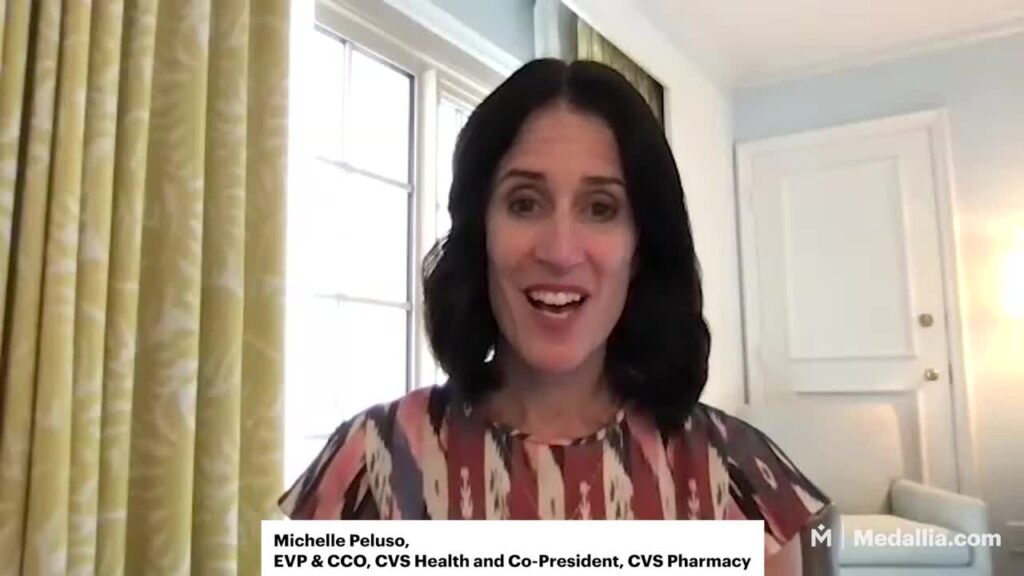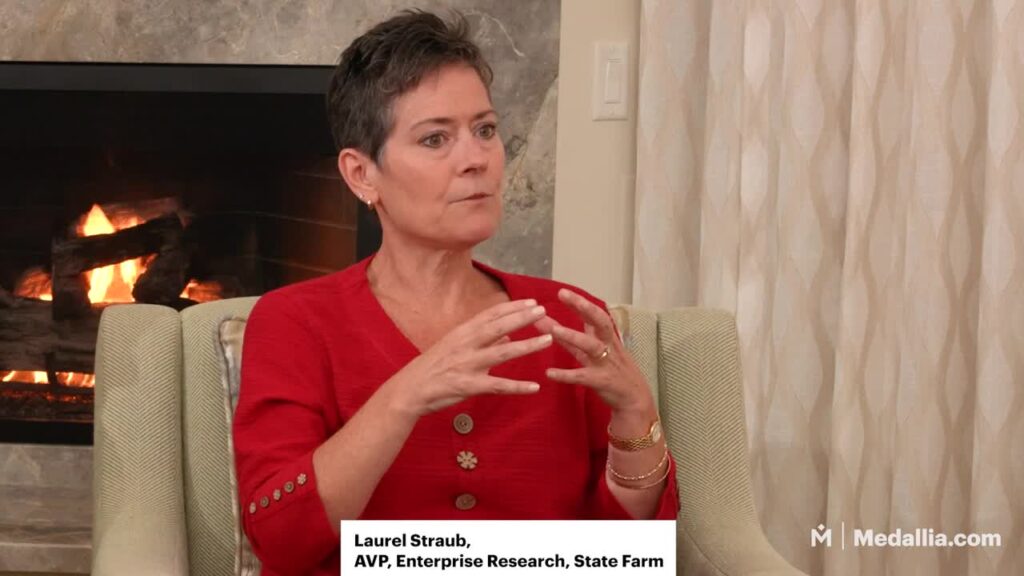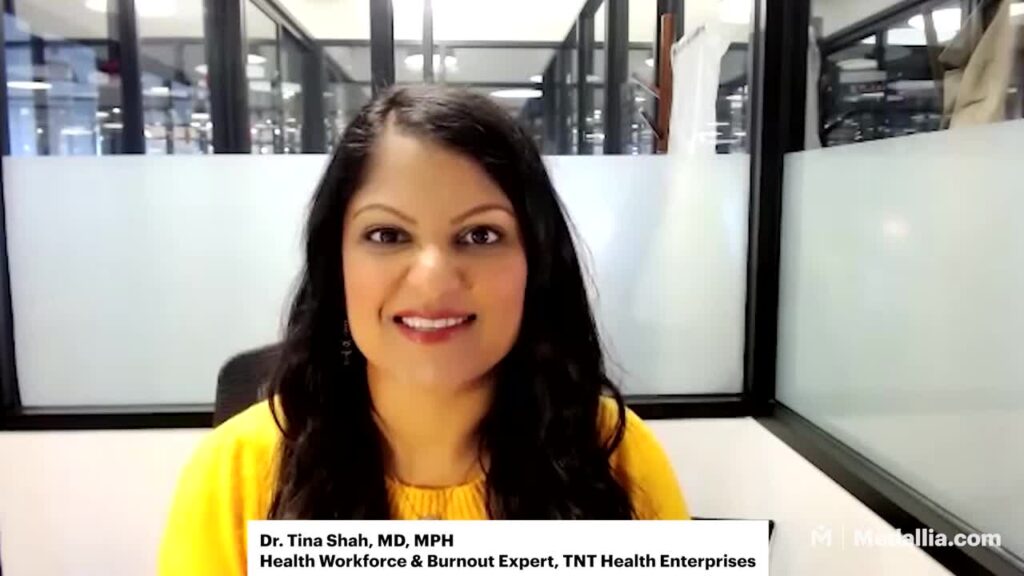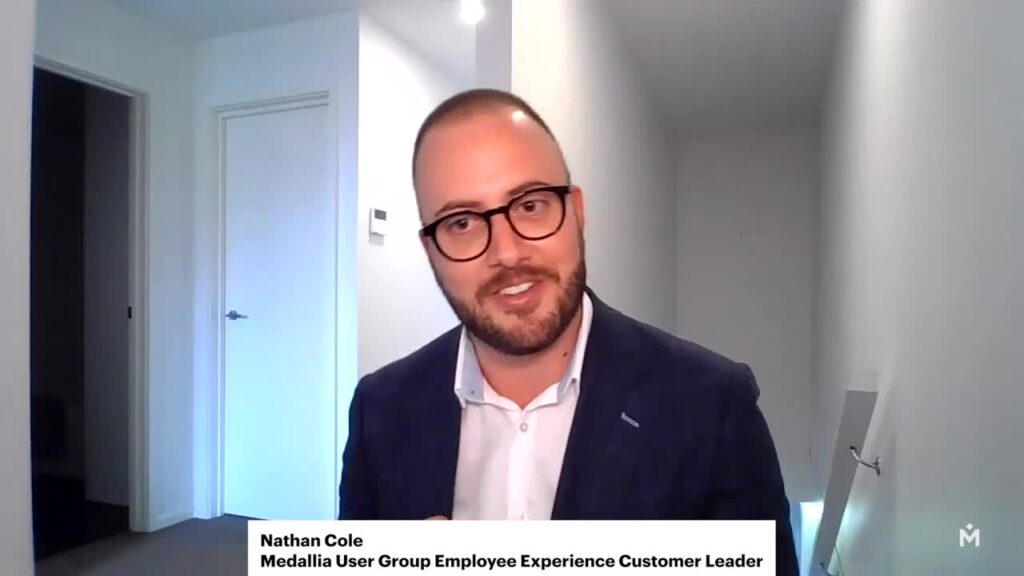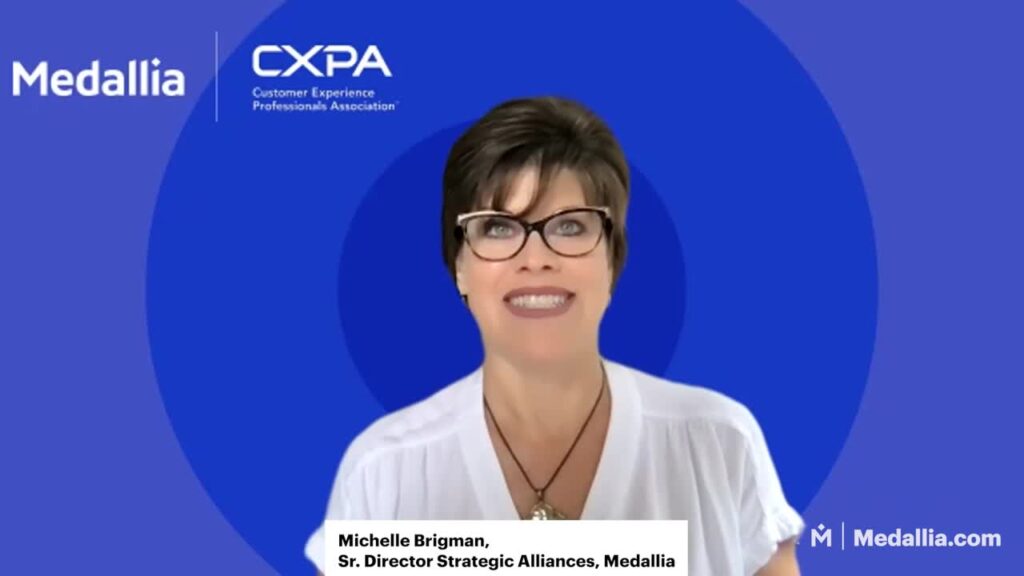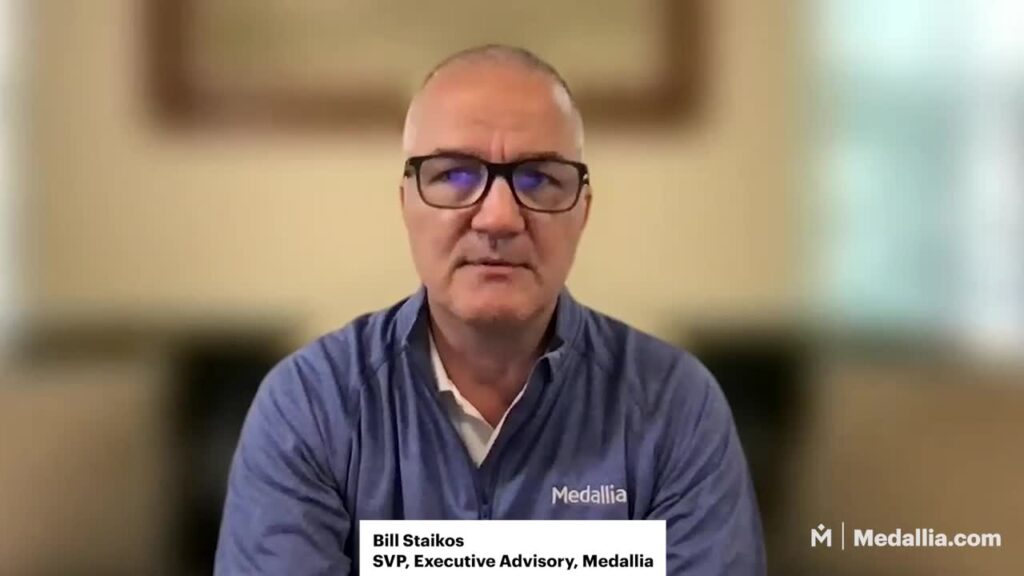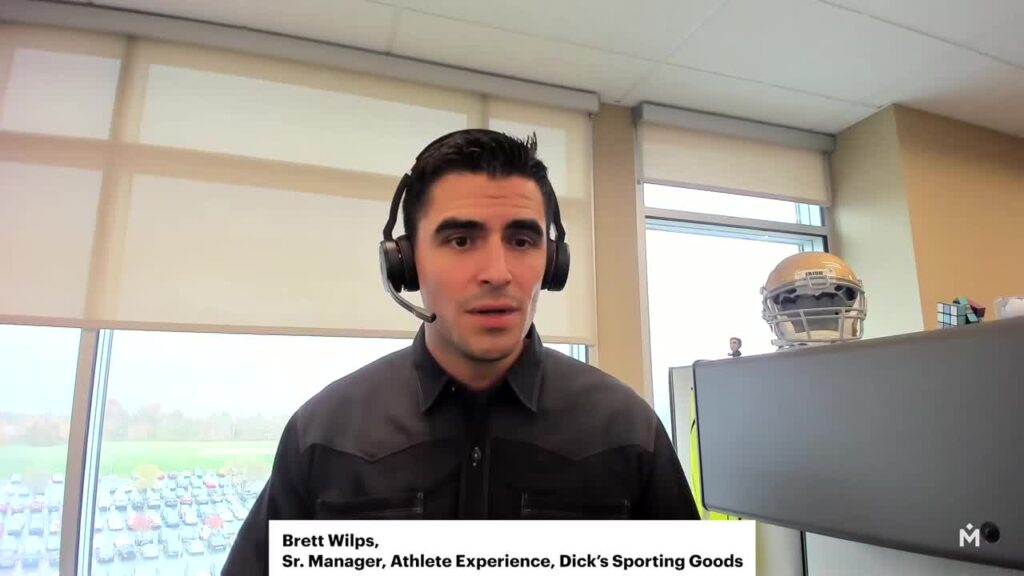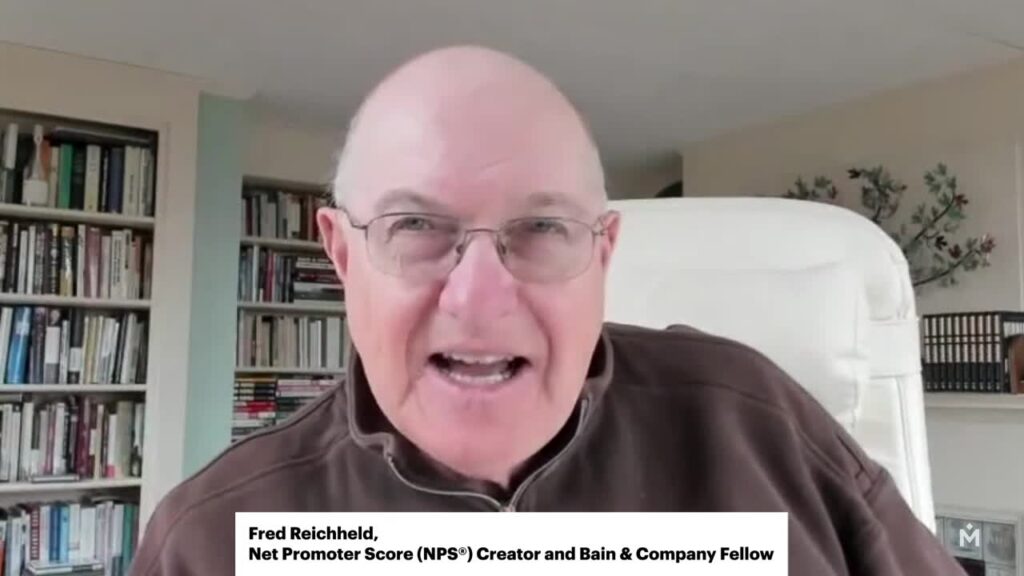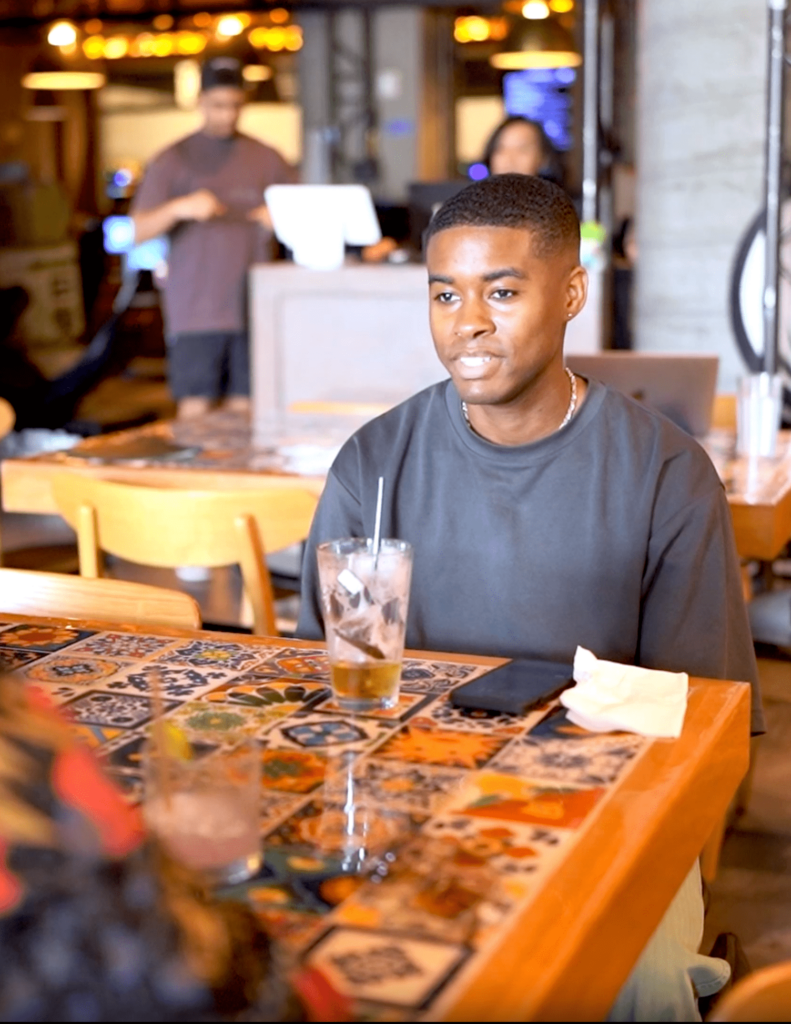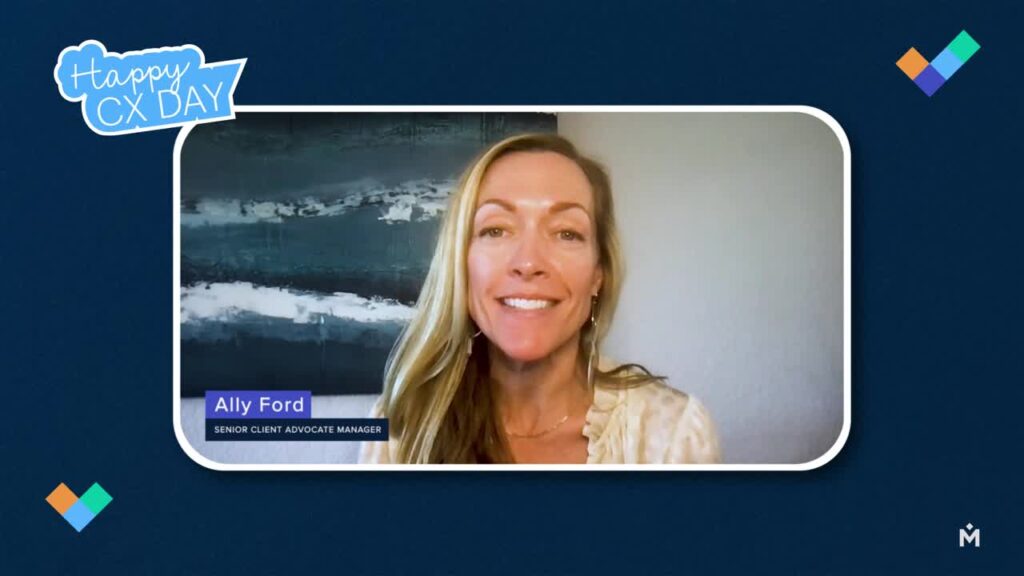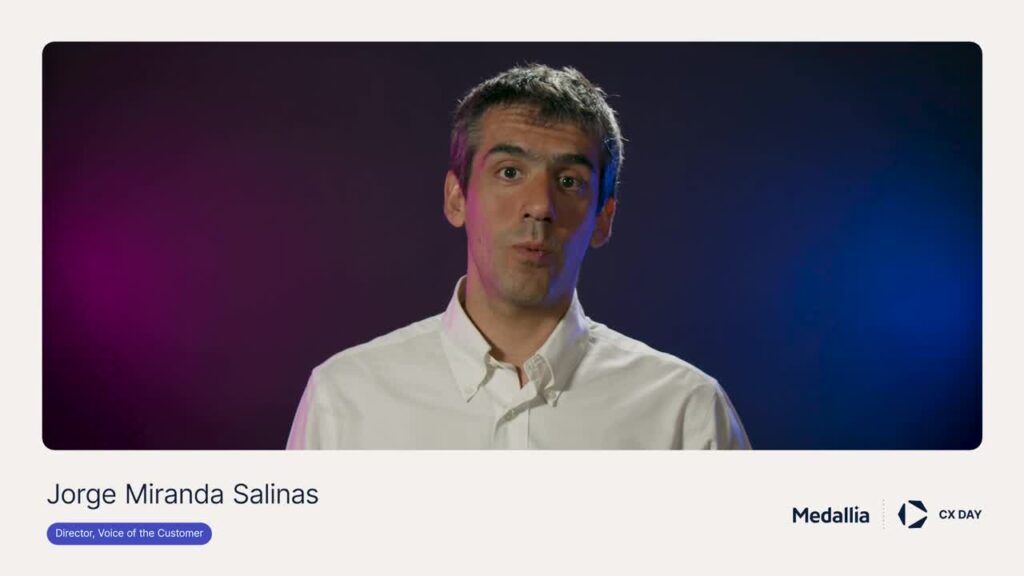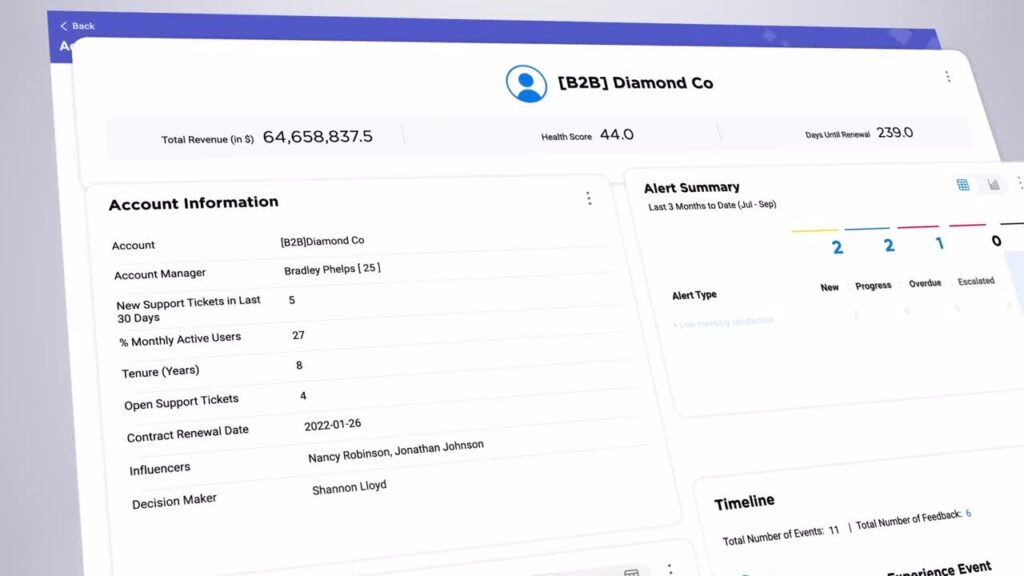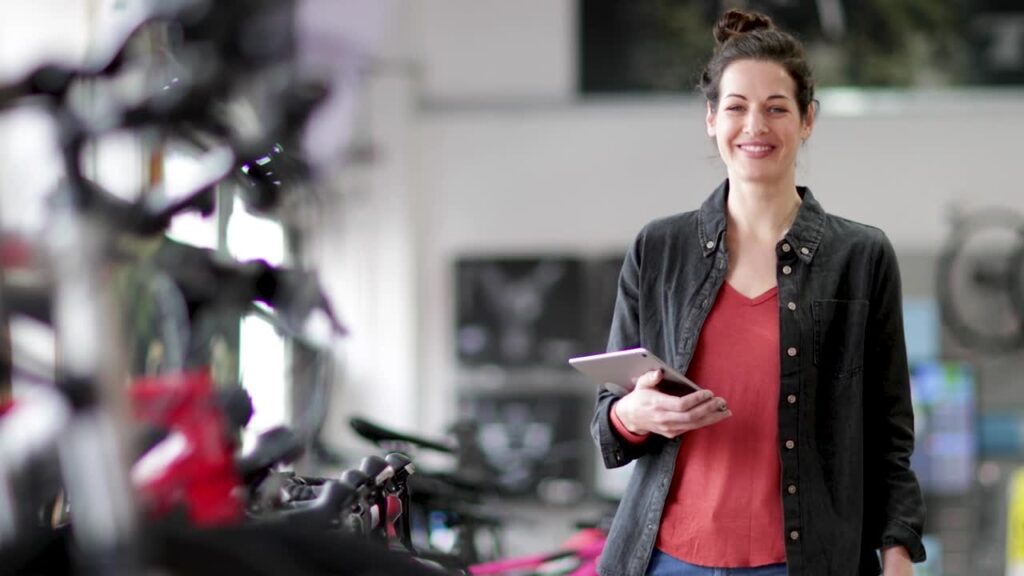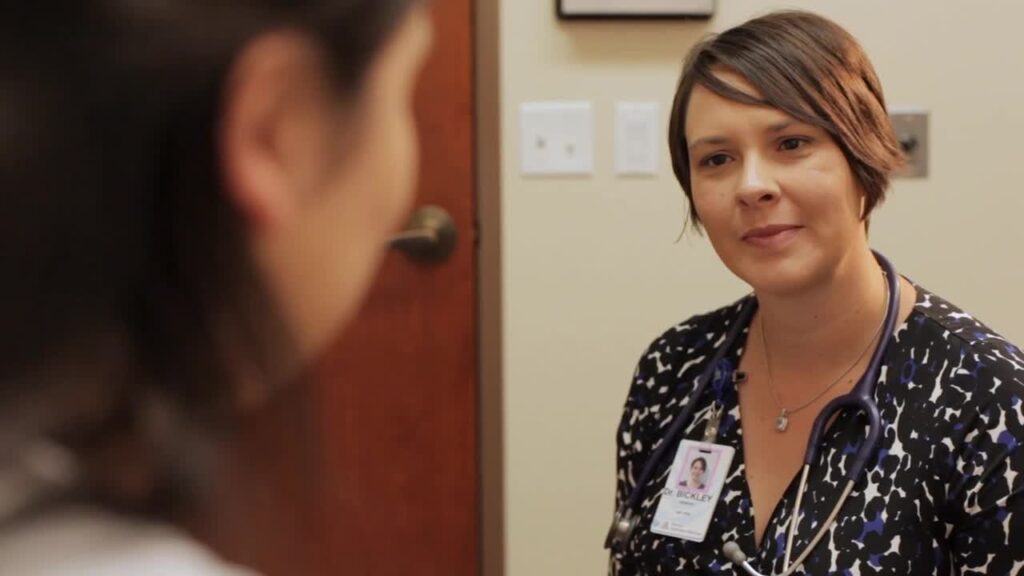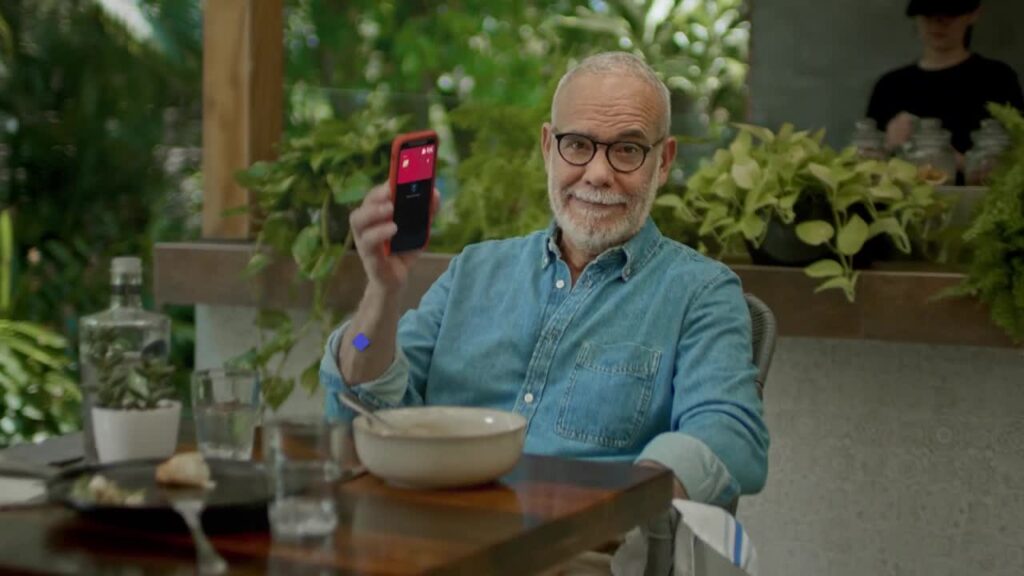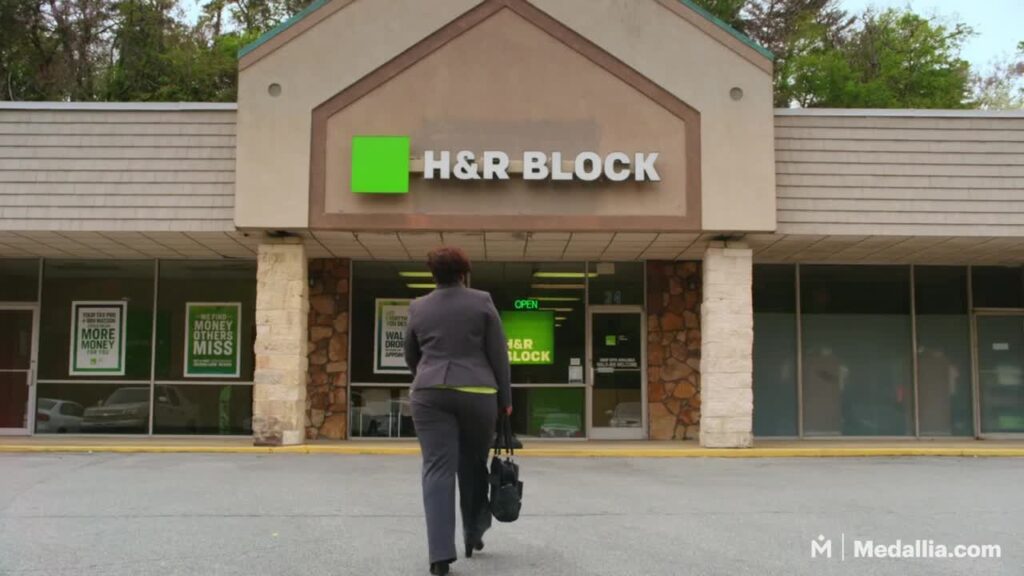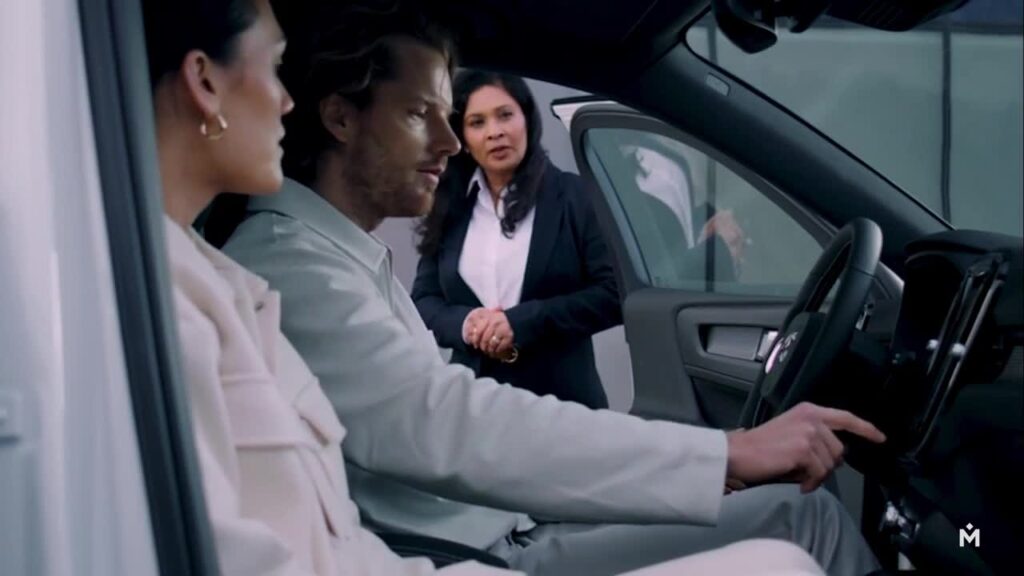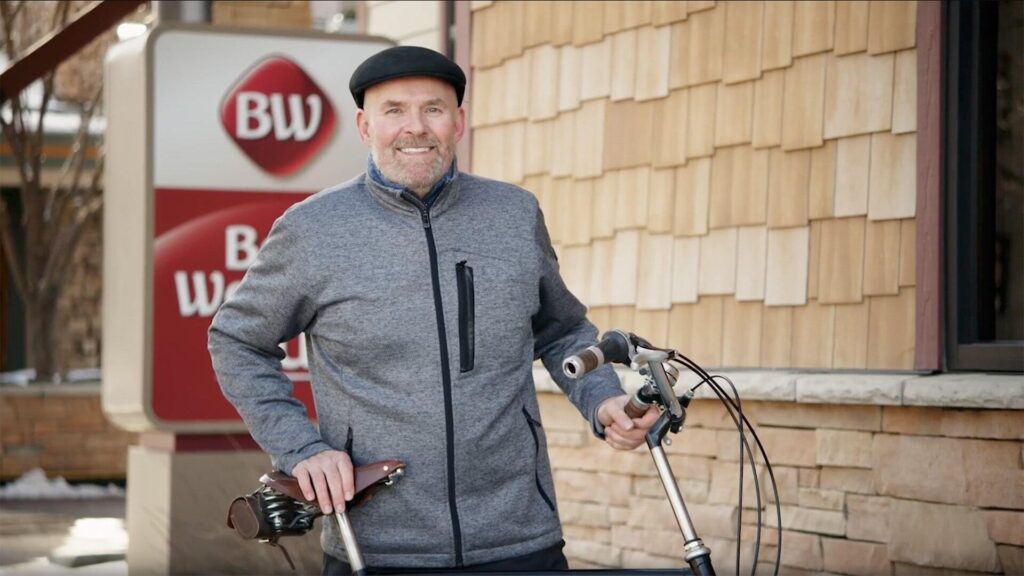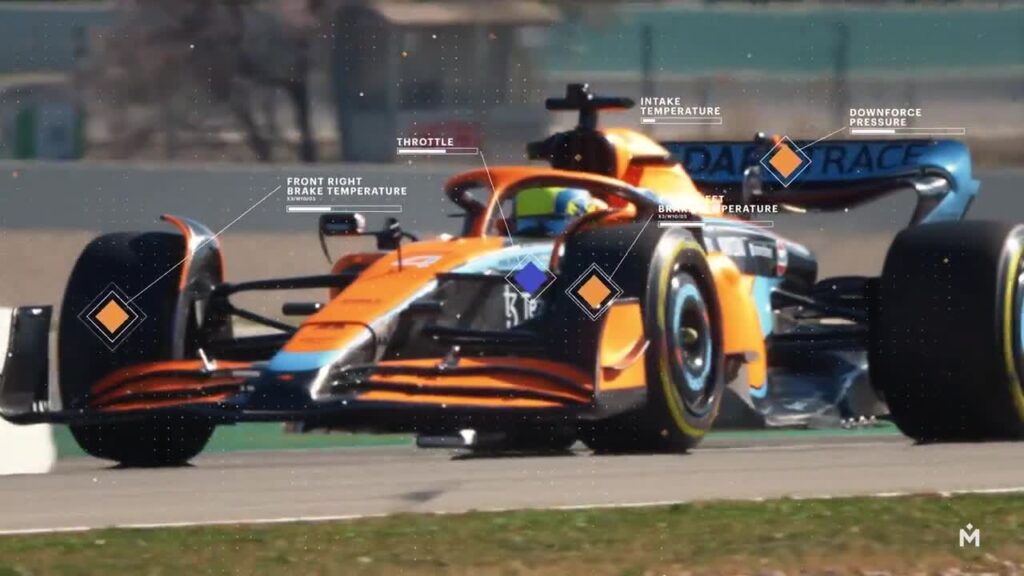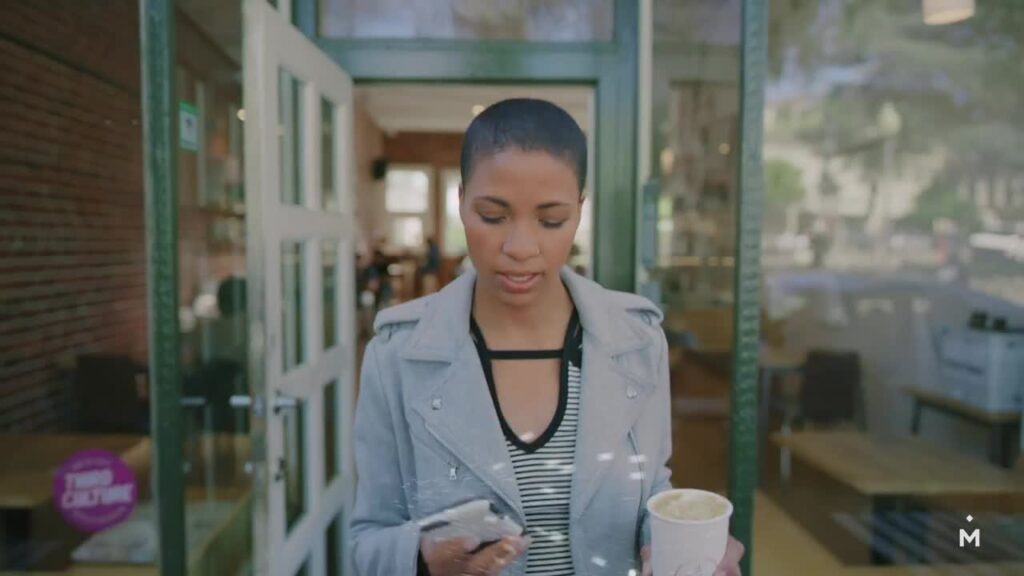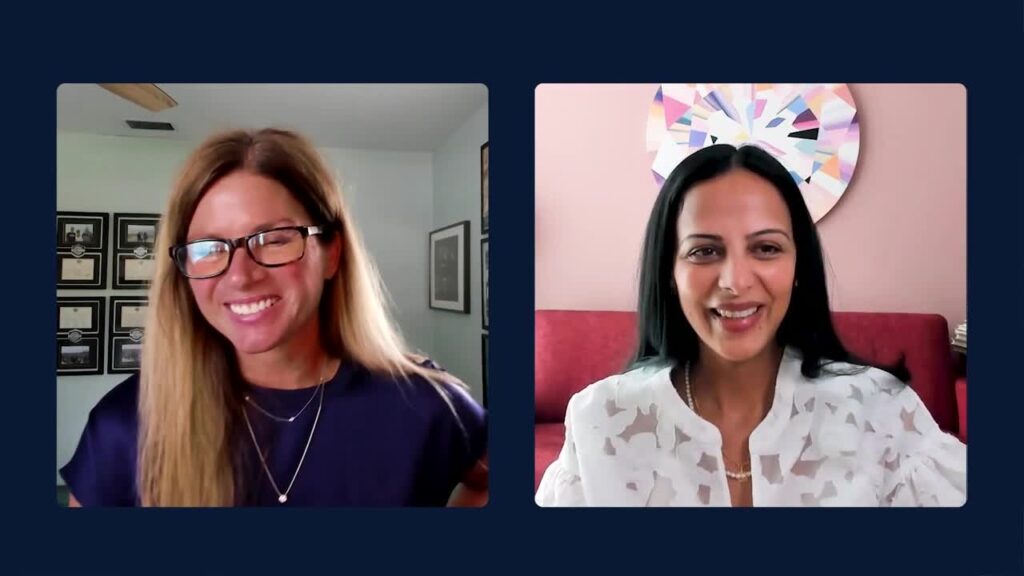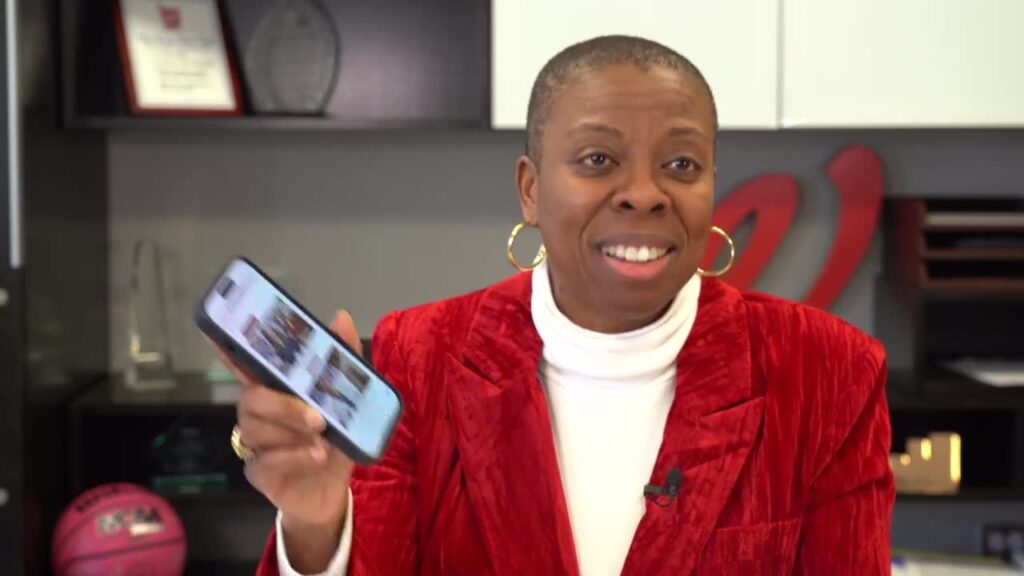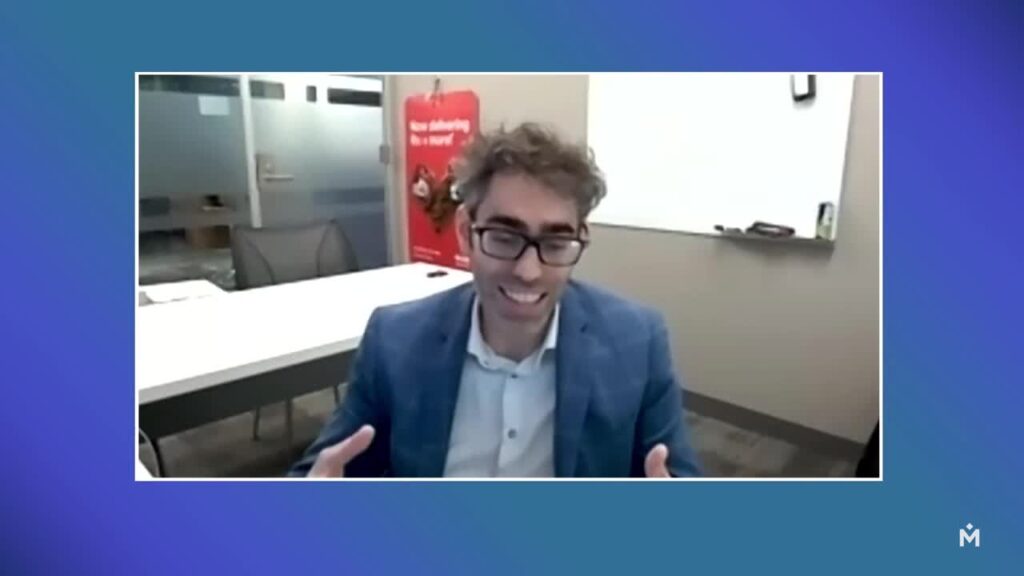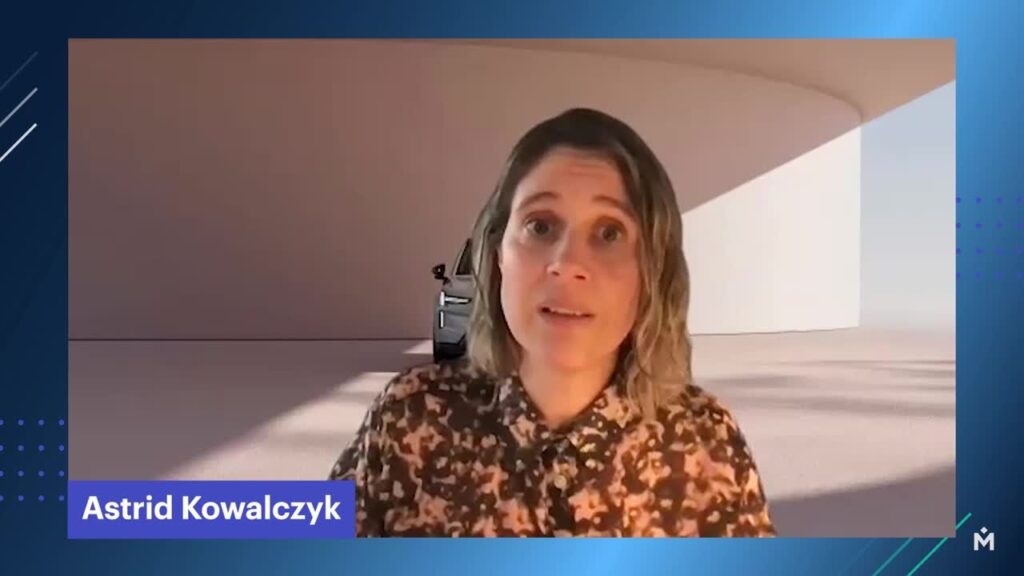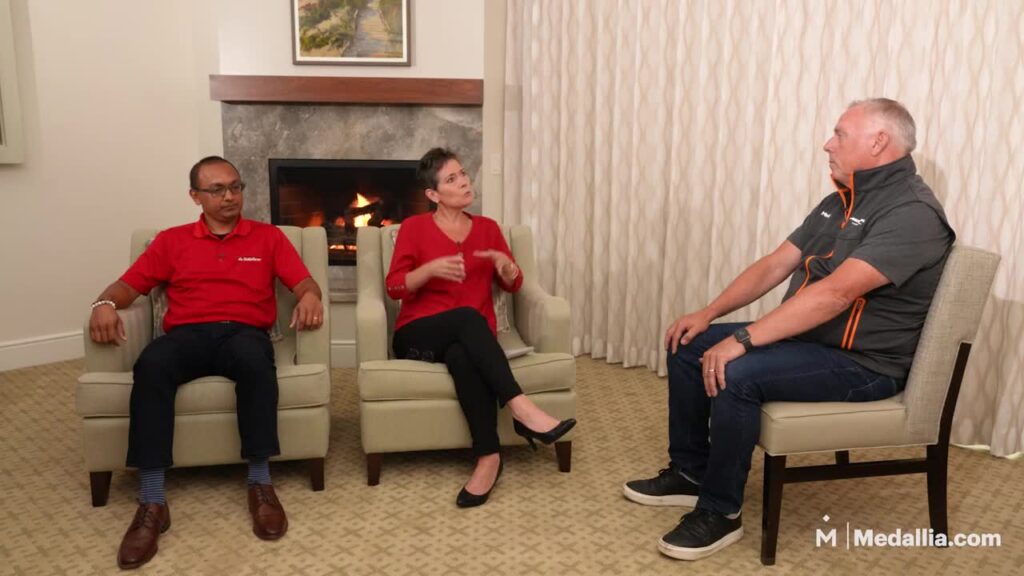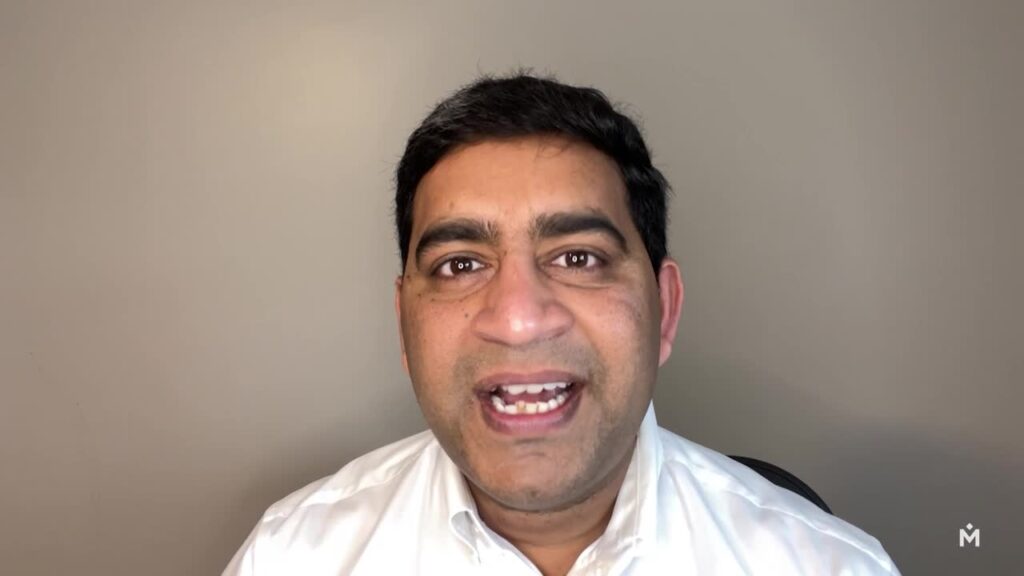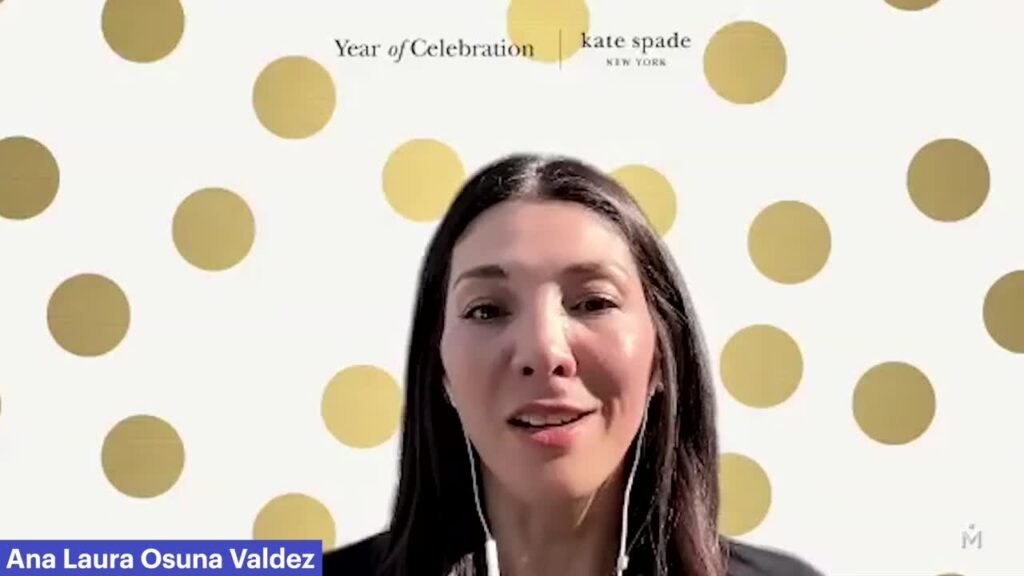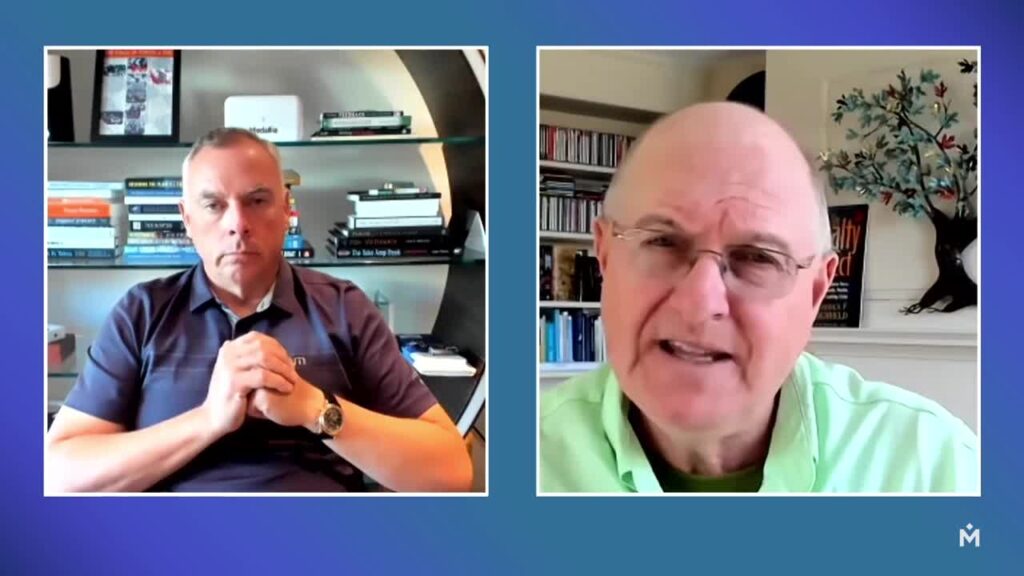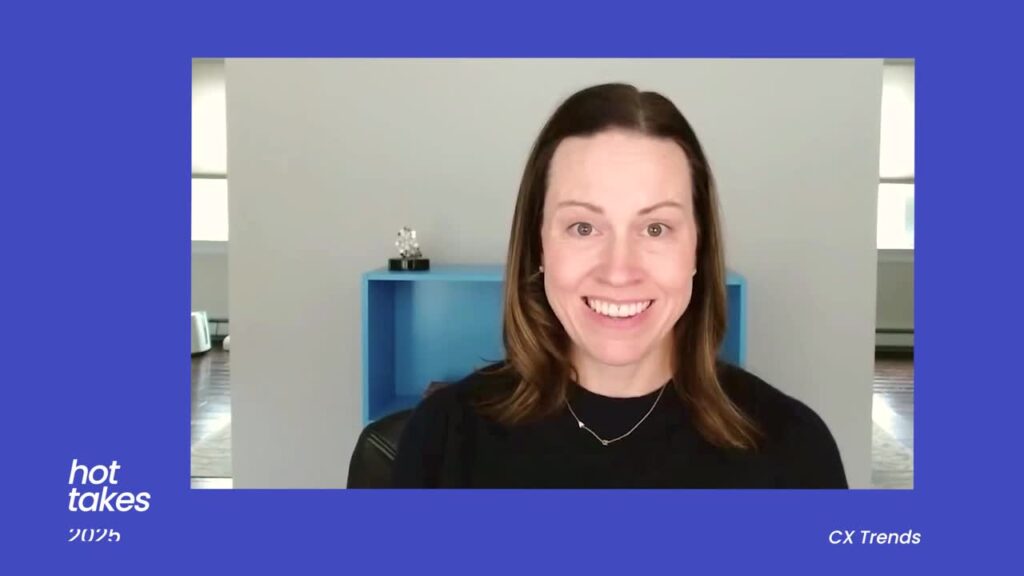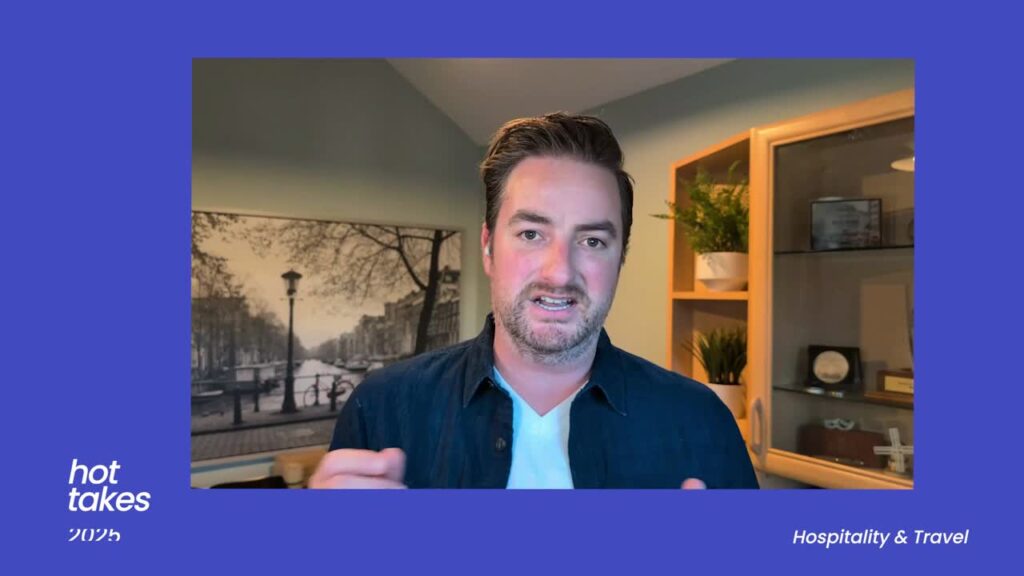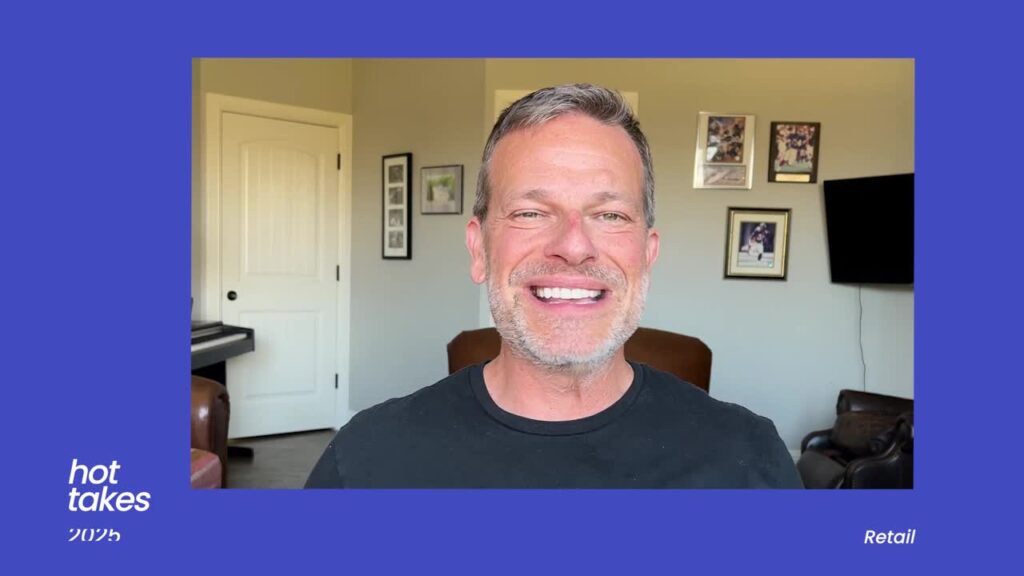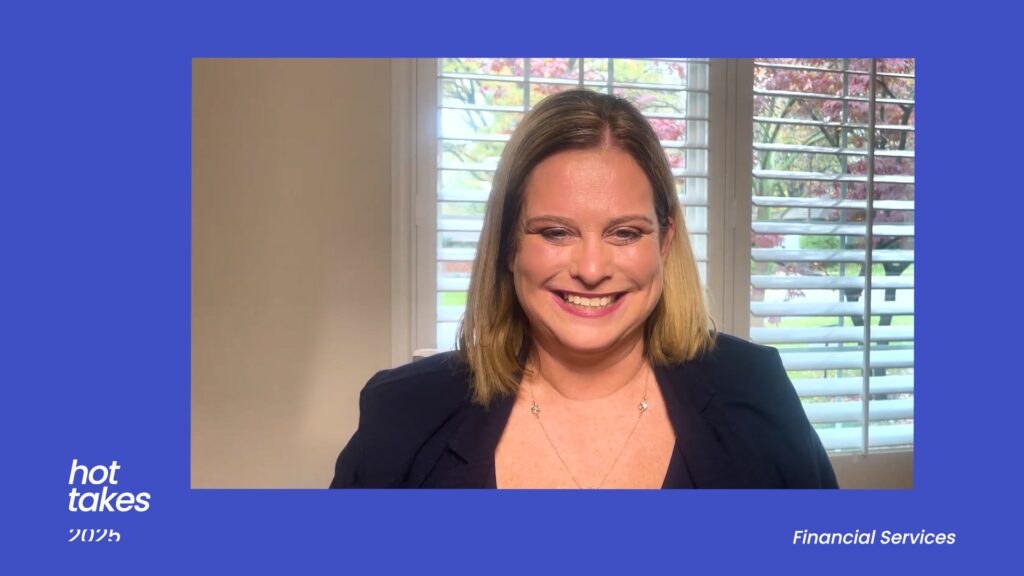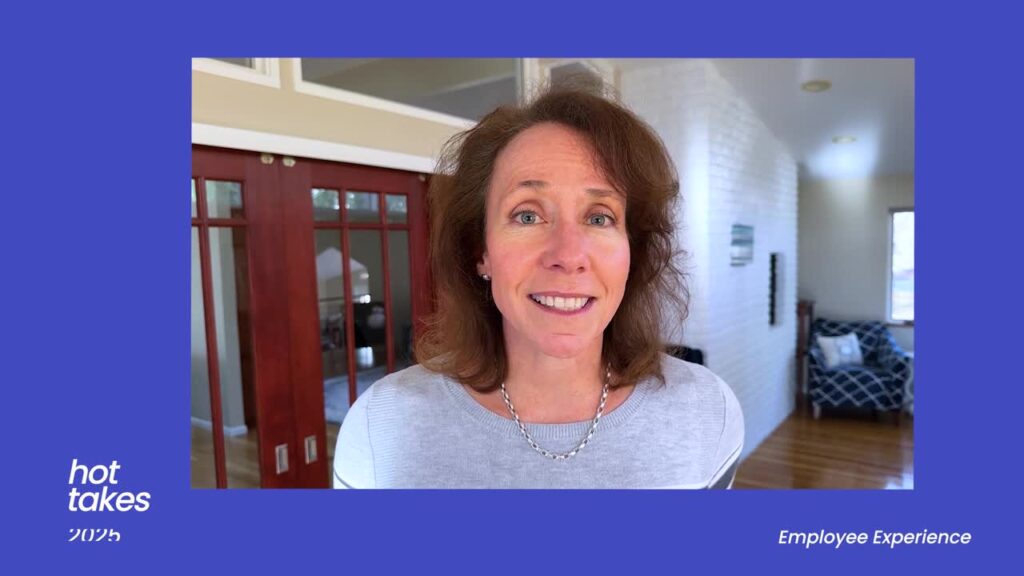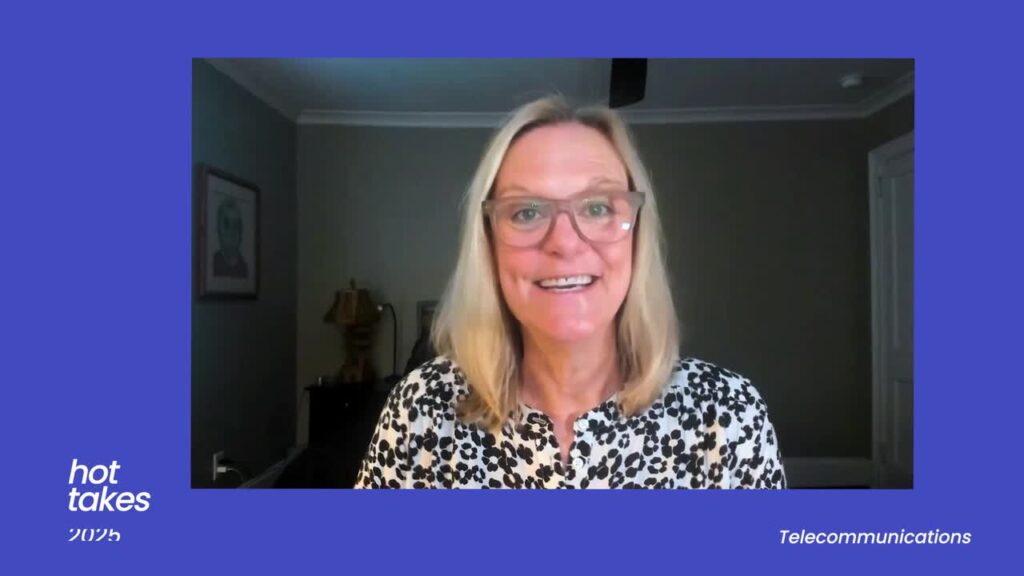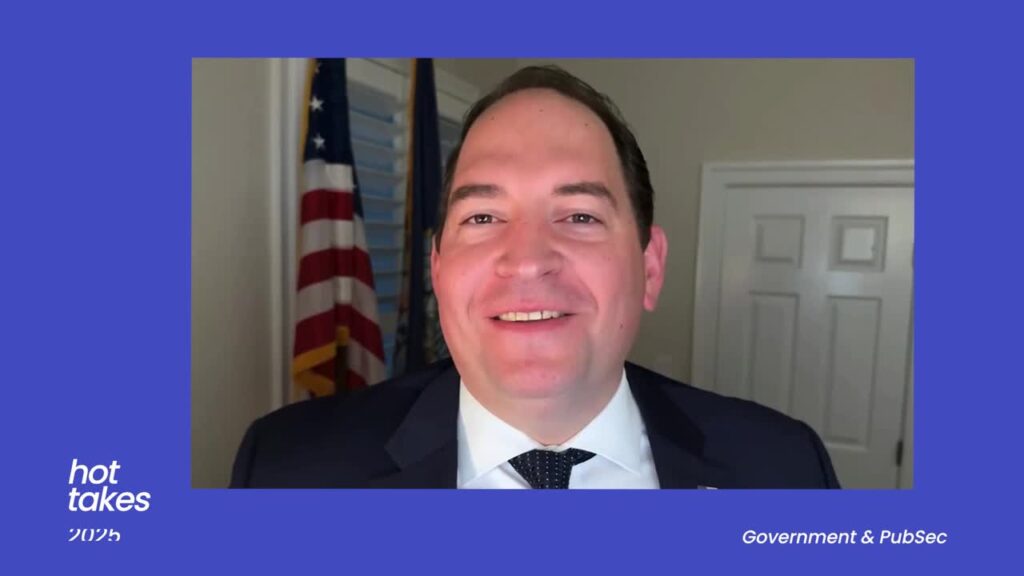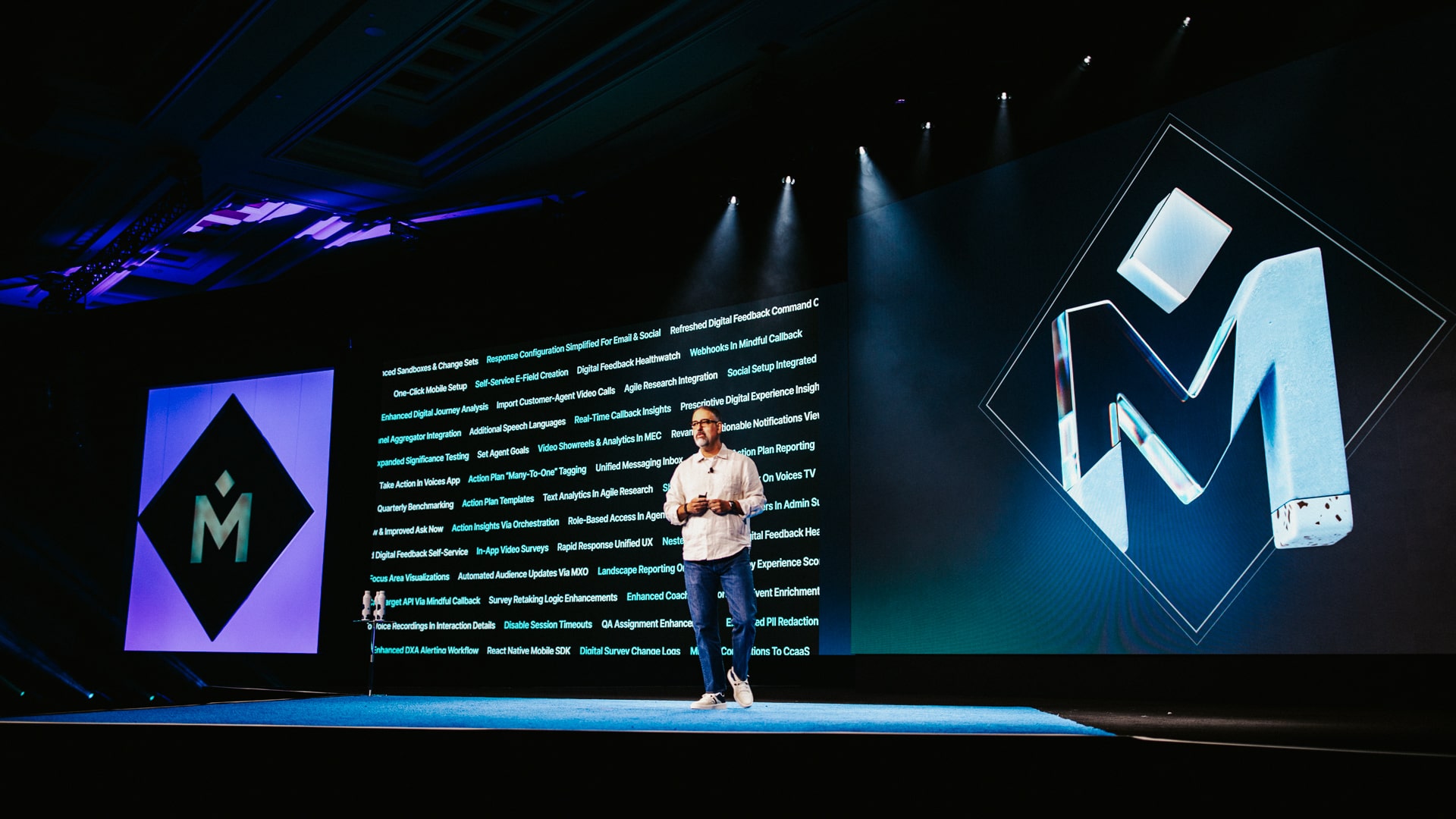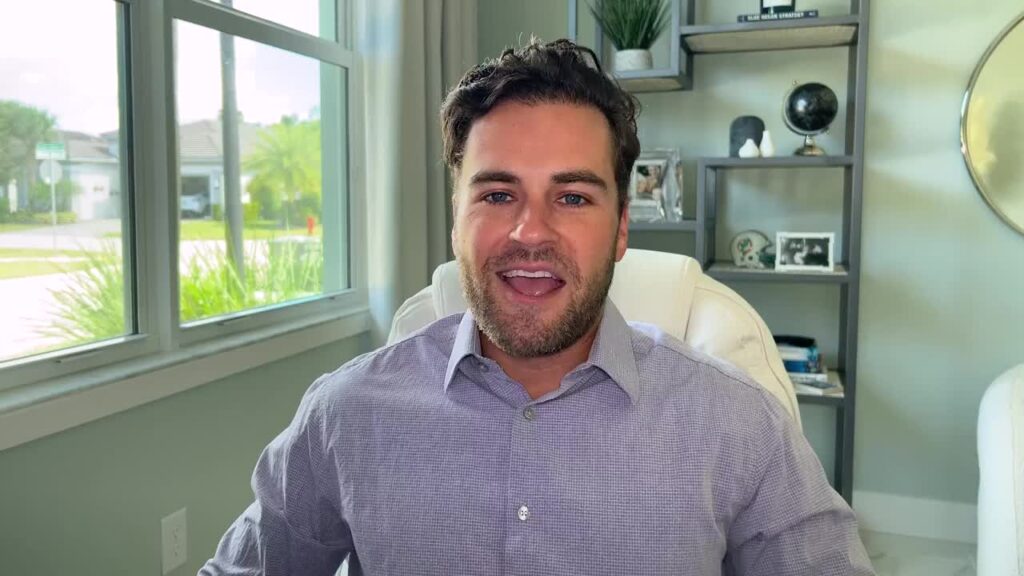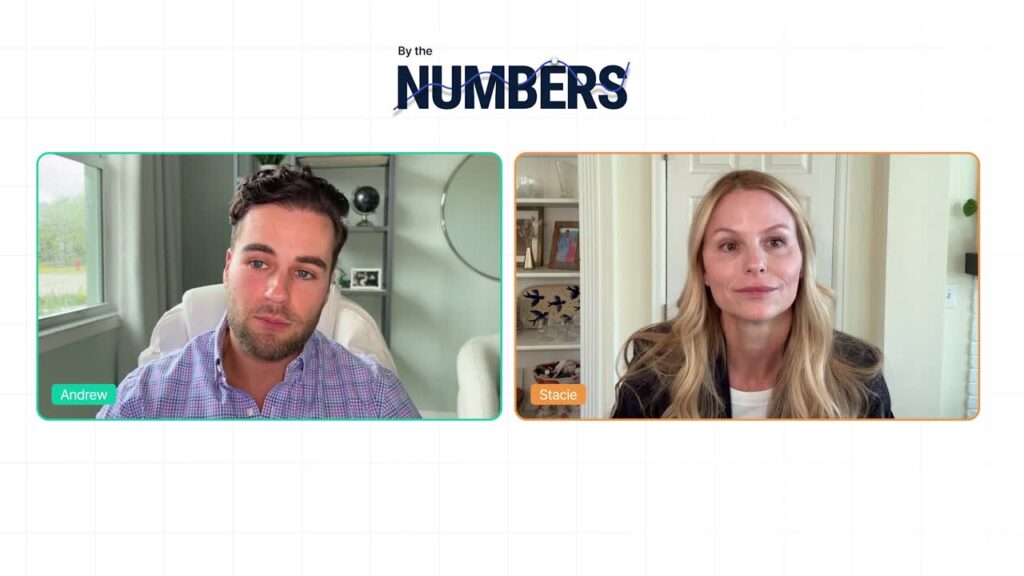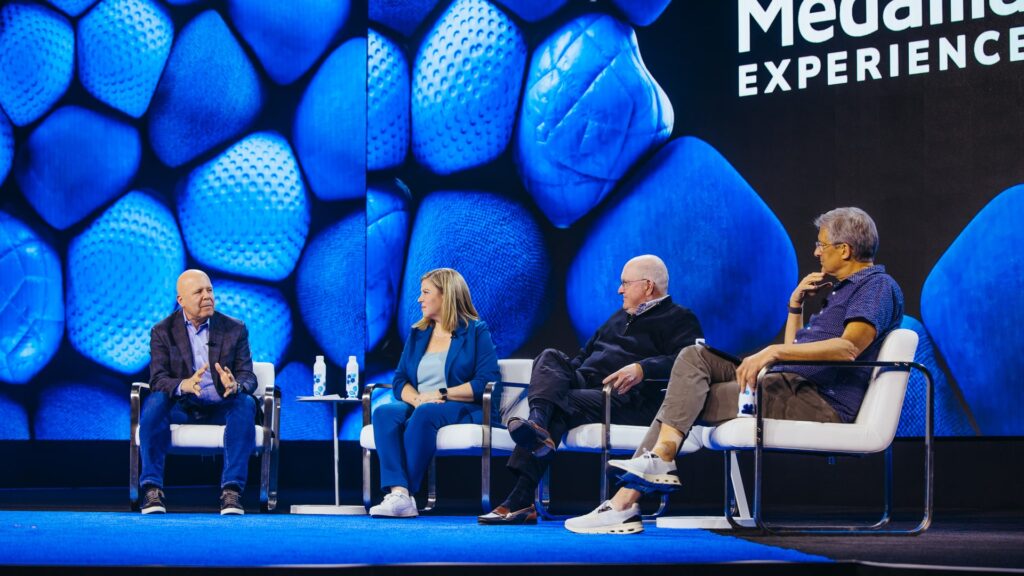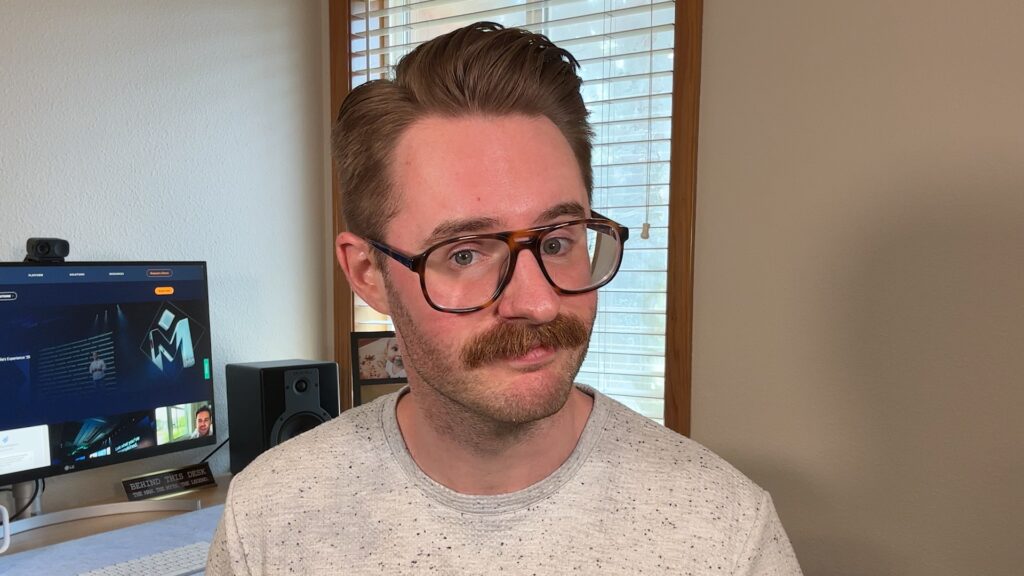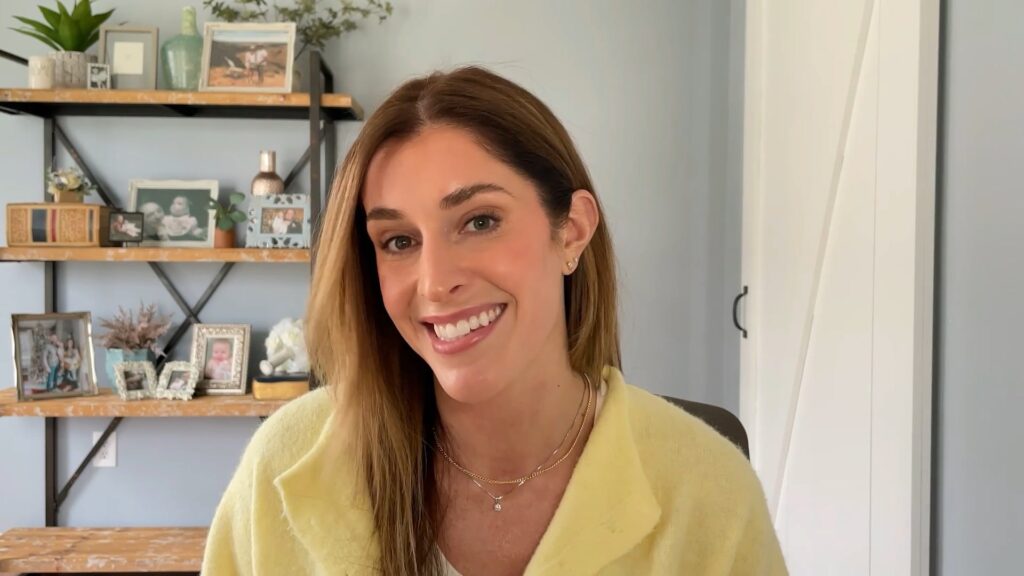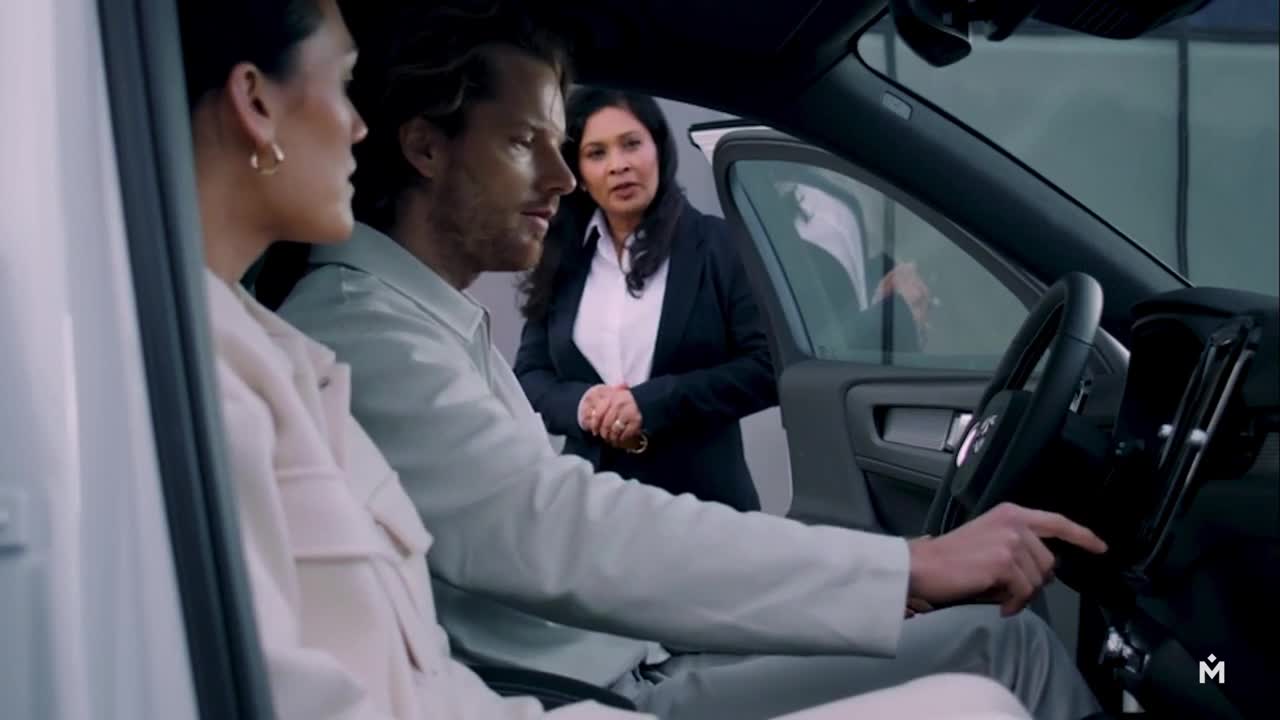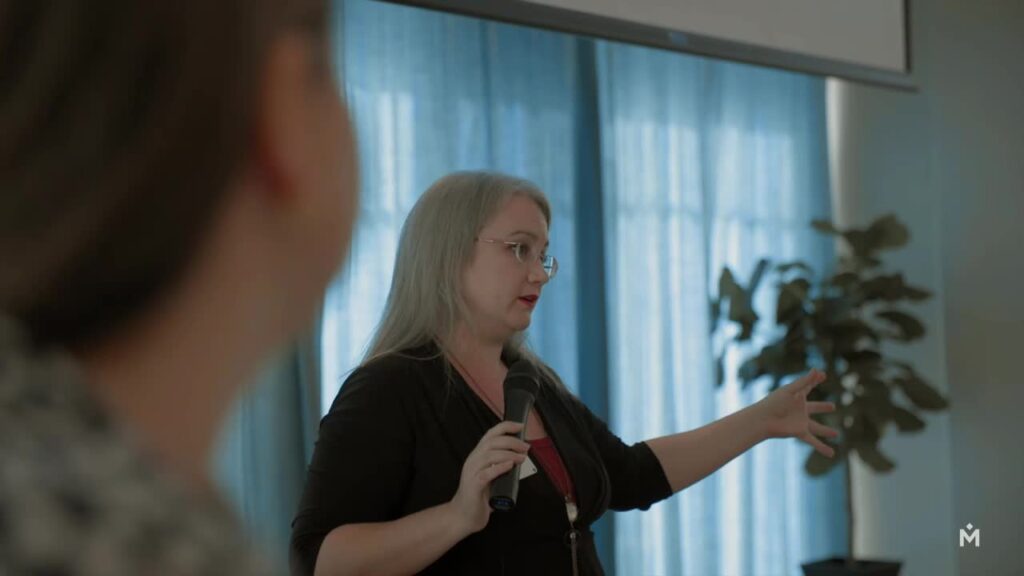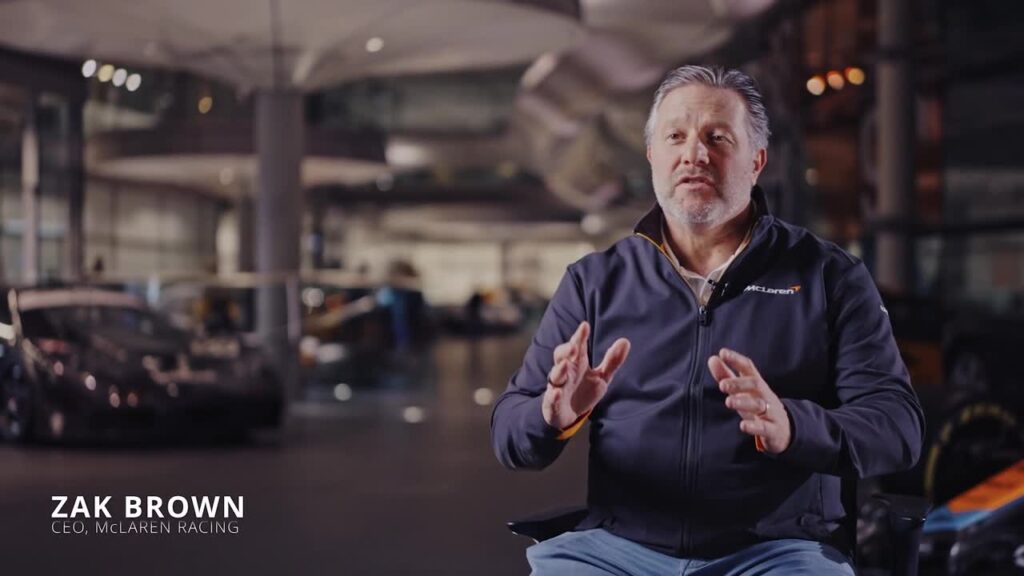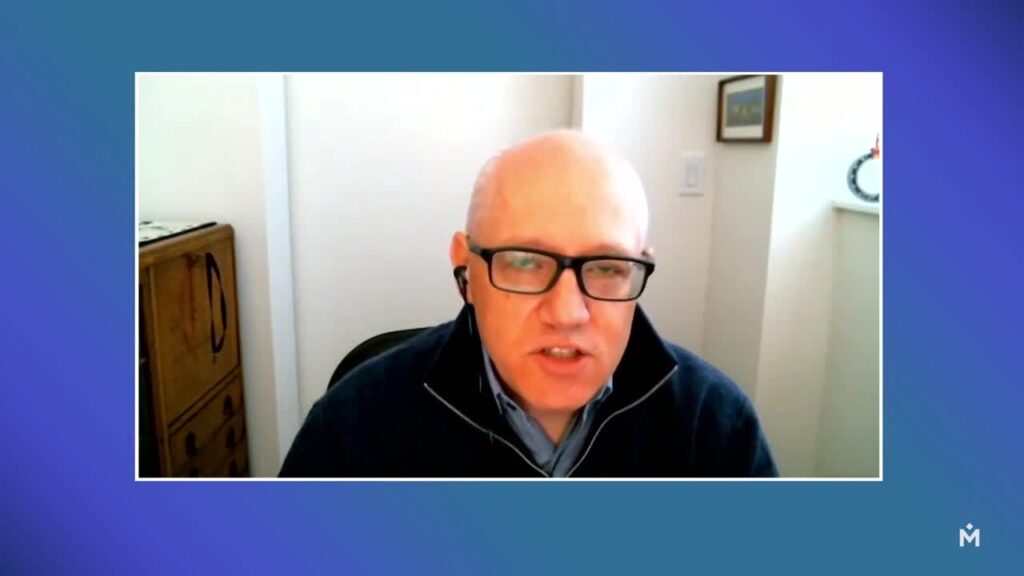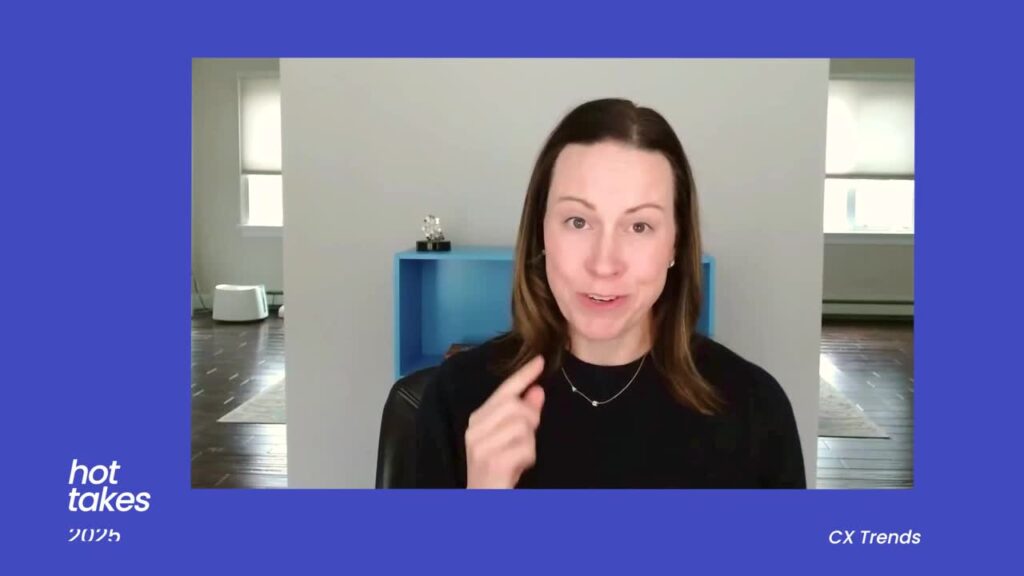Ben Brewer: [00:00:00] All righty. How y’all doing? Good. Show of hands. Who actually got in the McLaren car? And I’m not talking about the simulator. We have pictures of someone jumping in the McLaren car last night. Don’t be doing that. We’re gonna get in trouble. That’s actually the car. No, I’m just kidding. Look, it has been a great afternoon, but I gotta tell you, we have saved the best for last.
Look, we’ve covered a lot already, but don’t worry we’ve got quite a session to wrap up this day. You’ve heard a lot. These last couple sessions around the future of cx how it’s not just about surveys anymore, but about creating an omnichannel connected and AI driven experience that drives meaningful change from data intelligence to real time actioning CX is evolving into a force to power real business outcomes.
Next up we have one of our true pioneers in the space. Someone who’s reshaping how care and CX intersect. Rasim leads the enterprise customer experience at CVS Health where he is empowering [00:01:00] customers across their healthcare journeys. So let’s take a look at what CF is doing to lead the way in the future of cx.
Voiceover: Behind every care journey is a smarter, more connected experience. CVS Health is harnessing behavioral and operational insights through innovative intelligence to turn fragmented data into life-changing actions by blending digital convenience with. Personalized real-time support. We empower customers to stay on track with medications and preventive care.
Our evolving customer experience strategy is laying the groundwork for a more connected omnichannel future driven by data and AI that shape our CX evolution across our many lines of business and unparalleled consumer reach by positioning the unique experiences that we provide our customers as a strategic driver of lasting business success.
We are building trust, improving outcomes, and driving a more [00:02:00] customer-centric healthcare system.
CVS Customer: Please welcome Sri Narasimhan.
Sri Narasimhan: Thank you. So before, before we get started I have a favor guys, and we talk, you’re an experienced audience. It’s a surprise and delight. You get it? My two and 4-year-old are watching the live stream. Okay. And so I want to have a Bono at the sphere moment in front of my daughter. So I was wondering if we, on the count of three, could you guys all say, hi, Ellie and Dev?
We’ll do it together. All right. Ready? 1, 2, 3. Hi. Awesome. I love it. I’m the, I’m now the coolest dad ever. My daughter was calling this my performance, so now, there you go. Thank you guys and I’m really excited to share our story at CVS Health. And I [00:03:00] actually, what I think has really been fascinating about this conference and working with Medallia for a number of years is just seeing the evolution of the space.
My title, vice President of Customer Experience, I told my dad I was getting this job at CVSL. He thought I was a greeter up the street at the store. He was like, I’m gonna be, I’m gonna see you. You can help me, you can help me find the chips. I was like, dad, you gotta stop eating the chips.
But we do way more than that. It’s become an actual science and a discipline focused on analytics. In fact, most of the talks today that I’ve heard in the conversations in the hallway have been about how do we leverage data in the scale of our companies? To advance and impact our consumers.
And I think at CVS, we’re very uniquely positioned in the healthcare ecosystem to do that. I don’t think a lot of people don’t know, but CVS actually owns Aetna and Caremark. So in addition to our 9,000 retail stores, we have a massive insurance business. We have the PBM and Caremark. We also have healthcare delivery businesses that serve patients every day in [00:04:00] MinuteClinic and Oak Street Health.
So at Signify Health, we are, positioned to impact consumer and patient outcomes and cost throughout that ecosystem. And this is a tremendous opportunity if you look at these assets that we’ve put together in terms of the data, in terms of the insight and in terms of the action we can take. And I think what’s been great about working at CVS Health is our interests are aligned to the public good.
And I’ll talk a little bit about this later, but when we do our jobs and we’re effective at what we do. We’re reducing costs, we’re improving patient outcomes. We’re doing all the things that the US healthcare system needs. And so we are, we as we strive to be advocates for our patients as they navigate that health ecosystem.
So how do we do it? We came up with a four part plan. That’s what we do. We’re a corporation. We actually came up with one four part plan, executed it, and then came up with another one. So this is the second four part plan that’s on the, that’s on the screen right now. [00:05:00] And I was looking at it as I was prepping for this.
We could not have used more buzzwords on this slide. We got seamless omnichannel but I think what you’ll see is what we’re really trying to bring to life here is putting experience first. So you keep hearing about differentiation. Everyone in this room has talked about experience being a differentiator.
What I think has been interesting for us in our, in the spaces we operate in. Is, it’s really increasingly hard for consumers to understand the difference between us and our competitors and a lot of what we have as a company. And what you worry about is people are using us, but do they actually choose us?
And that’s what, this is such a core part of our strategy. What we’re setting out to do this year is building, and I’m using the word building, building experiences that differentiate us, building experiences that power consumer advocacy. Building experiences from the start to the finish. Not just [00:06:00] taking your assets that you have and just slamming them together and saying that’s an experience, but actually building it the right way and making those experiences seamlessly connect both physical and digital experiences.
And for us that scope is huge. ’cause I mentioned our huge, our store locations, billions of digital sessions, our call centers. How do we tie that together and put the consumer at the center of it all? So I’m gonna talk you through some examples today. I think be before I, I sit down with Sid and talk a little bit about what we’re doing to go beyond traditional methods of doing that.
I think, survey programs and we have a great one. We have 18 million. I change this number every time I say it. It’s somewhere between 18 and 19 million. My team’s up here laughing, 18 and 19 million pieces of solicited feedback. We have social media data, we have digital session data that we can leverage.
We have that tremendous scope that goes beyond survey data. So how can we bring all of that to life, but to drive action? [00:07:00] ’cause I think what you get caught up in, in our space is getting caught up in the insight, but not necessarily what you’re doing with that insight. And so what I hope will come off the pages here as I walk through these examples is we’re actually doing something with this data.
We’re actually trying to change and impact the experience with this data. And I’m excited to share where we’re going and I’ve learned so much from the room today. This is where the space is. The space is moving from reactive. Like you told me, something’s wrong to proactive. I, in my opinion, all the companies I’ve talked to you today, that’s what we’re doing and we want to change experiences, but while they’re going bad, we don’t wanna wait for them to go bad and then try to solve the issue.
And I think it makes sense. Again, if I know you’ve been transferred twice, I know you’ve been on hold for 30 minutes, sending you an email survey saying, Hey, how was that? Feels pretty hollow field doesn’t feel personalized and in healthcare, personalization is everything. [00:08:00] So lemme walk you through some examples and I think we’ve done some really interesting things.
We actually consulted neuroscientists. ’cause traditionally you would do a, an ad test via some sort of focus group, right? And you get through some ad hoc set of people that you would. That you would talk to and they would tell you which ad they liked. We actually, put helmets on folks, tracked eye movement, did all those things with neuroscientists to understand what were the messages in our campaigns that were resonating the most with consumers.
And what we found was when there is a call to action, the best skin sunscreen for every skin type, actually saying, Hey, you wanna look for the sunscreen? That fits me and fits my skin type. That was more effective than saying something like, live brighter. How many of these messages do you guys see where you’re walking through a store?
It’s just inspire. You’re like, what the hell does that mean? How, how am I gonna be inspired by deodorant? But this is what they’re, this is what, consumers are actually want and it, this neuroscience has uncovered this for us. So we’re using, we [00:09:00] don’t actually have to ask the consumer.
We’re actually using their visible intent. To drive the right campaign for them.
Getting more to like traditional cx. This is one I’m super proud of. W we have linked and I talked a little bit about seamless experiences between digital and physical. So digital in this case and call center, we linked ca our digital experience is Sessions, two calls and we track it as something called call after rate.
So if you go on digital and you, 48 hours, you call us, we track that number. We assume that is a failure in our digital channel. And we’ve linked it to session replay data so that we can actually link errors that are occurring on our site navigation frustration to actual calls and value. So now when we go to our engineering team and we say, Hey, you need to address this [00:10:00] issue.
They know the impact, they understand what it’s doing to our consumers and they understand it’s driving this much call volume and that’s a failure. So we are doing this at scale and we’re uniquely positioned to do it because in the insurance business you have to authenticate in both channels. So we’re able to connect that data.
And this is a lot of what I think I’ve heard today from Medallia leadership and in some of the breakouts and keynotes is tying this information together. ’cause yeah, the call ended up in your call center. That’s not where the problem started. And I think what we all do and what we’ve done in feedback systems is we’ve all said, let’s solve the problem in this channel.
So we only look at one piece of the story. No consumer is thinking, this is my CVS Health digital experience. This is my call center experience, this is my store experience. It’s just my experience with CVS Health. So threading this together has really been a huge unlock for us in terms of driving change and improvements in our sites.
The other thing we’re doing is we’re trying to do [00:11:00] imputed NPS and in our Medicare business, we have actually scored every single customer with an NPS score. And that is just great. It’s just cool. So like I was like, yeah man, that’s cool. We did it, but what are you gonna do with that? And what we’ve done with it is we’ve focused on closing the loop and using technology like AI and things like that to reach out to those detractor population.
We’re getting to them. We’re actually using this to broaden the scale of what we can do in terms of outreach and service recovery on an annualized basis. If we just pick up the phone and call when someone sends us a survey and this is across our enterprise for detractors, around 2 million people, we do it.
That’s what we do today. If we can actually impute and understand if someone’s a detractor without having to ask and broaden that scale. And then use AI to reach out to them to reduce resourcing asks, we think we can get this to 25 million people that were addressing their issues and potentially [00:12:00] creating promoters out of that.
’cause we’ve got great data that shows that if you actually reach out to somebody who’s a detractor, you can turn ’em into a promoter. And in fact, when you ask people what their most, their worst experiences or their best experiences, most start with something terrible. This went wrong. But then the company did X, Y, and Z to make it right.
So this is huge for us. It’s gonna create a tremendous amount of scale in our business to reach out and drive service recovery. Really excited about this one nerdy detail that I will tell you. In businesses like ours in insurance, it’s really easy to pick out detractors, really hard to distinguish between passive and promoters, between what they tell you and what is what they actually are.
And that tells me that this is an industry ripe. For surprise and delight, like what you guys did for Ellie and Dev, because operationally there’s no difference. Like a passive in our business is probably having the same [00:13:00] experience as a promoter. What can we do to go above and beyond and create that promotion, create that brand love and that loyalty?
The other thing we’re doing is trying to power advocacy and this is where Medallia’s been a tremendous help with us. We’ve been using the social promote feature on Medallia. I’m sure many of you have heard of it and use it. But what it’s doing and it’s allowing us to direct, we do it for all of our experiences, but we’re allow, we’re driving more review volume and in our retail stores, those folks perform so well.
Positive review volume to the stores. There’s some huge numbers here in terms of MinuteClinic and also retail. Being able to drive that positive review and get that message out and have those people advocate. So it’s turning that feedback into more and more scale. We’re actually creating promoters.
It’s not just saying, I got a promoter on the page, right? This number is a promoter. You’re saying, oh no, we’re gonna make them a promoter. We’re gonna get their message out there and let other people see it. Huge focus for us this year. It’s an enterprise focus. [00:14:00] Really get the message out. Get people to say they love CVS, ’cause that’s important for our business and for our growth.
And actually the other focus there is get people, like our colleagues to love CVSL. Focus on them too. Make sure we have brand love internally and measure their sentiment towards our own brand and specifically in our Aetna business looking, you can’t ask other people to love Aetna if our own employees don’t love Aetna.
So how do we make sure that they do and they become brand ambassadors too? So advocacy, empowering advocacy has been a big focus of ours and will be throughout the rest of this year. Okay. I had a conversation with sit backstage about this one and a few times today around pa around outcomes and ROI, I gotta tell you and maybe this is a little punchy at the end of the day, we’ve all been in Vegas for a couple days.
I think that’s the dumb when I get asked what is the ROI of customer experience, I just think it’s the dumbest question ever. It’s like asking someone, what is the ROI of doing a good job? They’re, you do doing your job well. What is the ROI. And I think we [00:15:00] get it all the time. Everyone in this room has gotten this question.
I’m trying to change the way we think about it. And in this, what we did here, and this is a study we published publicly, we are looking at did we have an impact on the patient on their life? Forget about us. The way you measure customer experience is an incremental revenue growth. That didn’t mean that you delivered a great experience.
What it mean? What we’re looking at here is did they, did we improve their medication adherence? Did we reduce their cost from going to the hospital or ER visits? Did we impact those things that matter to them? Did we make them healthier? If we do that and we do that the financial outcomes will fall out of it.
And I guess that’s a little Pollyanna, but I really, truly believe it. And I think sometimes we just get so caught up in. What is the ROI of our existence? And I think we should turn that question around what’s the ROI of doing a good job of serving your client well, of serving your customer well, and [00:16:00] I get that we have to make the decisions based on this data, where to invest and where to put our money.
And I agree in those situations you may need to look at ROI, but that fundamental question of what is the value of a great experience is not a question at all. And I think if you’re, look what customers are the best mirror and as long as you’re looking in the mirror. And you’re willing to improve what you’re doing and your efficiency for them, the outcomes will be there.
And I, I believe that in my bones, so I’ll get off my soapbox for a second, but you don’t need to, you don’t need to trust me on that. We get 20,000 videos from our customers using the Medallia Living Lens platform. And when we deliver a great experiences, we see things like you’re about to see right now.
And our customers tell us how much they love us. So why don’t you guys take a look?
CVS Customer: My kids were sick. I had to take them to me clinic at CVS, and it was the best. It was so fast. It was [00:17:00] so good. They treated us just like I knew they were. CV as Minute Clinic CV As Minute Clinic. You are the best. You really care.
The scheduling was easy. So happy that we were there. CVS Mediclinic, guess. Thank you. CVS.
Sri Narasimhan: Good up, Sid.
CVS Customer: Thank you Sid.
Sri Narasimhan: Yeah,
Sid Banerjee: man. I’m wondering if we’re ever gonna get any of our customers to sing songs about medallion. Just wondering. I’ll think yeah maybe later tonight. After a few I’ll, okay. That’s actually touching. I love it. I really love it. I’m gonna just pull up my notes here. First of all, hi Ellie. Hi, Dave. Okay, good. Wanna make sure I didn’t miss it? That was behind the stage earlier.
Sri Narasimhan: Sos speaking of feedback, she’s gonna gimme [00:18:00] feedback. She’s gonna say she doesn’t like my shoes or something. Okay. I’m gonna have to deal with that.
Sid Banerjee: So first of all, thank you for the introduction.
I think it gave us a good overview of just generally, the ethos around CBS’s CX programs and why you do what you do and how you do it. What I wanted to try to do is take a few minutes to just drill a little bit deeper into some of the the programs you have and what you’ve learned as you’ve evolved your, your best practice over the years.
You mentioned some of the work you’re doing to stitch together digital and call data and imputing and NPS. I’d love to just get a maybe a little bit deeper view on how you think about unstructured data more generally. Whether it’s call data or digital data or other things. And how do you think about using that more actively?
As a leading indicator. One of the comments you mentioned earlier.
Sri Narasimhan: Yeah, I mean I think, we all as companies sit on mountains of information.
Sid Banerjee: Yeah.
Sri Narasimhan: And it’s really, we generally know when the experiences have gone wrong. I think what we’ve done is we’ve used the survey data to train, if you will, when to understand when an experience [00:19:00] is gonna be negatively impactful.
And again, I think we focus a lot on the negative ’cause that’s the easiest thing to see from operational data. But for instance, in the retail pharmacy. We know if we miss a promise time where we told you a script was ready and it wasn’t, if we had an outta stock, if you had a long wait time. Those are all things that we can measure operationally.
The survey data customers have told us those are frustration points, so we use that, the survey data to find the root cause and then the operational data to build the model that kind of ongoing and scale that. I’d say that the that to me is the focus. You’re never gonna be able to get rid of your survey data.
Sure. Because I think it, you still always have to have the dialogue with the customer. ’cause they, the one other example I’d give is you could go to the DMV and I use this all the time. You go to the DMV and get a driver’s license. It doesn’t mean you were happy about it. That, that was, can’t say anyone’s ever I’m fired up to go to the DMV.
You need to understand sentiment and how you improve the experience directly from the consumer. But I think tying that data together is how you do it more effectively.
Sid Banerjee: Okay. Now that’s helpful. You and [00:20:00] I were also talking back backstage about the the front lines, right? And again, one of the things that’s interesting when you look across companies with as much scale as you have is that you’re you’re activating feedback, not just from an insights perspective, in the back office looking at products, looking at designing journeys, but really pushing it out to the front lines to your employees.
Across your 9,000 stores, give or take, right? Yeah. And you told me a number that is, there are presently close to 70,000 users. Talk a little bit about that. Like how does the information get out? How do they use it? What? How did you design that program for that kind of scale?
Sri Narasimhan: Yeah, and I think this is a unique value proposition of Medallia.
Medallia. Medallia can match your organization. I think better, and I’ve been at this for a while, better than any other tool I’ve seen. So what we are able to do is get the data that’s most relevant to the population. So the store manager, the pharmacy manager, sees the data relevant to them. The district leader relevant to their district, the regional director, and so on.
And by tailoring that, you make it the most [00:21:00] useful data for them to leverage. And then we put a lot of process and a lot of focus on. Look at the feedback, use it to train, use it to get better, use it to prove experience, follow up, close the loop. And we have a massive, I think we close the loop with close to 80% of our severe detractors across the entire footprint.
95% of our stores log in at least once a week to the Medallia platform. So we really drive activating on the feedback and what you’re hearing from the customers. And it becomes like a drug. They love it. They love seeing when they did a great job too. And they love, we talked a little bit about recognition,
Sid Banerjee: right?
Sri Narasimhan: Leveraging it to, to recognize colleagues too when they’re doing an awesome job. So it becomes this virtuous cycle of leveraging feedback because look, the world in which you’re making PowerPoints and walking around with what to do, it’s just too slow. And I don’t think you’re actually able to really drive action and impact unless you democratize this information.
And I maintain mentality is still the best I’ve seen at doing that.
Sid Banerjee: Yeah. It’s interesting your [00:22:00] comments and the comments from Will earlier today, even though we’re talking about two very different kinds of experiences. One’s, a delightful experience in a restaurant, but the common thread is that a an employee that sees validation of their behaviors, whether it’s coming from recognition from inside the company, or a response from a customer that they’ve turned around, it’s a self-reinforcing thing and it makes everybody want to do better.
And you start to mirror that positive experience
Sri Narasimhan: creates a culture. Yeah. You absolutely. And you crave that, that feedback and seeing that you impacted people. And I think like one of the things about our colleagues, like they have so much positive intent and why, and that’s, this is why they work in a pharmacy or, in, in A CVS, is they want to be a part of the community and help the community.
So letting them engage with the customer in that way, I think is meaningful. It’s turning, my boss would always say, turn transactions into interactions. And that’s what we’re trying to do right. With that data.
Sid Banerjee: One other question, and again I’m jumping around here, but I think there’s some good maybe good lessons learned.
Can I just
Sri Narasimhan: say one thing? You said that [00:23:00] it’s Will is different because his experiences are delightful. I’m wondering about you being insulted. I Did you not have a delightful, do we need to talk backstage about the no. Actually, you know what, I’m gonna
Sid Banerjee: say something. I’m going off script for a second.
So I did tell my wife, you talked about your kids, I’ve talking about my wife. I told my wife I was gonna interview you today and she said, oh, please tell Sri that CVS is by far the best pharmacy. And by the way, your service experience has gotten way better over the last few years. So awesome.
That’s on you.
Sri Narasimhan: So tell her thank you. We thank her for her loyalty and I will take that as personal credit. I’m gonna put it on my review. There you go. Said it got better.
Sid Banerjee: That’s little voices recognition. You right there. Okay. So you had mentioned that you’re using. Or at least looking to use AI to advance closed loop feedback and proactive interventions.
And obviously that’s something that we’re obviously looking to lean into with Medallia going forward. Can you point out specific areas where you’ve done that or where you’re looking to try to do that over the next year?
Sri Narasimhan: Yeah. I think what you find is like, everyone wants to do service recovery.
Everyone wants to close the loop. Everyone understands the I think generally speaking, most people understand the [00:24:00] value, right? When you get pushback, it’s resource constraints. Sure. And I think this is the perfect use case where AI. It can, especially if you’re taking in survey and operational, that data AI can actually tailor a response that can be as effective at get at getting the consumer, the, I’m sorry, we’ll get better and here’s how we’re gonna get better.
But also you can fuse in the human component by offering a real person call. It doesn’t have to stop at the ai. You can use the AI for Theit initial rapid response outreach. But ultimately still offer that human connection if you want. And I think that is the approach we’re taking now.
I think we’re being a little cautious because, as these technologies have hallucinations and issues like that. So we’re still having colleagues review it at this point. And I’d like to see us though, advance to the point where we’re l the, we’re leveraging the AI for the initial outreach.
And the cons, we offer that consumer the opportunity to speak to a person. If that if they were moved by that outreach [00:25:00] or they still needed more support.
Sid Banerjee: And that’s the point where you get into more precise diagnosis or exactly. Resolution. That makes sense.
Sri Narasimhan: And I, and I think what you guys are doing around the enabling that is gonna be critical.
’cause I think that is the resource challenge of closing the loop has always been the biggest obstacle to getting it be being done more pervasively.
Sid Banerjee: Yeah. I think, and again, I think our our views on this are aligned. It the first outreach. Should be general enough to trigger a response. If it’s going to be general, if it’s going to be specific, it should go through a human layer of of quality control.
I think at this point, we all have to see that for a while. AI is a rapidly moving field and it’s important to to learn with it as we go and to train it as we go.
Sri Narasimhan: I would say, I would just add like something you just said, trigger this thought, but we also are using AI to evaluate our human interactions.
And using it to train and teach people. So looking at call transcripts in our call centers to say, Hey, you should have maybe handled the conversation this way, or our closed loop outreach. When you write an email. This email came across a little aggressive. This might have been a better way to write it.
So that’s another way and focusing it more on the colleague [00:26:00] versus releasing it directly to the consumer. Correct. ’cause we’re trying to be a little cautious about that as well, until we understand these technologies better.
Sid Banerjee: Yeah, I, if there’s a, I’ll extrapolate that to a general observation, and this has been a theme I’ve heard from a number of customers this week, is that if you’re concerned about applying AI directly to your consumers, that’s fine.
I think we all wanna learn along the way. But the best use case now is internal uses, right? Using it to coach your employees, using it to identify responses that your employees can take. And then as we get more confident with this, I think there’ll be an ability to move it out directly to customers.
I think it’s inevitable. One, a couple of other questions just getting into you mentioned this in your formal comments around breaking down silos within an organization, and you talked about the digital and care linkage that’s important to understand care in interactions that maybe suggest changes to digital.
But I’m curious more generally, are there other silos within CVS that you’re hoping to try to join up through better sharing and insights and knowledge? I.
Sri Narasimhan: Yeah, I’d say like one of the biggest ones is we think about, our cross [00:27:00] enterprise customers.
Sid Banerjee: Okay,
Sri Narasimhan: you could have a Medicare customer who uses Aetna for Medicare and goes to our CVS pharmacy, uses our mail, pharmacy, goes to an Oak Street clinic all and has all these experiences.
And our consumer base is increasingly understanding that is one company we do not necessarily operate as one company. So you are gonna get. Yeah, there, there are challenges in terms of like call transfers and oh, we need to get you to this place to get that answer and things like that.
And I think we actually, this is the biggest challenge for our team. We have measurement and understanding in each of those channels. We want to get better at understanding the cross enterprise journeys that occur and how do we actually solve those journeys and actually build the experiences for those cross enterprise experiences that are more effective.
And I think that involves a lot of combining survey data and operational data and looking at things like, okay, you have, we know this person had Aetna and Oak Street. What was their experience when they went into the retail store? What does that [00:28:00] population’s experience look like? So it’s a lot of like Ty tying all that information together into insights.
I think the, and just to be frank, the, we can do that analytically, right? I think the next evolution for us is how do we make that more real time? And drive faster insight. ’cause every time we want to understand how these different populations inter interface with a different part of our business, it can’t be a data science exercise.
We need to make it quicker and faster to understand it. And the, and all the data sits in Medallia in terms of feedback. So it seems like there’s a huge opportunity here working with you guys to unlock that.
Sid Banerjee: Yeah it would occur to me that as we start to apply again internal use case, AI on this data set and this data set and this data set, and then we say.
Look at all these data sets and find me common themes Exactly. That actually I can do do some improvement on it. It’s not uncommon with siloed CX programs, and I think this is what I’m picking up from your comments, that you can have local optimization, but global sub-optimization. And a great example of that is if I locally optimize the contact [00:29:00] center, but I’m not sharing my information with the digital team, I’m gonna still continue to get.
Digital fails into the contact center.
Sri Narasimhan: Yeah, and and even what you’ll see is that, and this is a real example, we in relatively public one, we made Medicare, there were changes to Medicare plans that impacted calls to our pharmacy call center. Because those, and if you don’t know that and can’t stay, and we, luckily we can with the program we have, you’ll be sitting there saying, what’s going on in our pharmacy?
Not understanding that there was an upstream decision in the health plan that impacted that. But you’re totally right. You it’s cross channel, it’s cross business, and we have a really complicated business and everyone feels like they have the most complicated business. But I think we have a complicated one where understanding those dynamics is critical for our success.
Sid Banerjee: I think you may have covered this, but I’ll ask it maybe just as a as a kind of a look forward. When you look out over the next 6, 6, 12 months, are there any big initiatives that you’re. Leaning in on different than what you’ve done or maybe continuing what you’ve been focused on over the last few months.
Sri Narasimhan: I think we’re gonna continue to lean into this scoring of experiences through operational data. Whether that’s [00:30:00] looking at call transcripts, looking at getting the score for all of our customers and using that operational data to impute those scores. I think that’s all gonna be a focus of ours, but I think we have to do it with an eye on.
How we’re gonna act on that feedback and actually drive change. And I think as I, I think about it with my team, and one of the things I keep stressing is CX is a field, or as a discipline is, has always been very reactive. Even today, like we’re talking about service recovery, right? How do we fix it while we know, how do we just fix it?
How do we just make it right and not have to wait for the customer to tell us? Like, how do we actually just. Proactively engage and change and go from that reactive to proactive. ’cause I think that’s where you really will start seeing movement and start actually building this loyalty that we want to build.
So that’s our mantra this year, is really going from reactive to proactive. And I think that starts with these, combining this survey and operational data together, [00:31:00] right? So we understand the flags and the triggers that we know are poor experiences so we can get out of ’em. ’em. Okay. I will tell you the other thing that, sorry, this now I’m going on tirade.
No, it’s, but the orchestration is a word that gets used a lot in this space and I think it gets a little bit misused. ’cause some we’re not talking about like campaign orchestration. I think there’s a lot of okay, we know someone’s unhappy. What campaign can we launch at them? I think what we are really focused on is we know that something went wrong, just fix it.
So it’s more of a, an orchestration around the operation and less around the messaging. I. And I think there’s an important distinction there. ’cause the messaging component’s really important, but we want to change the experience while it’s going south or right after it went south. We don’t want to, this isn’t about more active, just more active follow up.
It’s about improvement. Yeah.
Sid Banerjee: And I’m like peppering you the questions. Going after a minute, I’m gonna take a quick pause. One thing that you and I talked about a few days ago and I wanted to maybe resurface it. You had mentioned. [00:32:00] That within CVS and CVS health, you sometimes have to, you make a decision about, building something in-house or buying a platform from a vendor.
I imagine there’s a third option too, which is a partner where you might build and buy together and integrate. And in the CX world it, it appears that the world is gonna get a bit more complicated because there’s a lot of technology that’s available to your IT organizations that you could try to build, but you might wanna also work with vendors like Medallia and others.
Do you have a, a governing philosophy on how you think about build versus buy? Or
Sri Narasimhan: if I say buy, do I get a discount on the contract?
Sid Banerjee: Can we talk about that? Where’s our CL bus? Where are you now?
Sri Narasimhan: Sorry. Okay. No, it’s a great, it’s a great question. I think that it’s actually like the fundamental question I think all of us deal with, I’ve always thought you should just go with whatever the best solution is internal, like whether that’s an internal one or an external one.
Yeah. I do have a viewpoint. I’ll say it’s mine. I. That if you build an internal solution, you’re not gonna face the competitive dynamics that like a Medallia would [00:33:00] face. Sure. Medallia has to constantly innovate because they’re under pressure from all kinds of companies that are trying to come into this space and trying to engage with your customers.
So that is forcing a forcing mechanism for innovation.
Sid Banerjee: Yeah.
Sri Narasimhan: If you build something internally, you’re not necessarily going to face that. You’re gonna need to have your data science and your product teams constantly engaging. And what is in the market and how do we improve these tools and how do we how do we continue to optimize?
It’s not gonna be as natural. You’re going to have to force it. So that, that, that is always why I’ve leaned, in all seriousness, I’ve leaned towards buy. But I think there’s a probably a balance between build versus buy than evolves. Also, like what is more effective in terms of what you can do with your internal data and structures, right?
There’s gonna be situations where building it internally is just gonna be more. Productive because you understand your data, you understand your challenges, you understand what’s not gonna work and what is, and you have to put that effort towards making that structure and building that. I think [00:34:00] that’s, this is the classic question.
So we’re taking an approach of doing both, right? I think we’re doing some build, we’re doing some by, a lot of times we’re testing both, so we’re actually putting our internal built solution in one business up against a solution we bought in another. And doing a runoff to see what’s more effective.
But I think it’s a really challenge and this space in particular that we all operate in I think. This is gonna become the classic question because I think increasingly all these analytics and internal teams that build tools wanna build tools around this space. Yeah. So I think that’s because it’s
Sid Banerjee: exciting.
It’s the hot new thing. It is. I, again, I’ll, I know I’m supposed to be the one asking the questions, but I’ll men, I’ll get on my little soapbox for a second here too, which is, I think that whenever there’s a new technology, there is a a big flurry of activity. Everybody wants to play with it and build with it.
And, I can go back over, the last 20 plus years. When when tools like PowerBuilder and Visual Basic came at everyone to build applications, and eventually classes of applications emerged that were better to just buy than build the same thing could be said with with a lot of the [00:35:00] original technologies for business intelligence.
Eventually there became a set of products, Tableau and others that became standard even though people could build their own SQL and databases. I think the same thing is likely true here with ai. There’s a lot you can do with AI on your own, right? A lot of us are playing with it. But I do think as you start to institutionalize best practices, best analytics, best actions the inevitable question is what is the total cost to operate something you build once versus something you buy from a vendor that’s creating that best practice for tens or hundreds or thousands of customers?
And certainly my hope is that we can be that CX platform, in the long run going forward.
Sri Narasimhan: I think that the other thing that you’re pointing out though is you’re gonna work across multiple industries. Multiple customers and bring like lessons from those experiences and from those build outs that you can bring to a company.
And that’s what I always get challenged about this. Yes, we can build it and it might be better right now. Will it be better in 10 years? ’cause and do we have the focus and the discipline to do those things and [00:36:00] go out in the market and have a product manager and team that’s focused on that?
Yeah. Because I’ll just say i, there’s so many times you watch these, and I’m sure everyone’s experienced this internal product die in the vine because there’s turnover on the team. People stop paying attention to it, right? And then all of a sudden you have an antiquated product that’s left you behind a competitor who took a different approach.
Yeah. And so
Sid Banerjee: it’s, it has to be done thoughtfully, I think. No. Yeah. I’m reminded of a company I worked with years ago that had a 10 person team trying to build a custom solution, and three of the people left. And they realized they couldn’t support the product. I hope that never happens anywhere here, but and it won’t ’cause we have a team.
I have one more question and then I’ll just open it up to any final thoughts you have, if you don’t mind. And we can let everybody end a minute too early, but we should hold ’em captive for the full rest of the time. What do you guys feel like when you think about this gets more to management and leadership?
Obviously you’re running CX for CVS and you have your teams at the field and the field engagement. I’m curious when you work your way up, up [00:37:00] to the, the CXO level talent and on the company how do they think about CX and how much are you educating them, they driving you. What’s the dynamic at kind of the upper level of the company towards CX today?
Sri Narasimhan: I think CVS is unique in this respect that it’s actually coming from the top. So I report to a member of our executive committee. AK Manti who owns technology. He owns my function, the customer experience. COE function. Yeah. He owns digital ventures. He’s a COO type role and he has that, all the assets that actually drive a major impact at the organization.
And I think if you have buy-in from someone like that, and our CEO David Joyner, who truly believes this is differentiating, it makes things a lot easier. Like I, and I know I was probably offending some people with my ROI comment. I know you and I had a little back and forth on that. Yes, I am. We’re just at a point where I don’t think we need to constantly do it anymore because we’ve gotten buy-in from such a high level.
And I think [00:38:00] our industry also, because of all the issues we’ve had in reputation management and the insurance industry and things like that, it’s created this heightened focus, focus from even our board. So it’s made, CVS is a little bit of a different construct and we had the buy-in from the top.
It wasn’t always like that. I think, when I joined four years ago, a lot of the work we had to do was building the data and the infrastructure to show that, here we can really impact experience, we can really impact efficiency. We can really change the way we operate with the feedback and we should stop looking at feedback like, oh God, I can’t believe I gotta deal with this customer issue.
And more I can’t wait to look at this and see what we can do better. And I think that came over time and I think we took a double approach. We started at the top, we started working with, our C level, getting them engaged, understanding, using things like videos that you guys are so good at.
Videos that made this number that you see on the page, actually a person. And getting those in front of those [00:39:00] executive leaders, ’cause that really pulls at their heartstrings. But also working at the frontline and the people that are making changes, organizationally and getting to a culture of we can’t just talk about it.
We actually have to do something. Because I can’t tell you how many times I’ve sat in meetings at the beginning of my tenure at CVS, where I would come back with some data. Saying, Hey these are the issues that persist. And someone would say, but we talked about it. And I’m like, yeah, we talked about it.
We didn’t do anything right? So you gotta actually do something. So building that mechanism of action and then when people start seeing that positive feedback loop of Hey, this is actually getting better, we’re actually improving again, I think it becomes like a drug and you start seeing that virtuous cycle.
So
Sid Banerjee: yeah, I
Sri Narasimhan: thought it was a long-winded answer, but I think we started at the top, but we also started at the field and even in between and all levels and really. Took a deliberate approach to change management. And we now we’re at a position where I’m really grateful we have leadership at the top that’s super engaged on cx.
Yeah, it’s made things a lot more effective.
Sid Banerjee: I know you’ve been saying nice things about Medallia. I’ll [00:40:00] say one more nice thing about CVS, which is that, your business has been a very dynamic industry, right? You think about all the pharmaceutical providers that lived here and were in the US 5, 10, 15 years ago, and there’s a couple left and you’re one of them, and I think that CX is a big part of that.
This willingness to lean into innovation, better experiences, frictionless experiences, and frankly being empathetic to the customer during a period of pretty dramatic change in the healthcare industry over the last 10, 20 years.
Sri Narasimhan: And I think we talked a little bit about this Yeah. In the prep, but I just think companies are, and I’ve say this over and over again, companies are comprised of people that want to do good.
No one ever shows up their job saying, I wanna do a bad job. Yeah. People want to do good. And there’s customers who need help and they usually have took this job because they want to help people. And then we put a ton of process, operational friction, pain in between that interaction. And the more that we can work to get rid of that, those barriers and make companies about two people [00:41:00] interacting with each other, we win.
If we make it about our colleagues helping someone, we win. And I think that’s a lot about what Will talked about, like getting rid of all those. Barriers you put into place, between that interaction. I that’s really what the job I think of CX is really finding those, getting those barriers away so you can make it about people engaging.
Sid Banerjee: Fantastic. Alright any final comments you wanna offer to the audience before we wrap
Sri Narasimhan: up? No I’m appreciative of the time and thank you all for listening and I know I’m between everyone here and the bar, so I’ll, we’ll keep it short here and thank you Ellie and Dev. They’re gonna love that.
So I really appreciate you guys surprising and delighted.
Sid Banerjee: Yeah. And thank you CVS for all the Advil and the the drugs over in the
Sri Narasimhan: yeah. That’s for tomorrow, I imagine for a lot of you guys, if you need some stuff to help out tomorrow in the store. All right. I appreciate it. Thank you. All right. Thank you so much, Frank.
I appreciate it.
Alright.
